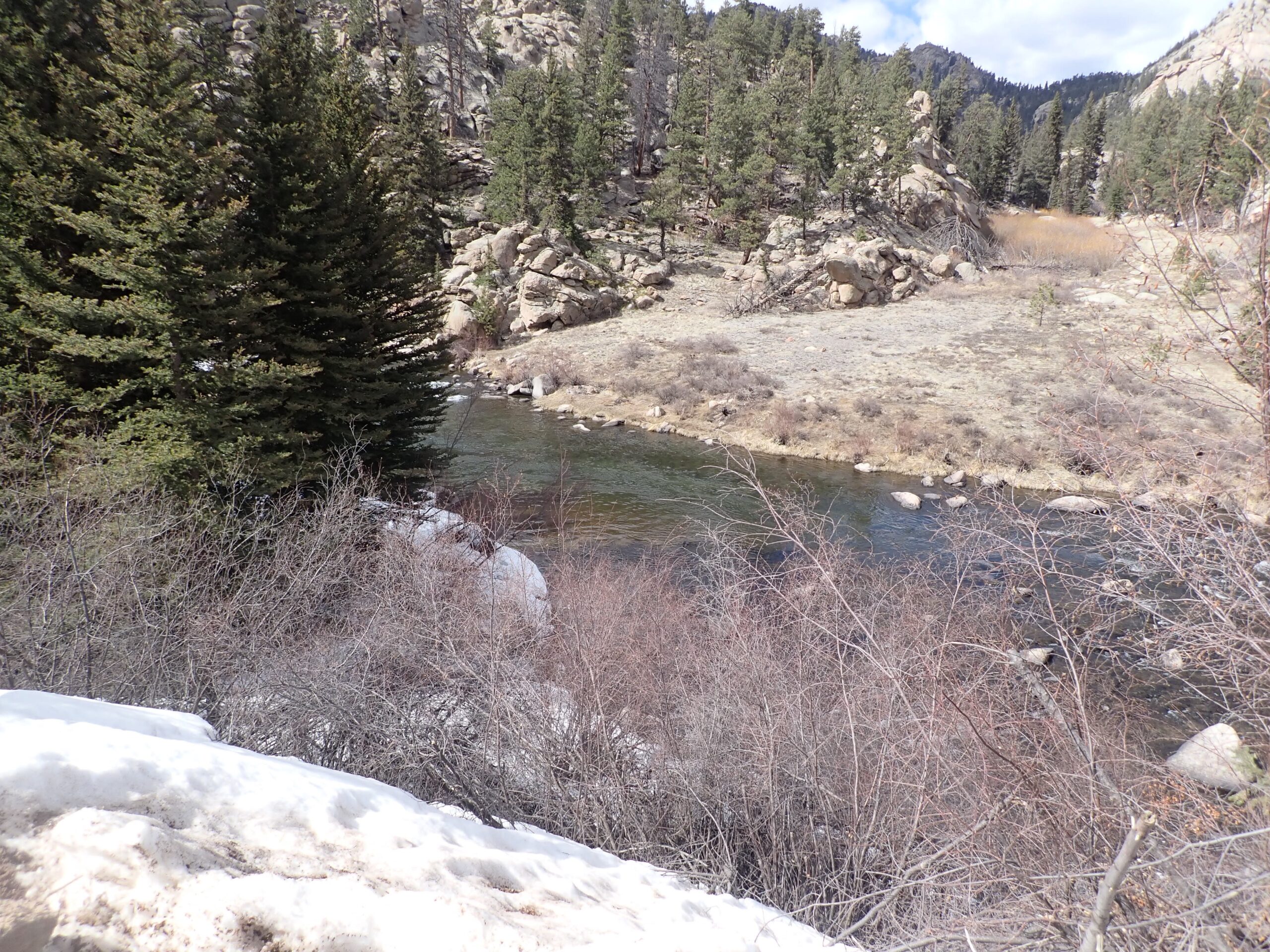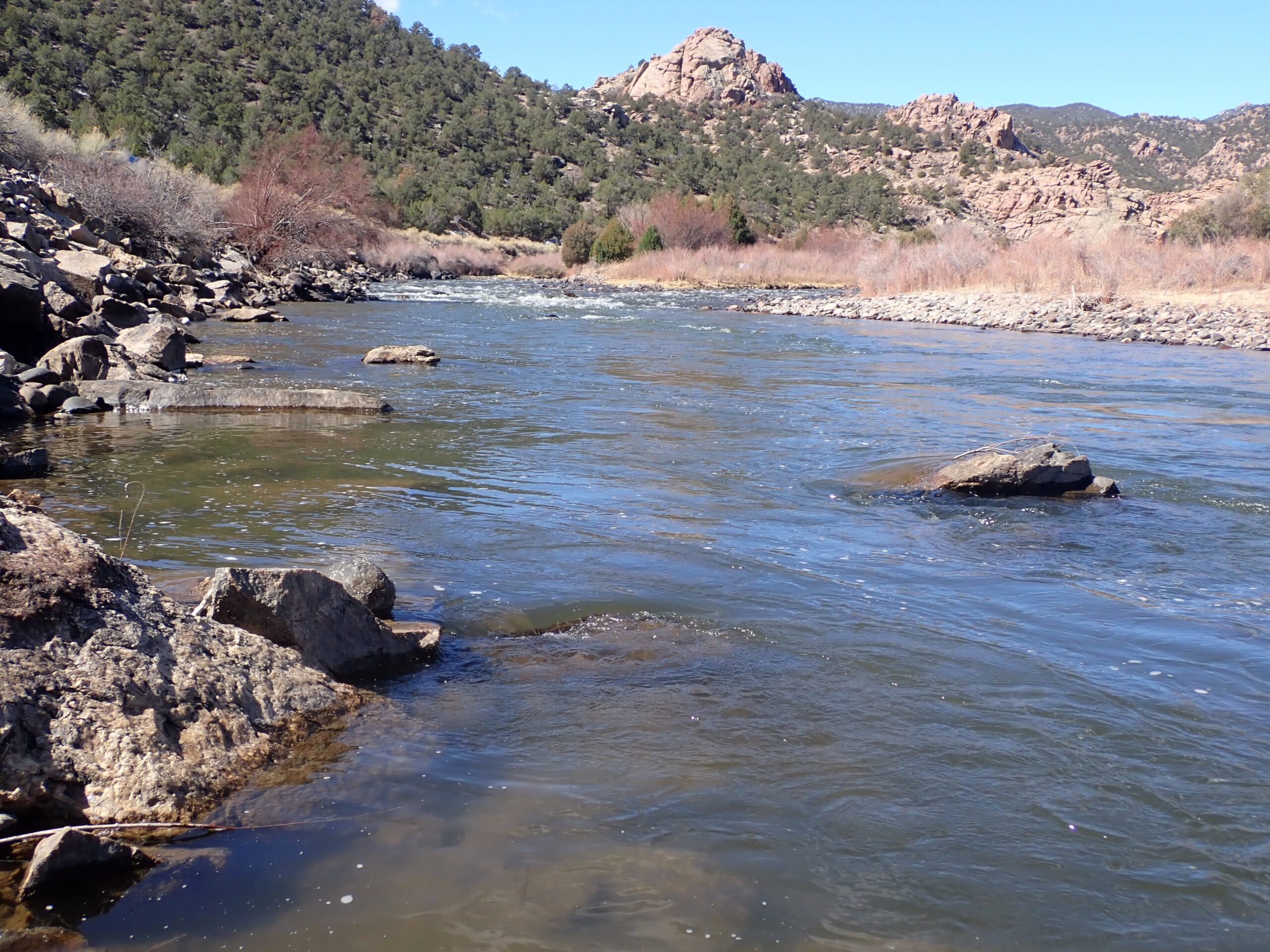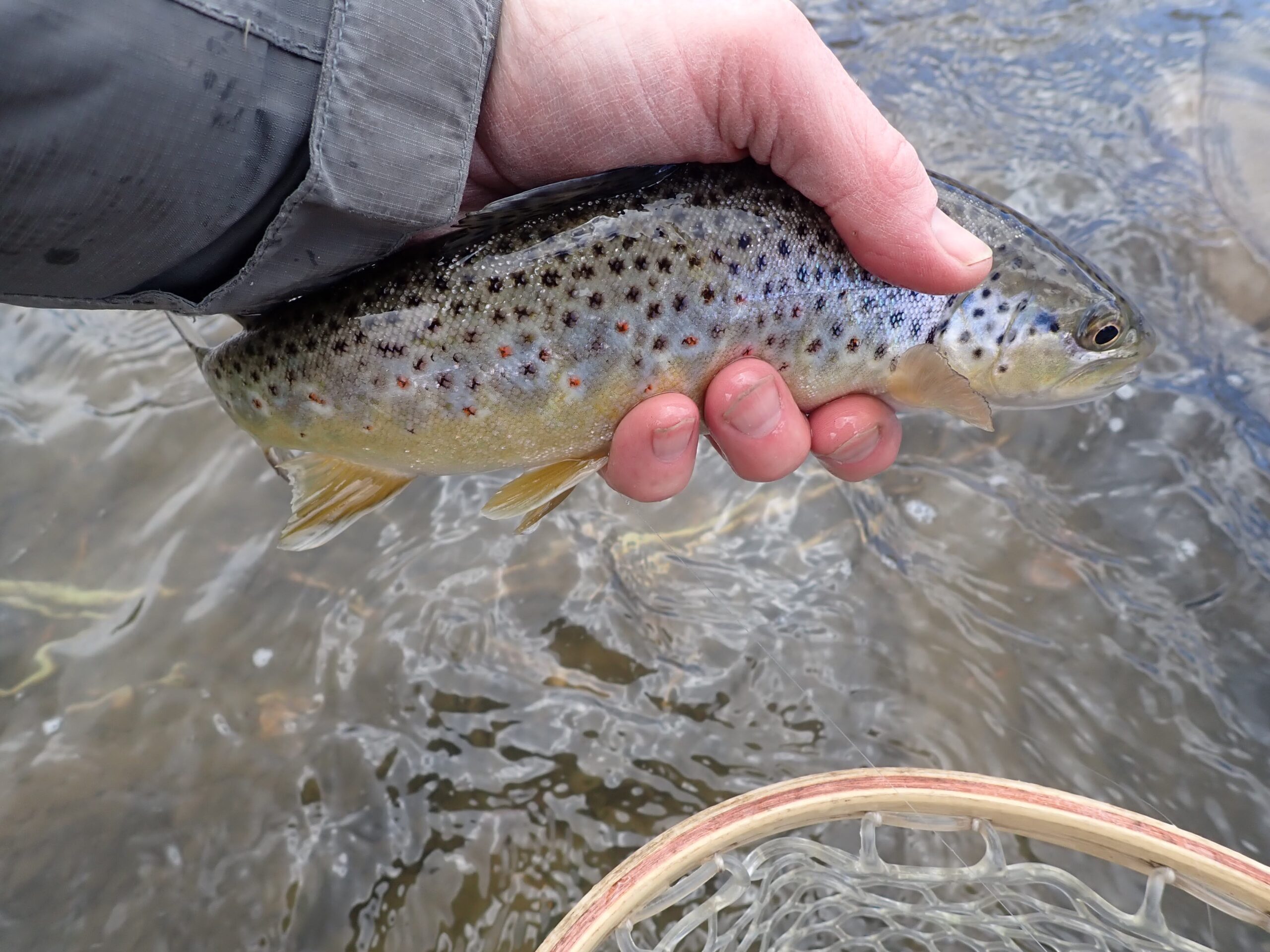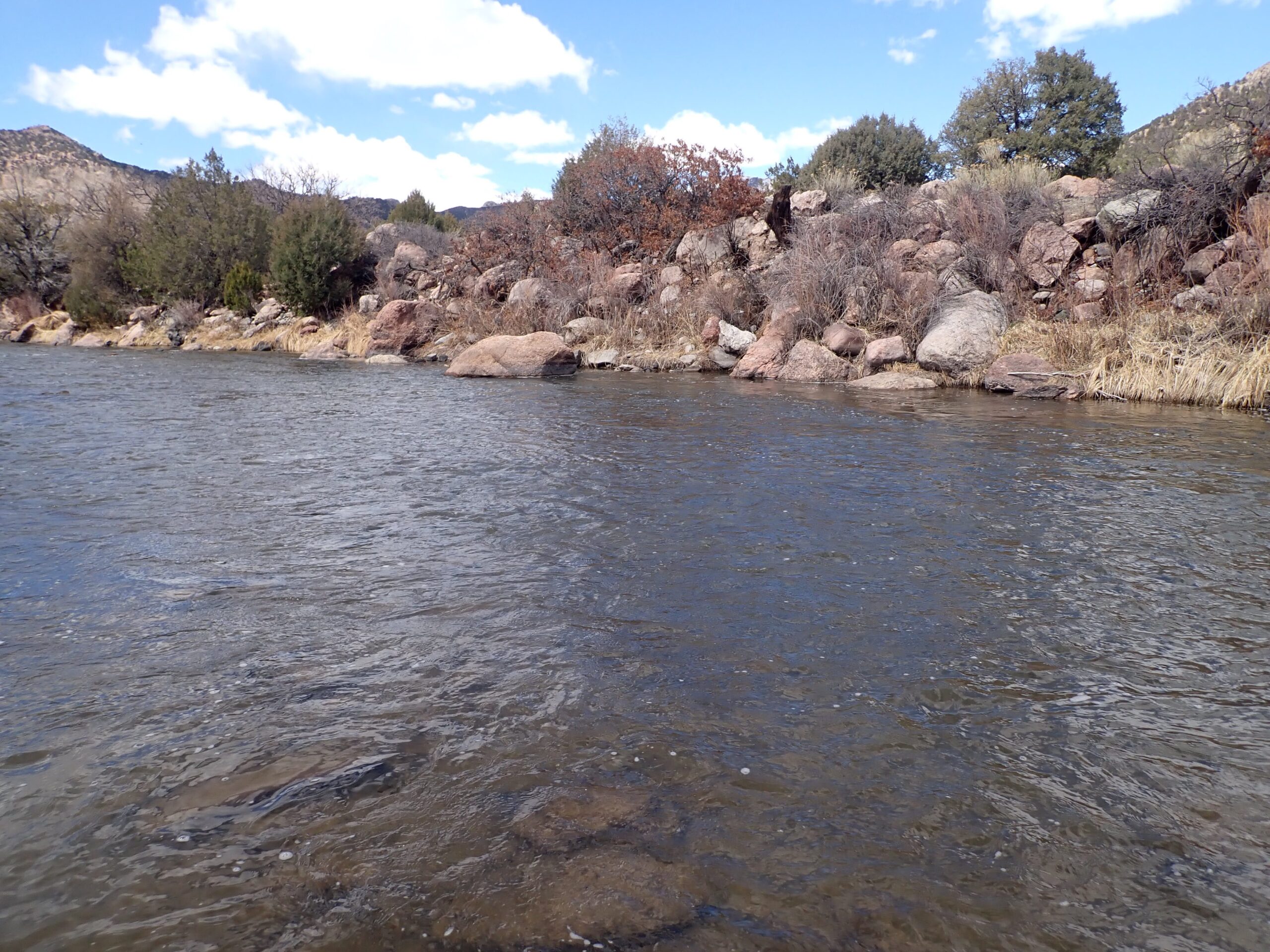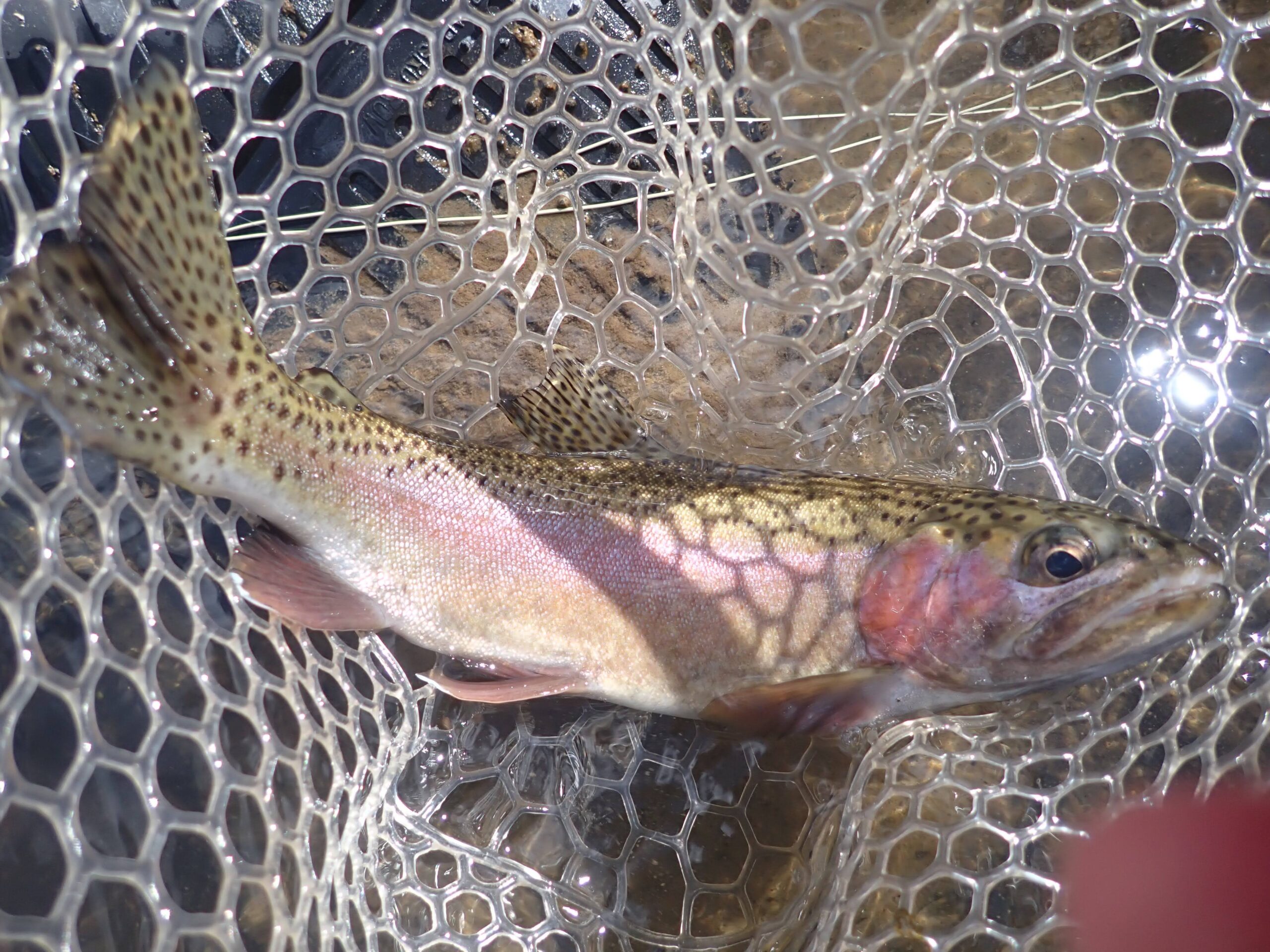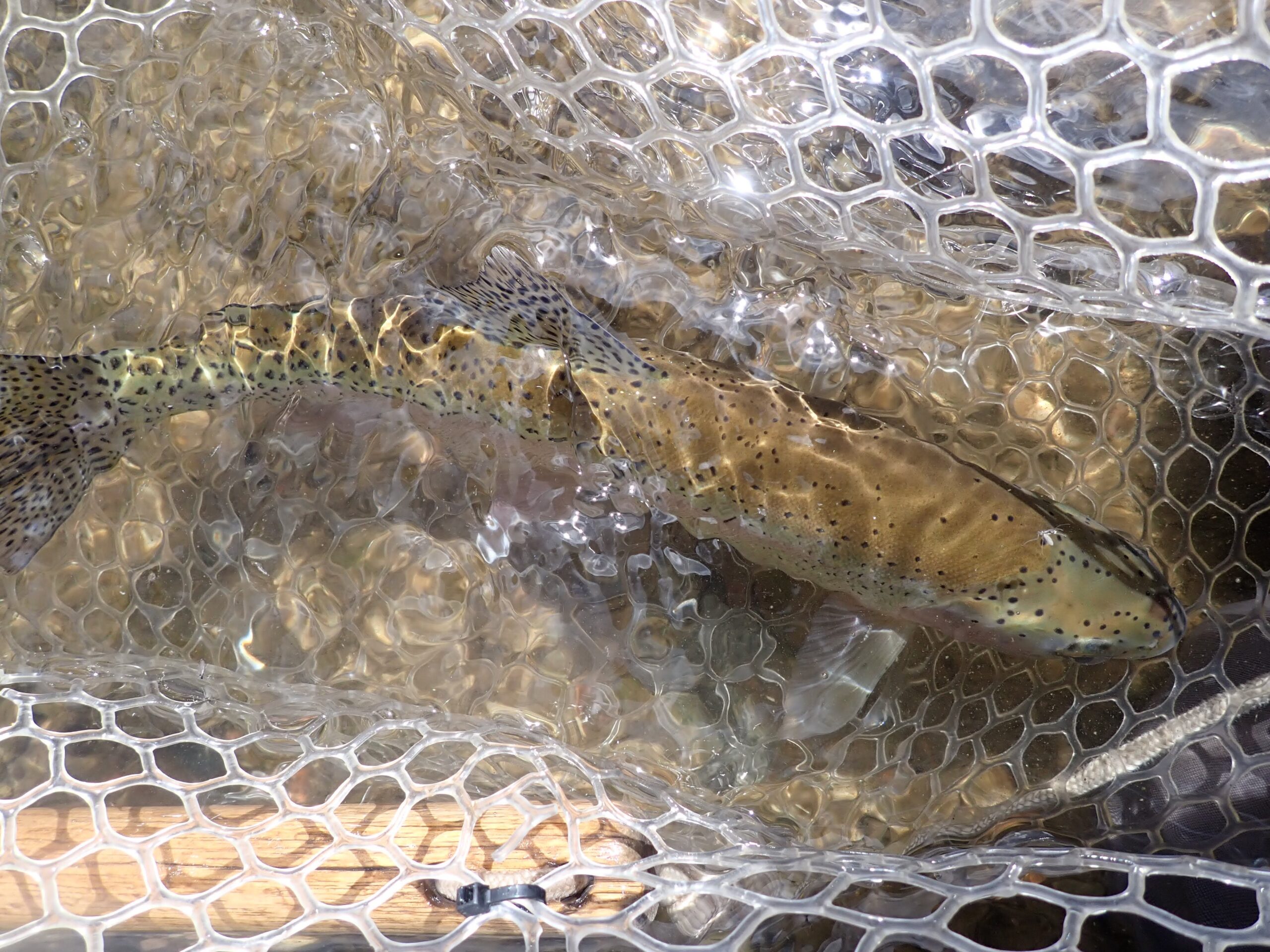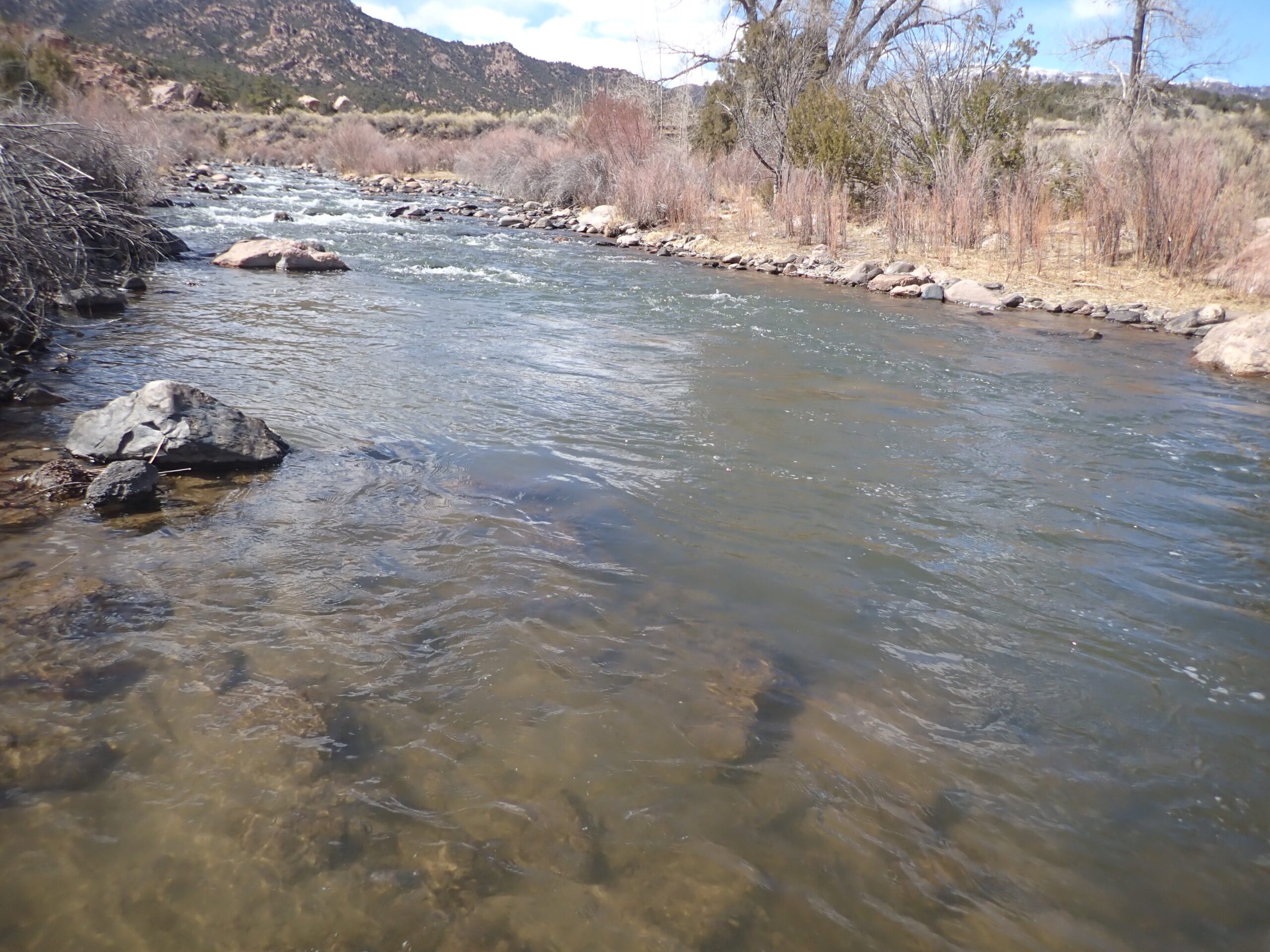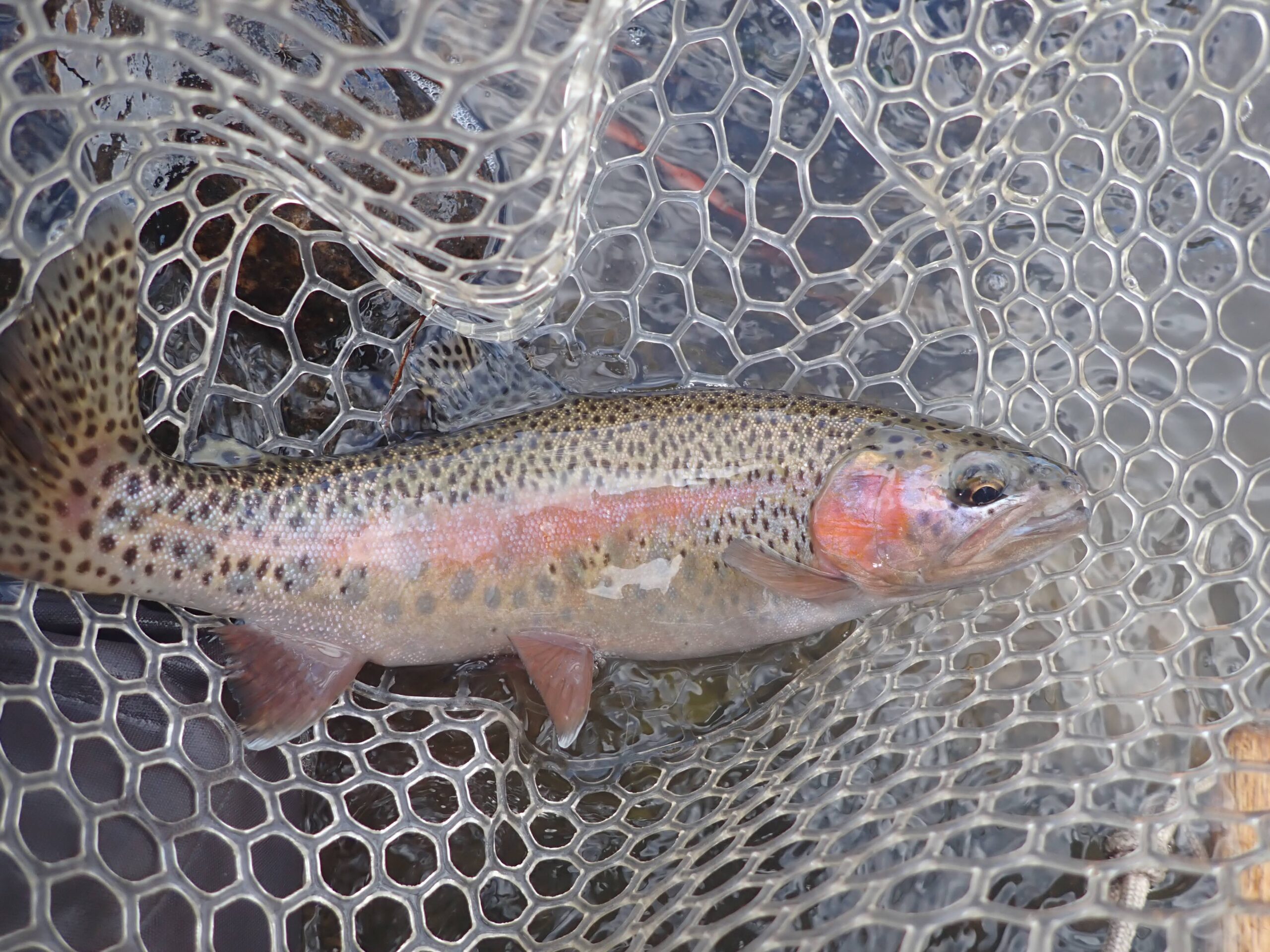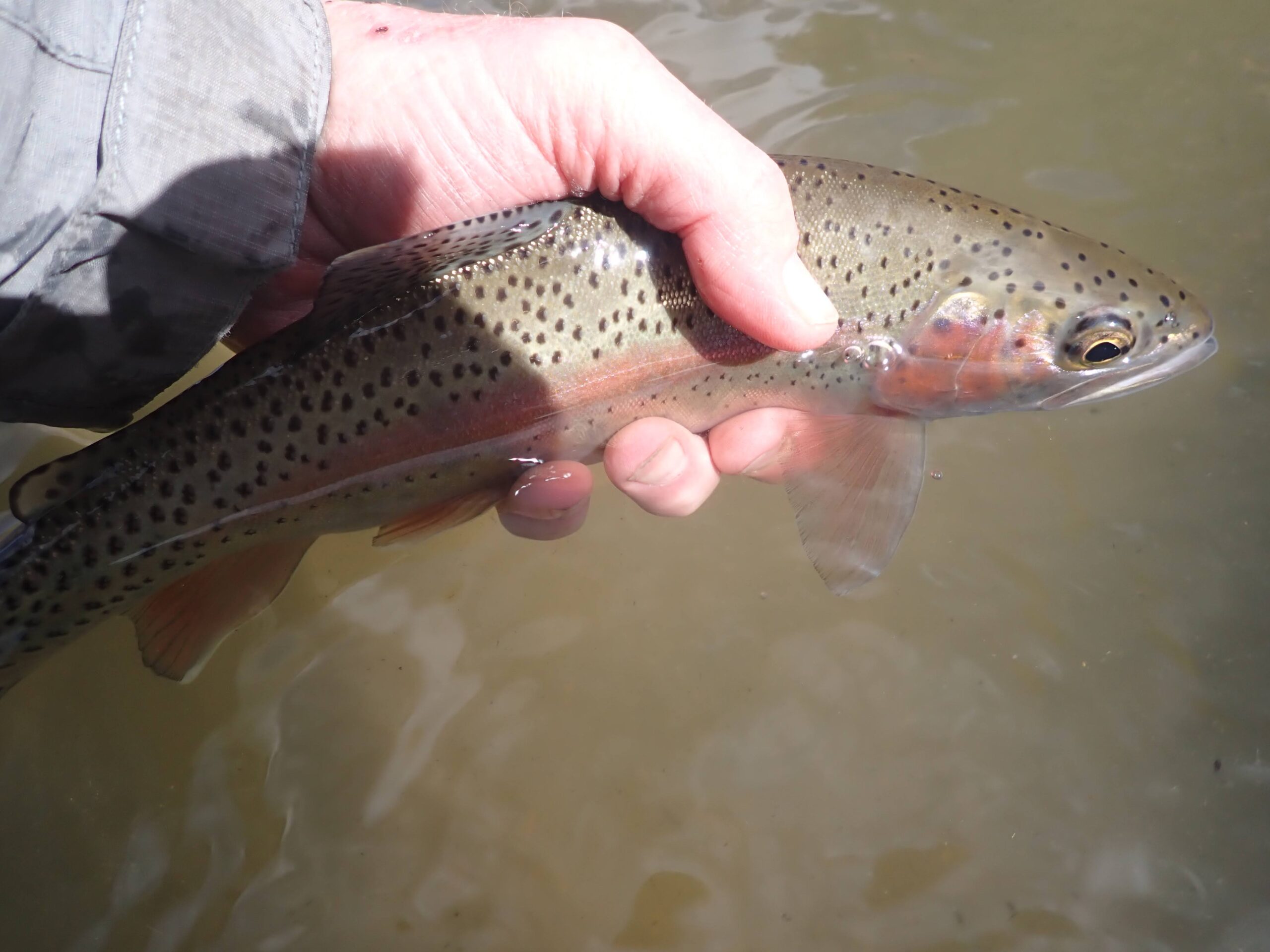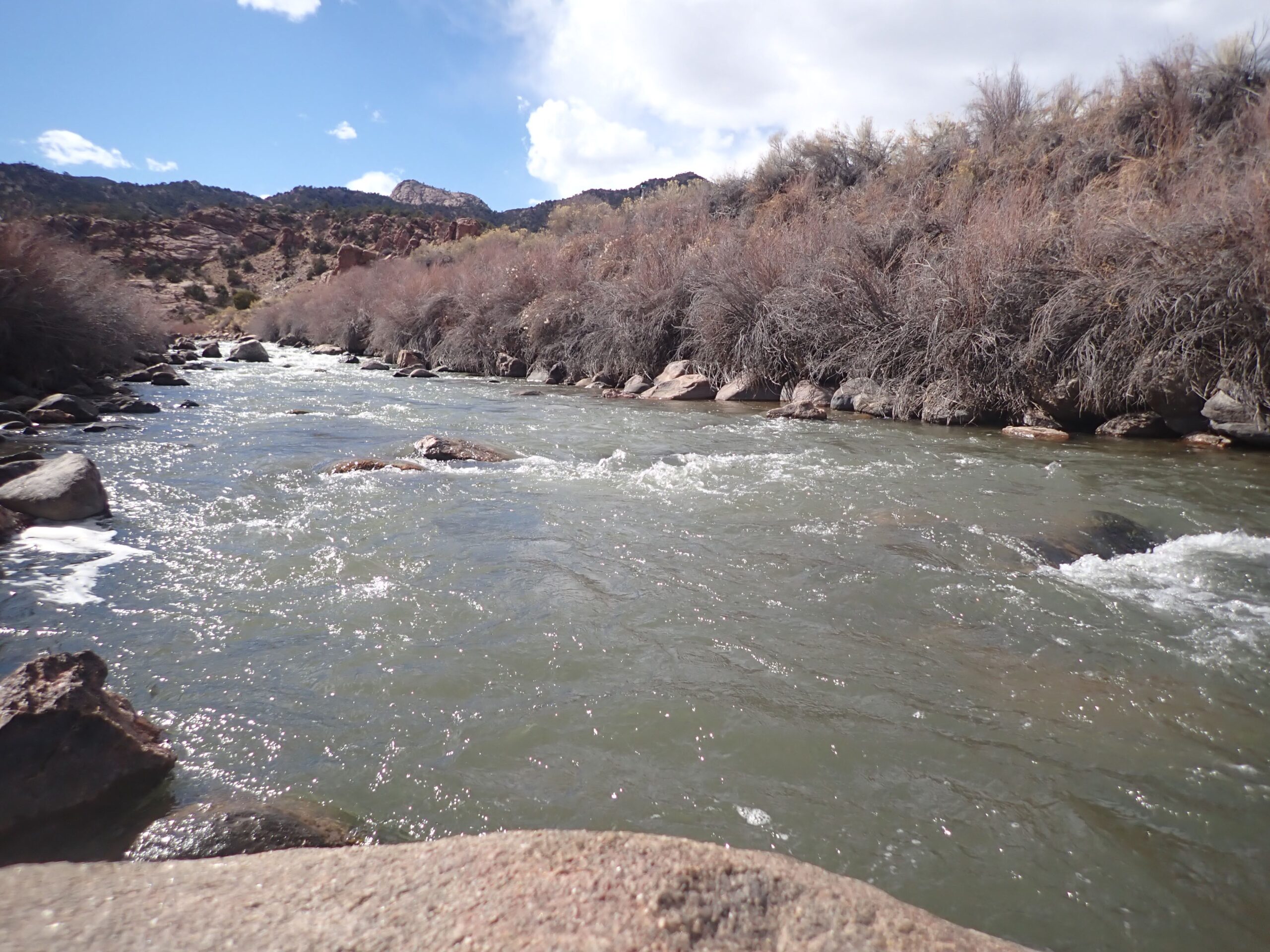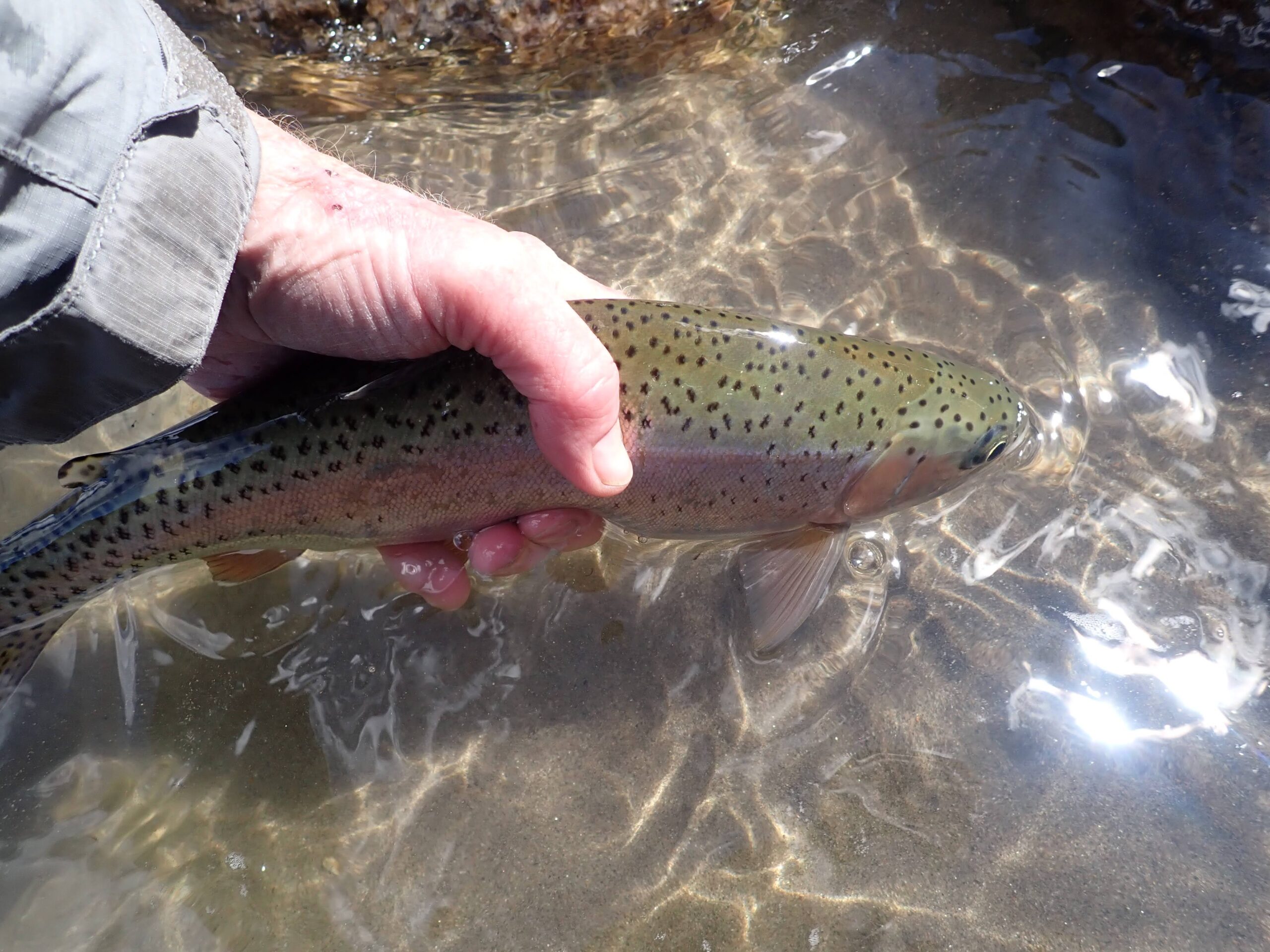Time: 1:30PM – 3:15PM
Location: Clear Creek Canyon
Clear Creek 05/01/2024 Photo Album
In order to set the stage for today’s report, I must begin with a prologue. I am a user of Instagram, and yesterday’s feed from @charliesflybox included a piece by Max about fishing with small streamers on Clear Creek. He suggested the method as an effective tactic for catching fish on small Front Range streams at this time of the year. This caught my attention.
The second part of my prologue involves my other passion, pickleball. Our favorite courts at Charles Whitlock Recreation Center were shutdown yesterday, Tuesday, as a result of an ordinance that requires courts to be more than 350 feet away from residences due to paddle noise. Yesterday was the last day that Whitlock was available, so our fun group held a party after and during pickleball competition. Jane and I transported our charcoal grill and cooked brats and hot dogs, and others chipped in with the usual picnic fare. We had a great time and bid farewell to our old friend, the Whitlock courts.
Of course, the Whitlock crew questioned each other about our new pickleball venue, and many stated that they would shift their playing time to Prospect Park. Wednesday, May 1, was our introduction to Prospect, and I decided to do a combined pickleball and fly fishing day and packed the car accordingly. After I ended my morning pickleball session, I munched my lunch on the lip of the hatchback, and then I drove to my chosen destination; nearby Bear Creek.
I usually check the DWR flows for area streams, before I commit to a destination, but Wednesday was one the few times, when I overlooked my standard practice. My rare lapse proved to be a mistake. When I pulled over in a wide pullout, I immediately strolled over to the bank to survey the stream, and I was disappointed to see high murky flows. I walked along the path for a bit, and due to the high volume of water, I concluded that the number of fish holding lies would be few, thus, requiring excessive walking and bushwhacking. Clarity was also an issue, although I suspect that it would have been acceptable in slow moving protected spots along the bank. I made a quick decision to short circuit my Bear Creek plan, and I departed for home, however, I quickly decided to detour to Clear Creek in the canyon to scout out that nearby stream. When I returned home on Wednesday after fishing, I checked the Bear Creek flows, and they were indeed elevated at 114 CFS. The graph depicted a huge jump on Saturday, which coincides with the timing of a heavy rainstorm, although I suspect that run off explains the continued rise in water three days later.
Jane and I hiked the Peak to Plains Trail on Sunday, and based on that visit, I knew that Clear Creek was flowing high and stained, but I was hopeful that three days allowed the volume to subside and clarity to improve. When I arrived, I immediately scanned the creek only to realize that the flows remained a bit high, and turbidity remained an issue. In spite of this, I decided to give it a go. I recalled the @charliesflybox Instagram piece, and I decided to commit to small streamers. The air temperature was in the low sixties, so I wore only my fishing shirt with no extra layers, and I rigged my old Sage four weight. I searched in my fishing backpack, and I retrieved my sinking tip line and reel, and I attached it to my four weight rod while dropping my four weight floating line in my backpack in case I decided to convert my method later.
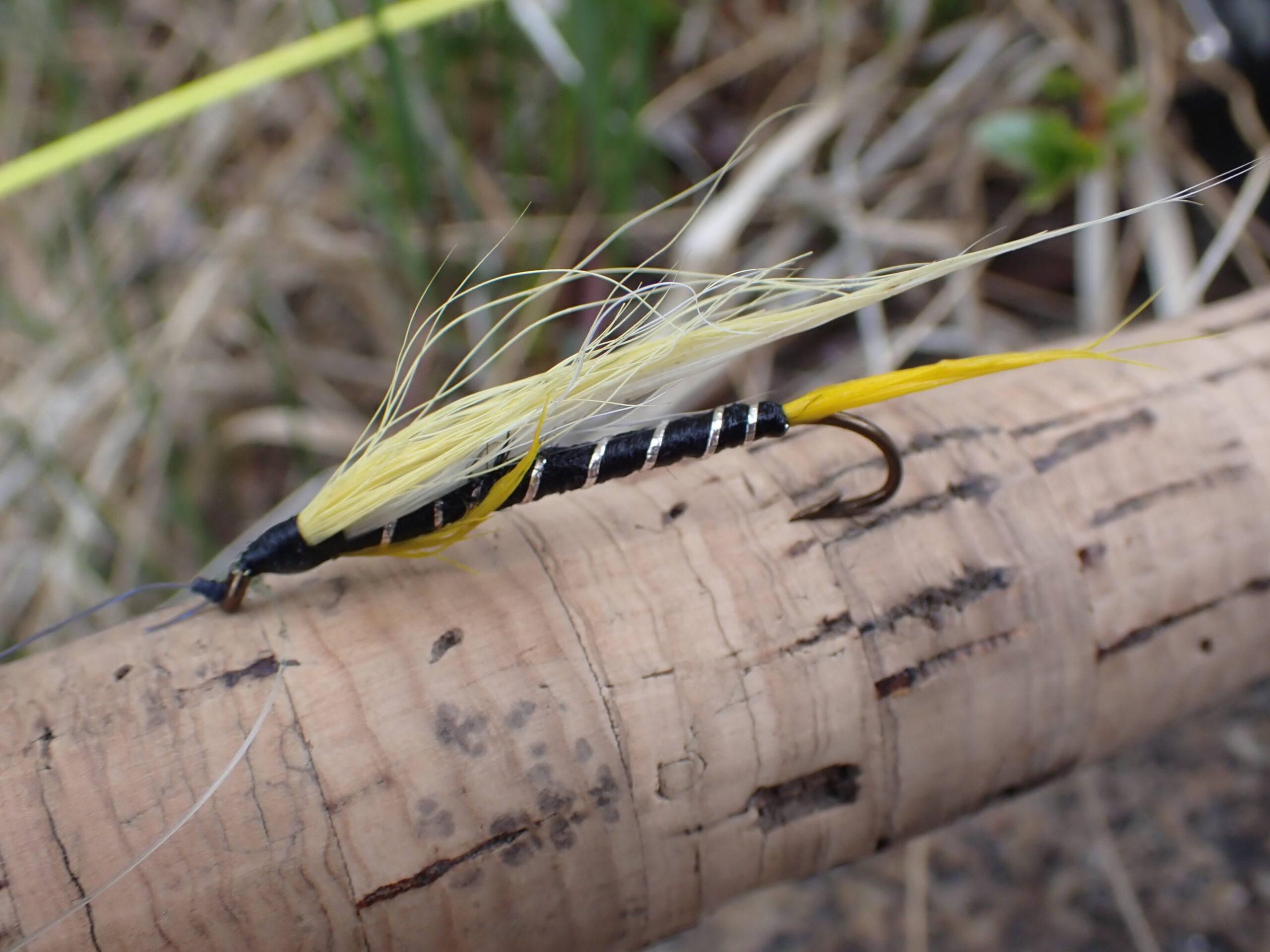 Black Ghost Was a Star Performer
Black Ghost Was a Star Performer
Once I was prepared, I crossed the highway and dropped down the steep and rocky bank to the north side of Clear Creek, and I began to fire long casts and roll casts to the slow moving shelf pool on the opposite side of the stream. My initial fly choice was a black ghost, and I trailed a go2 caddis pupa on an eighteen inch tippet from the eye of the streamer. I was unable to generate strikes or follows, but it was difficult to get swings of any depth due to the strong current pulsing down the center of the creek between me and the flies. After ten minutes, I was quite chilled, as a strong cool breeze swept down the canyon, so I retraced my steps to the car, and I added my fleece hoodie and a rain shell. Some gray clouds were building in the western sky, and I deemed it prudent to have rain protection.
When I returned to the creek, I crossed the footbridge and followed the Peak to Plains Trail a short distance, until there was a break in the fence, where I could safely descend to the south bank of Clear Creek. I was now perched next to the soft shelf pool, that I was attempting to reach from the other side. I began looping upstream casts, three-quarters casts, and across and down casts; as I concentrated on working the streamer through the slower moving water above and below me. I altered the speed and depth of my retrieve, and I was pleasantly surprised to feel a bump. I persisted and eventually felt a smack and hooked a nice ten inch rainbow trout with a black ghost in its lip.
For the next 1.5 hours this game continued, and I landed three trout in total. As I just mentioned, the first was a rainbow, and the next two were small brown trout. All three grabbed the black ghost, and I discovered that the most effective offering was to allow the flies to swing below me and then pause and then strip and pause and strip and pause. In addition to the landed trout, I connected briefly with two more fish, and I felt a couple additional bumps.
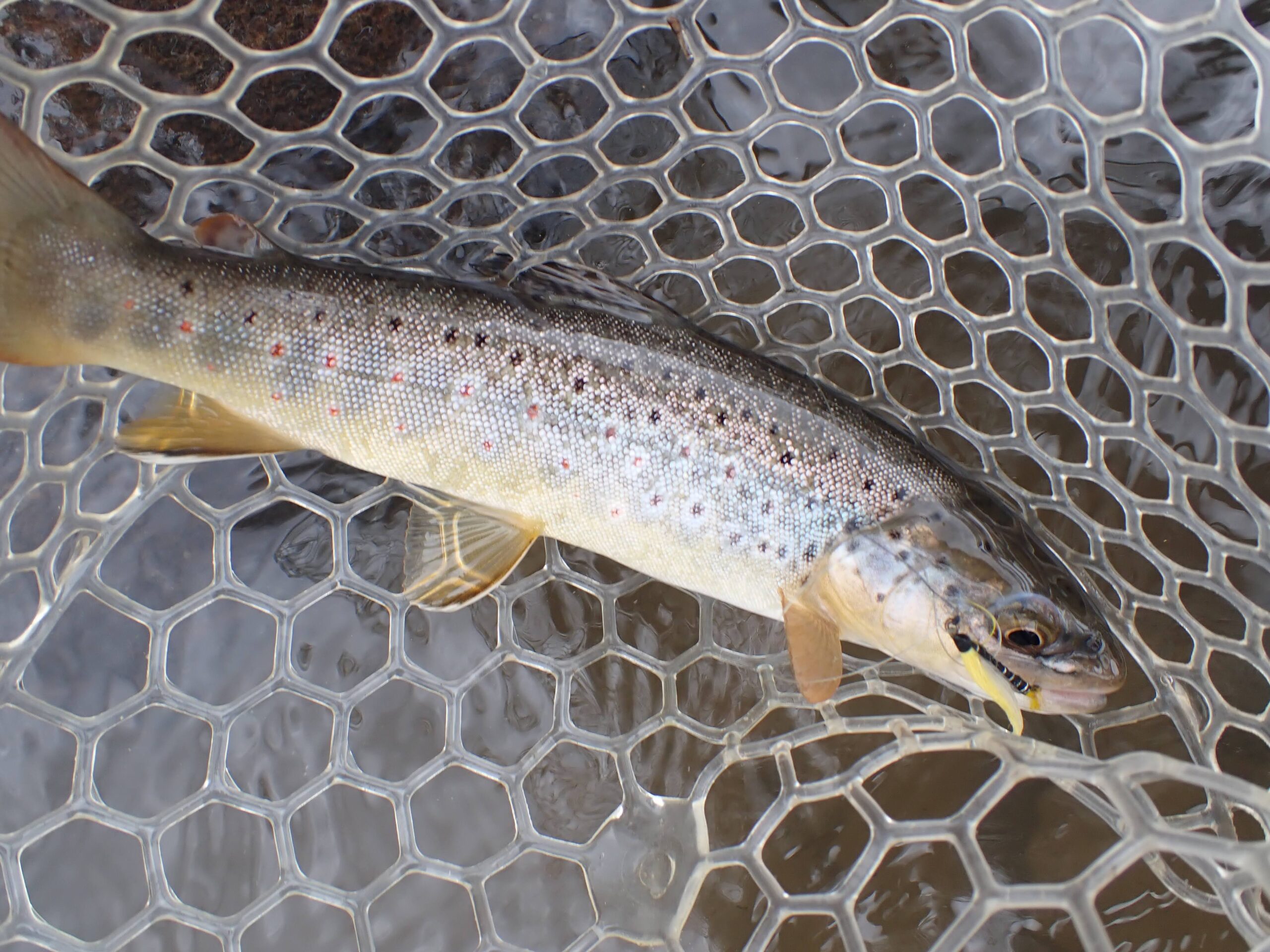 Brown Trout Like Black Ghosts Too
Brown Trout Like Black Ghosts Too
The last thirty minutes were fruitless, and I feel the lack of decent holding water was the culprit. I encountered a few relatively nice slower moving sections below large bankside rocks, but the problem was the thick willows along the bank. I was forced to wade along the edge, and I suspect that I scared the fish in the lower portions of the targeted areas. My early success came from the lower sections of the shelf pools, when I dangled and stripped the fly back along the stream edge. If I try this approach again, I will fish downstream, and thus avoid the the spooking situation.
Remembering Max’s advice saved my day, and I managed to land three trout, but it was definitely a learning experience, and I look forward to more experimentation with streamers in the early run off season.
Fish Landed: 3

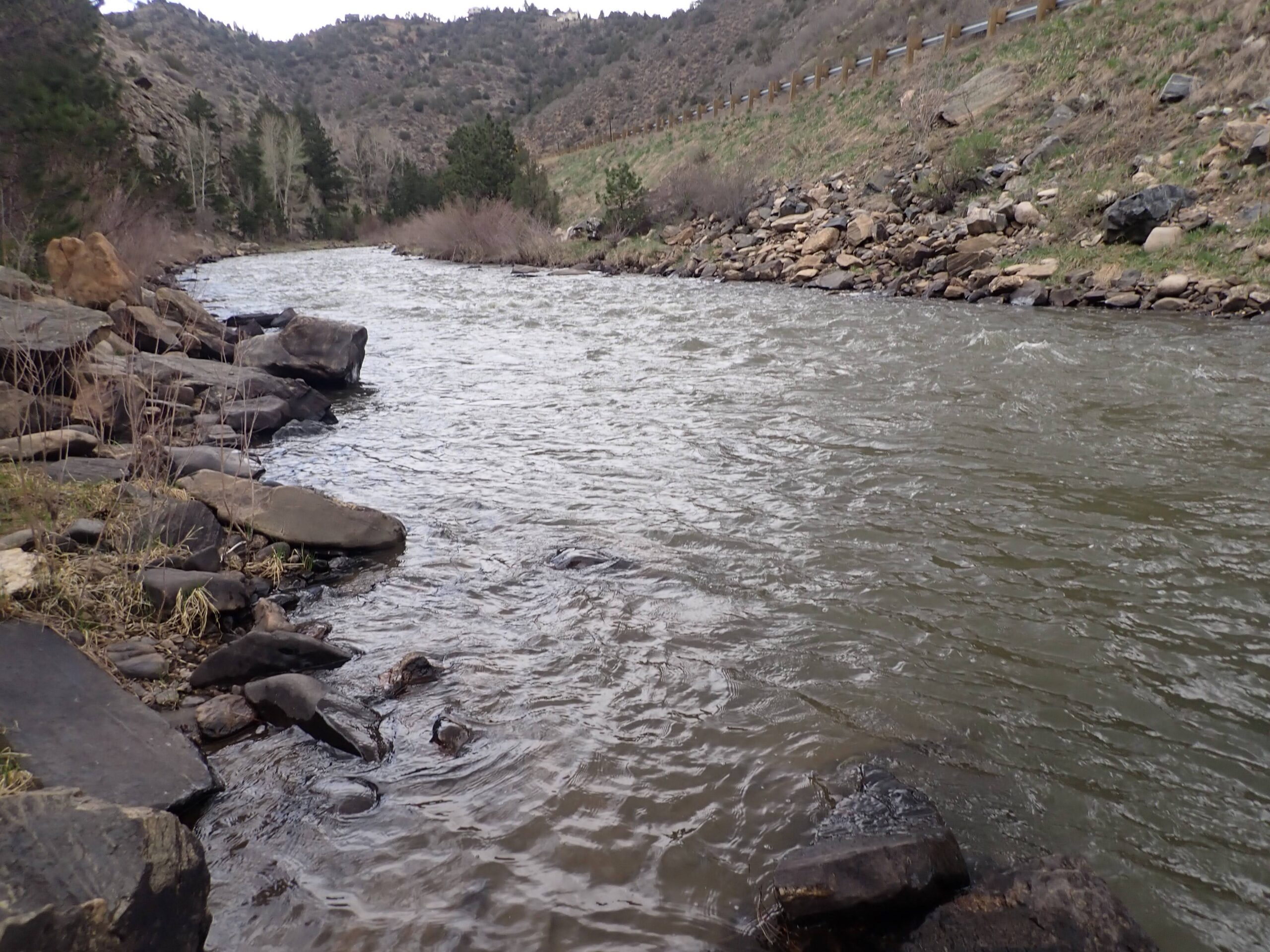 Rainbow Home
Rainbow Home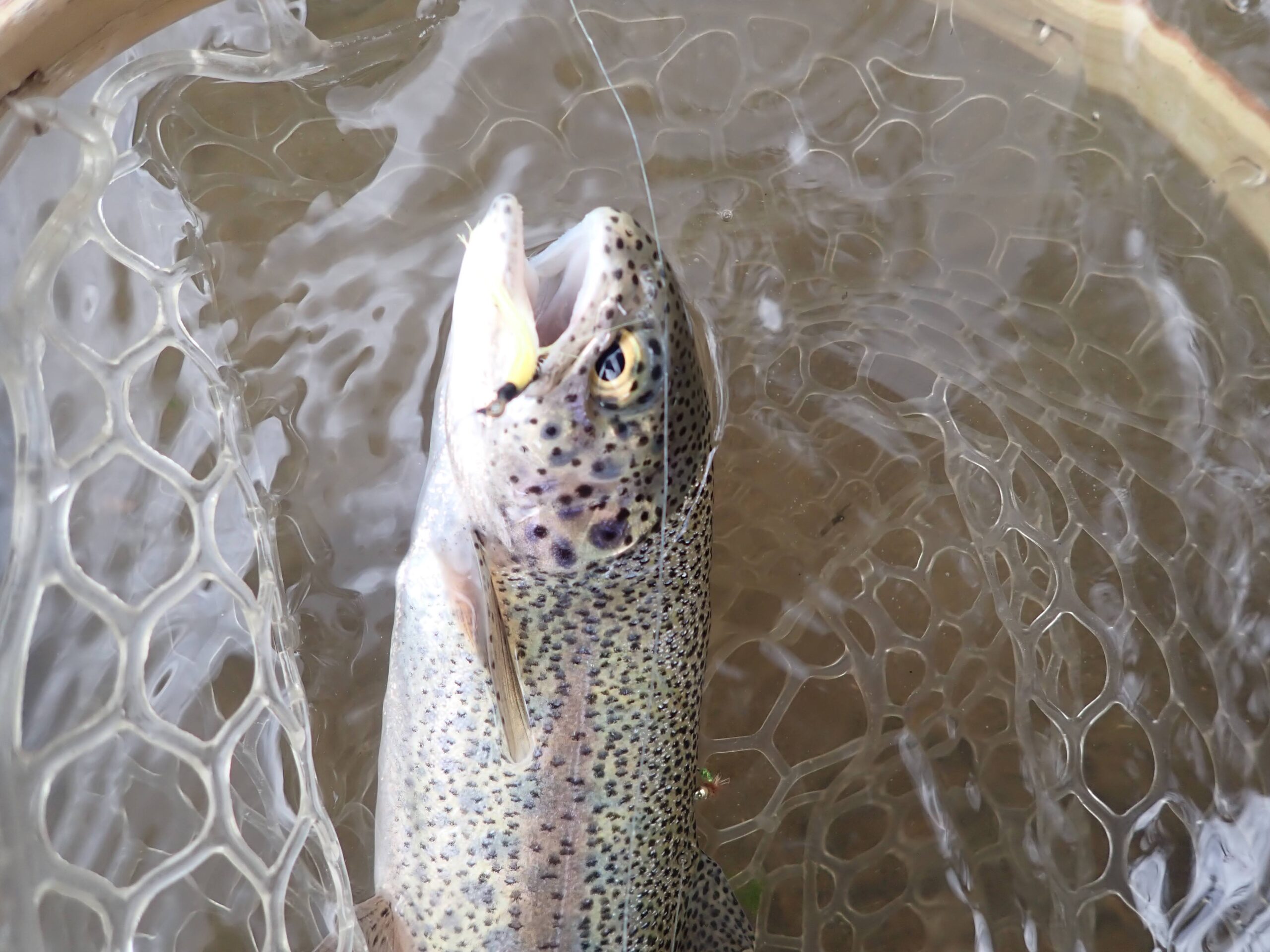 Head Shot with Black Ghost
Head Shot with Black Ghost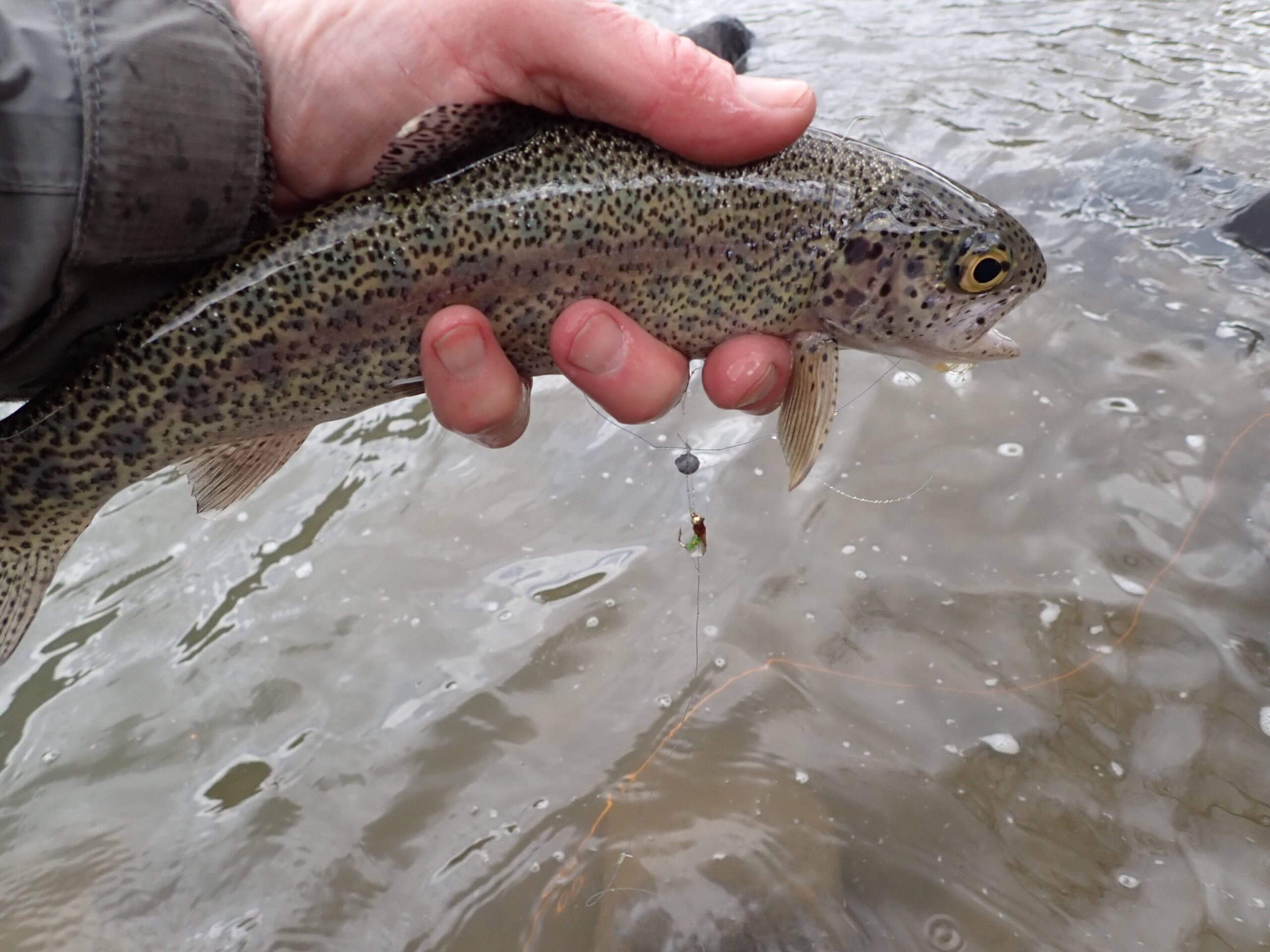 Rainbow Stretched Out
Rainbow Stretched Out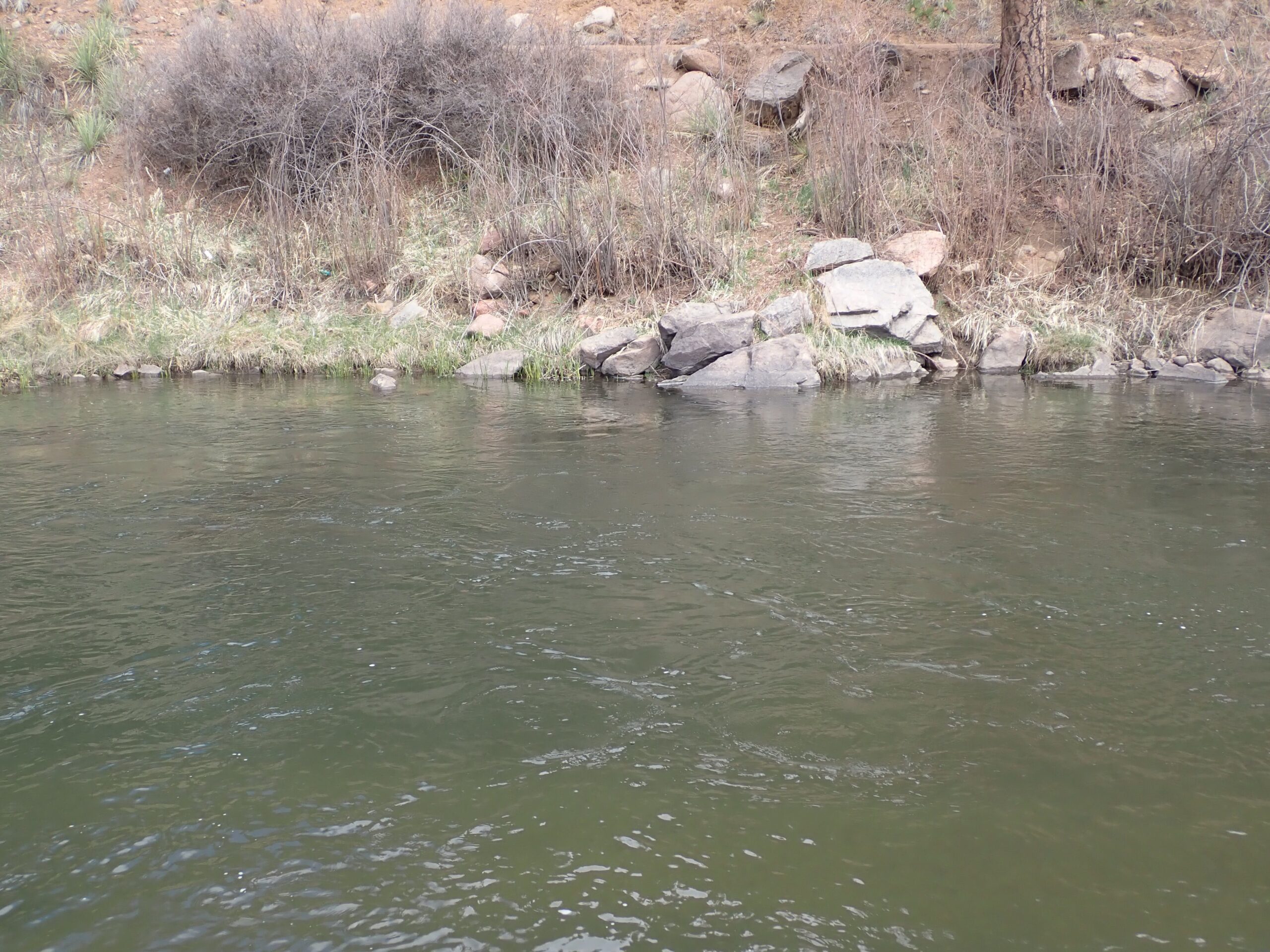 Scene of a Couple Rises
Scene of a Couple Rises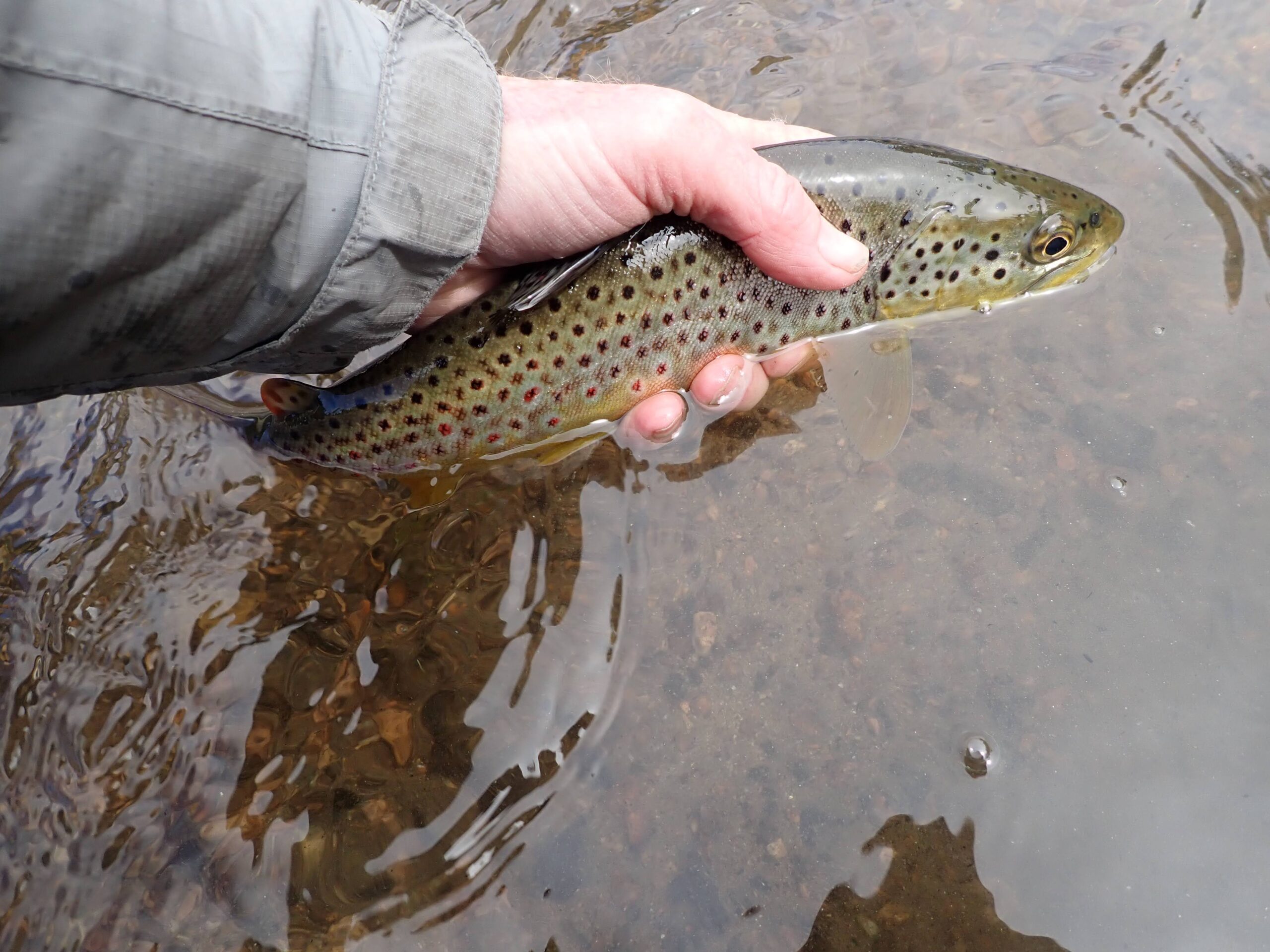 First Trout Was a Brown
First Trout Was a Brown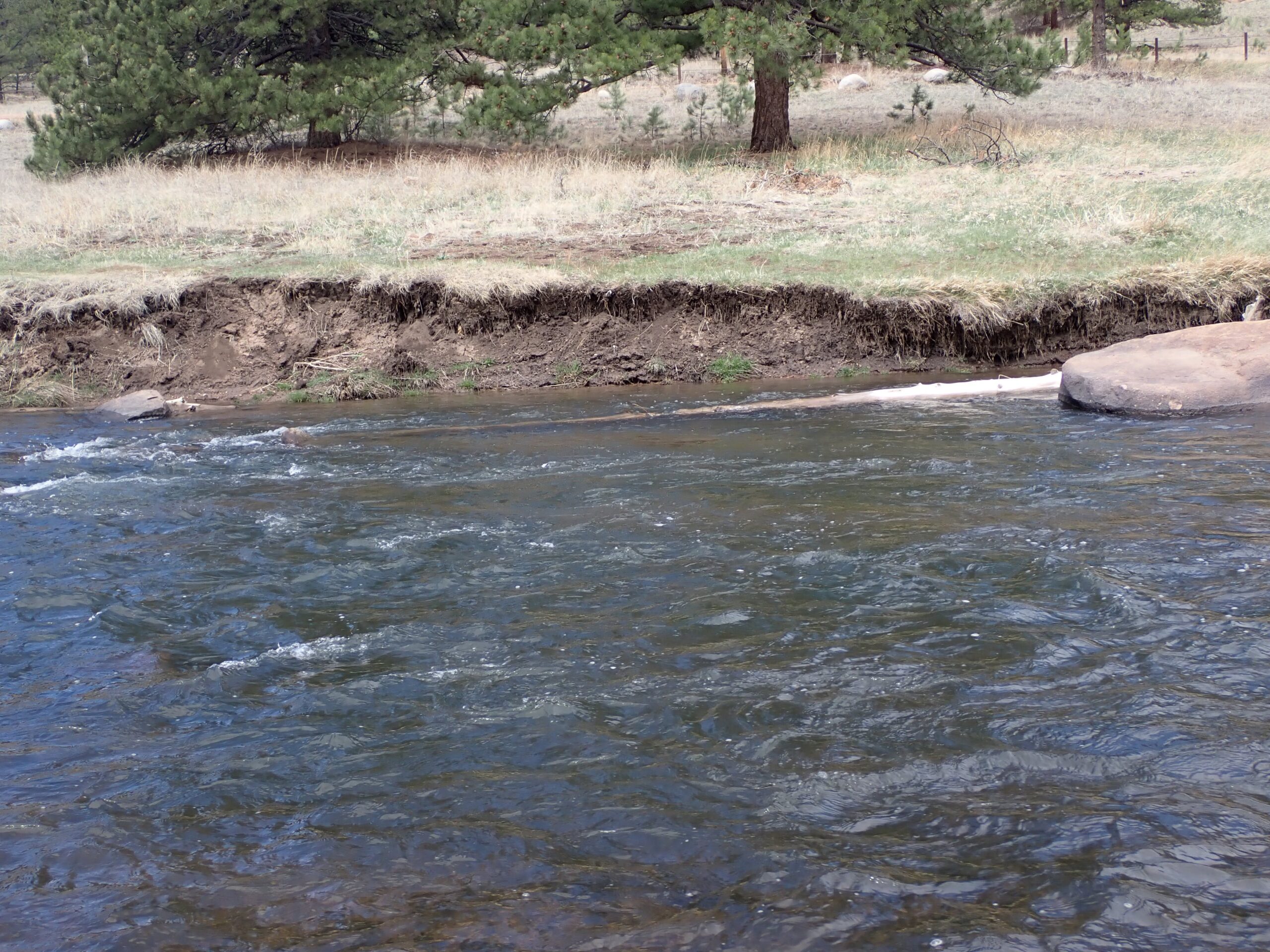 Home of the Wild Brown Next to the Log
Home of the Wild Brown Next to the Log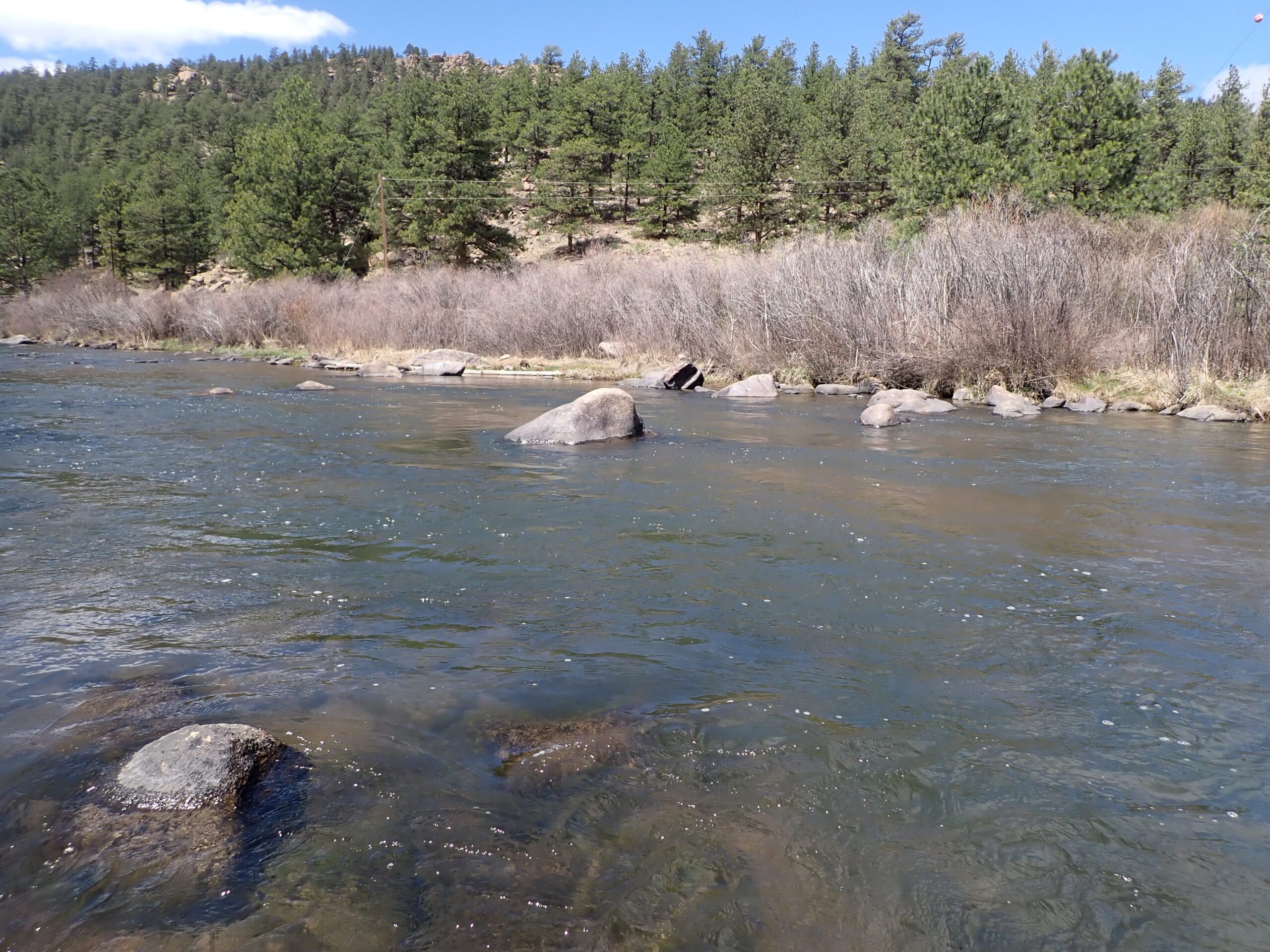 Type of Water Where I Was Swinging and Lifting
Type of Water Where I Was Swinging and Lifting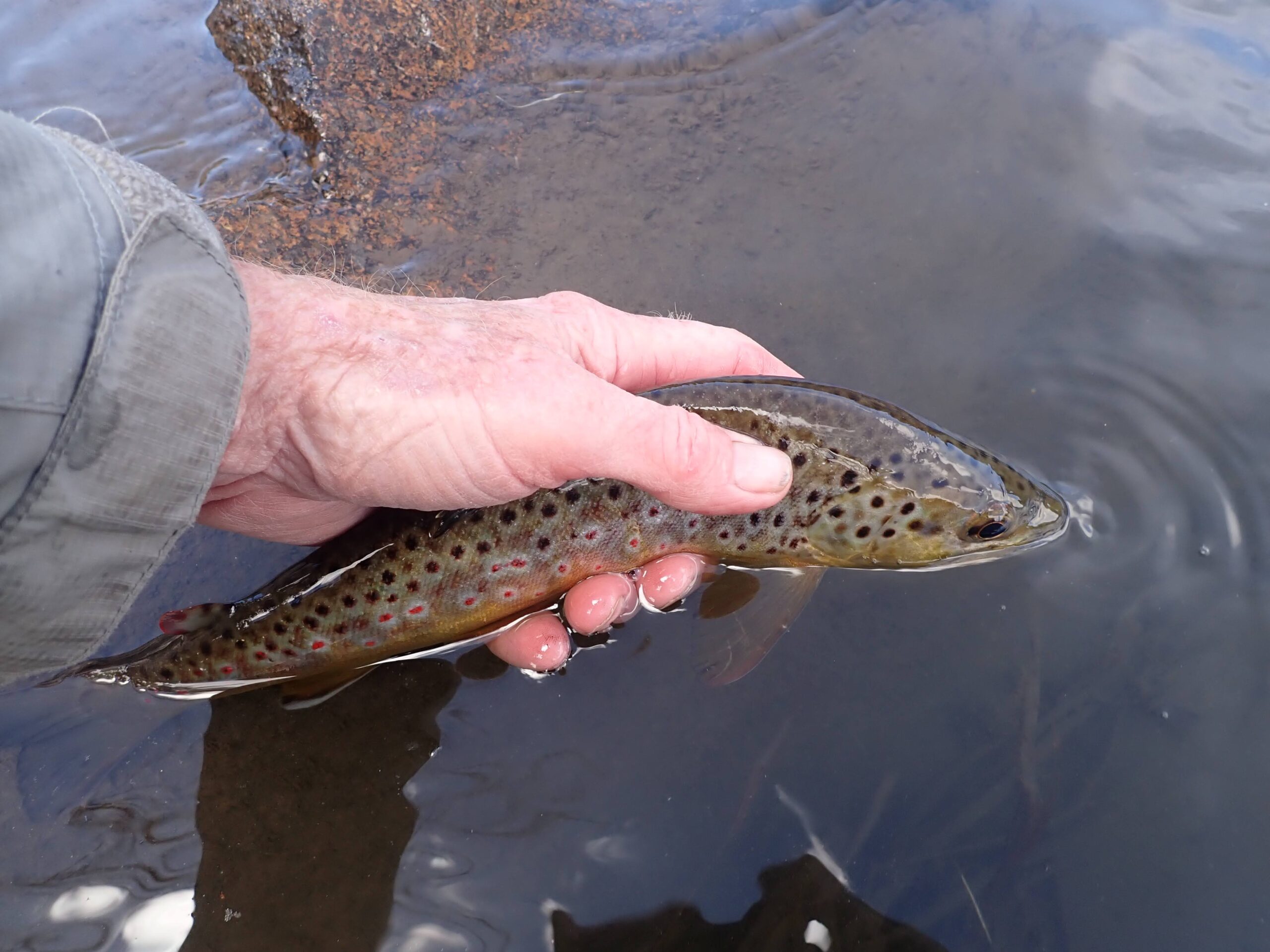 Took 20 Incher on the Swing
Took 20 Incher on the Swing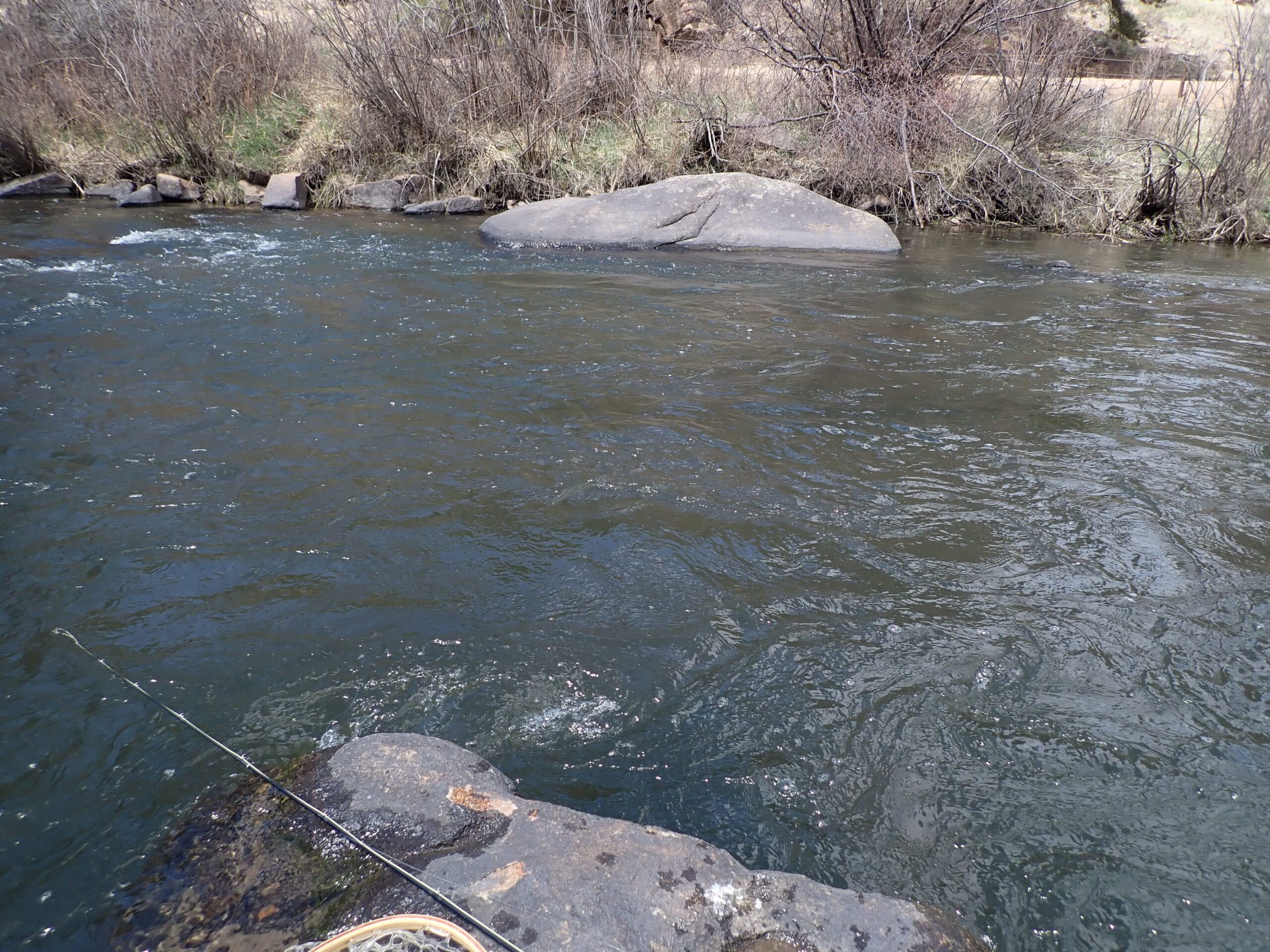 Area Where I First Noticed the Hatch
Area Where I First Noticed the Hatch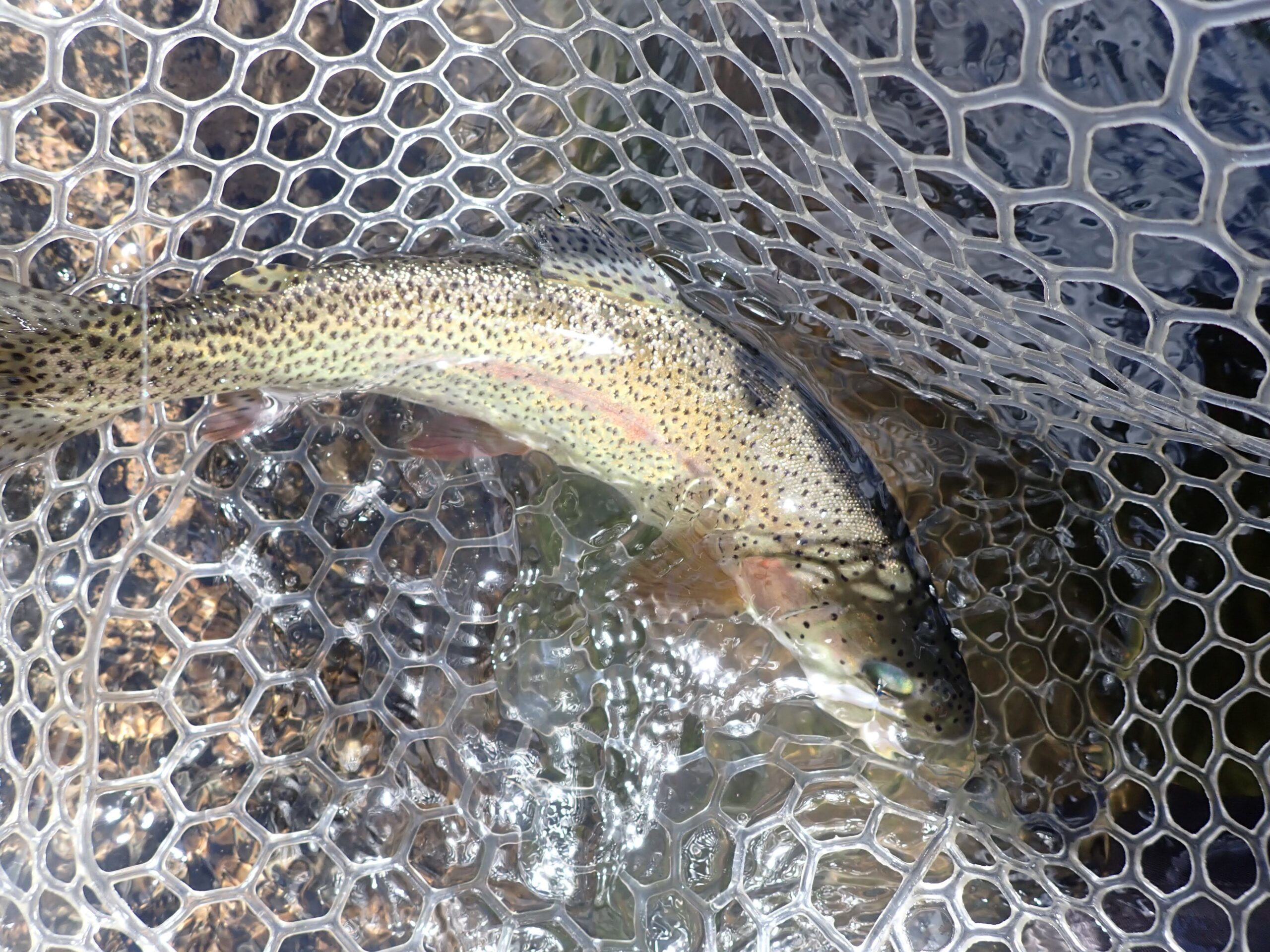 An Early Dry Fly Eater
An Early Dry Fly Eater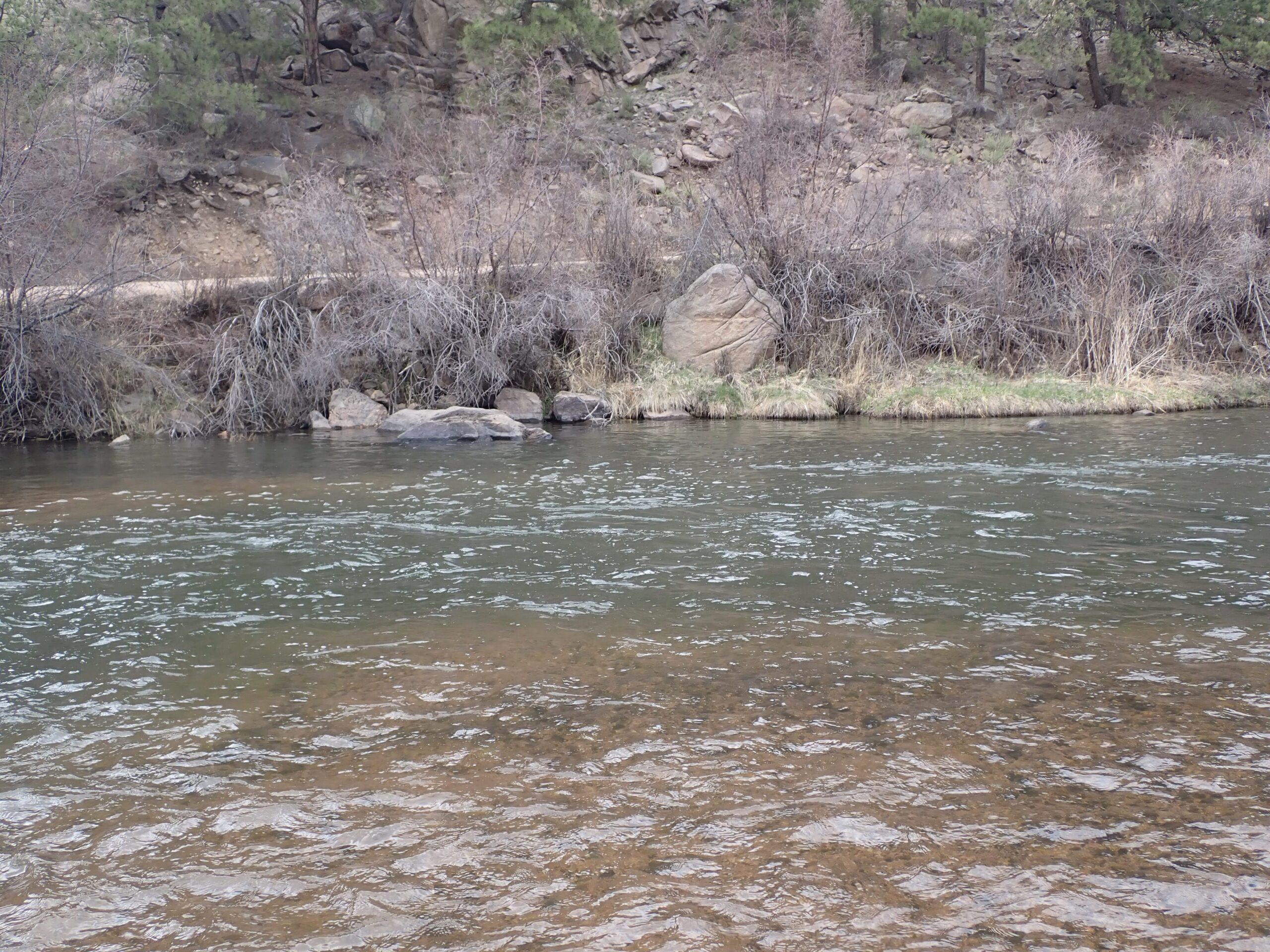 Most of My Dry Fly Action Was Here
Most of My Dry Fly Action Was Here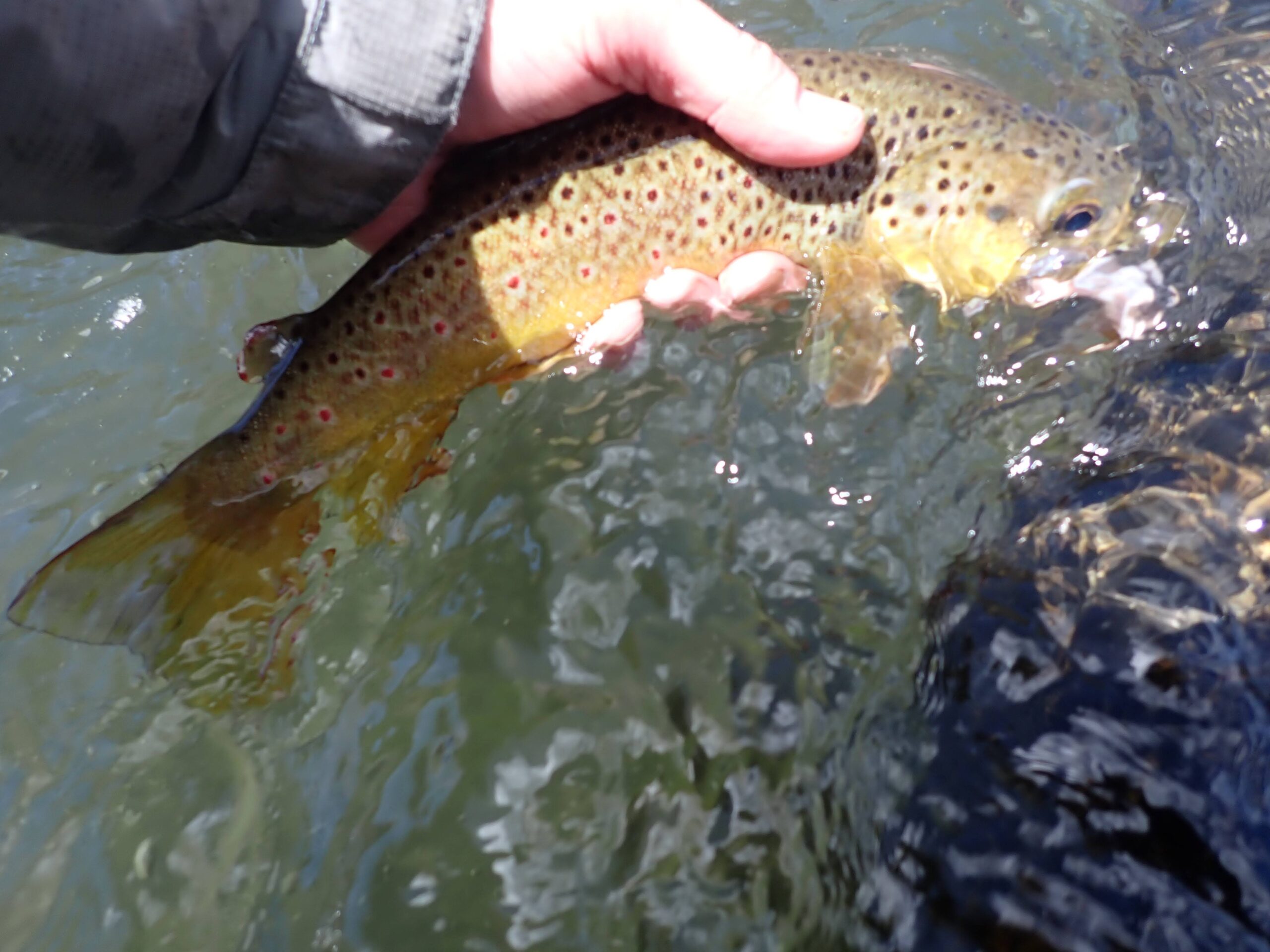 A Fine Wild Brown Trout
A Fine Wild Brown Trout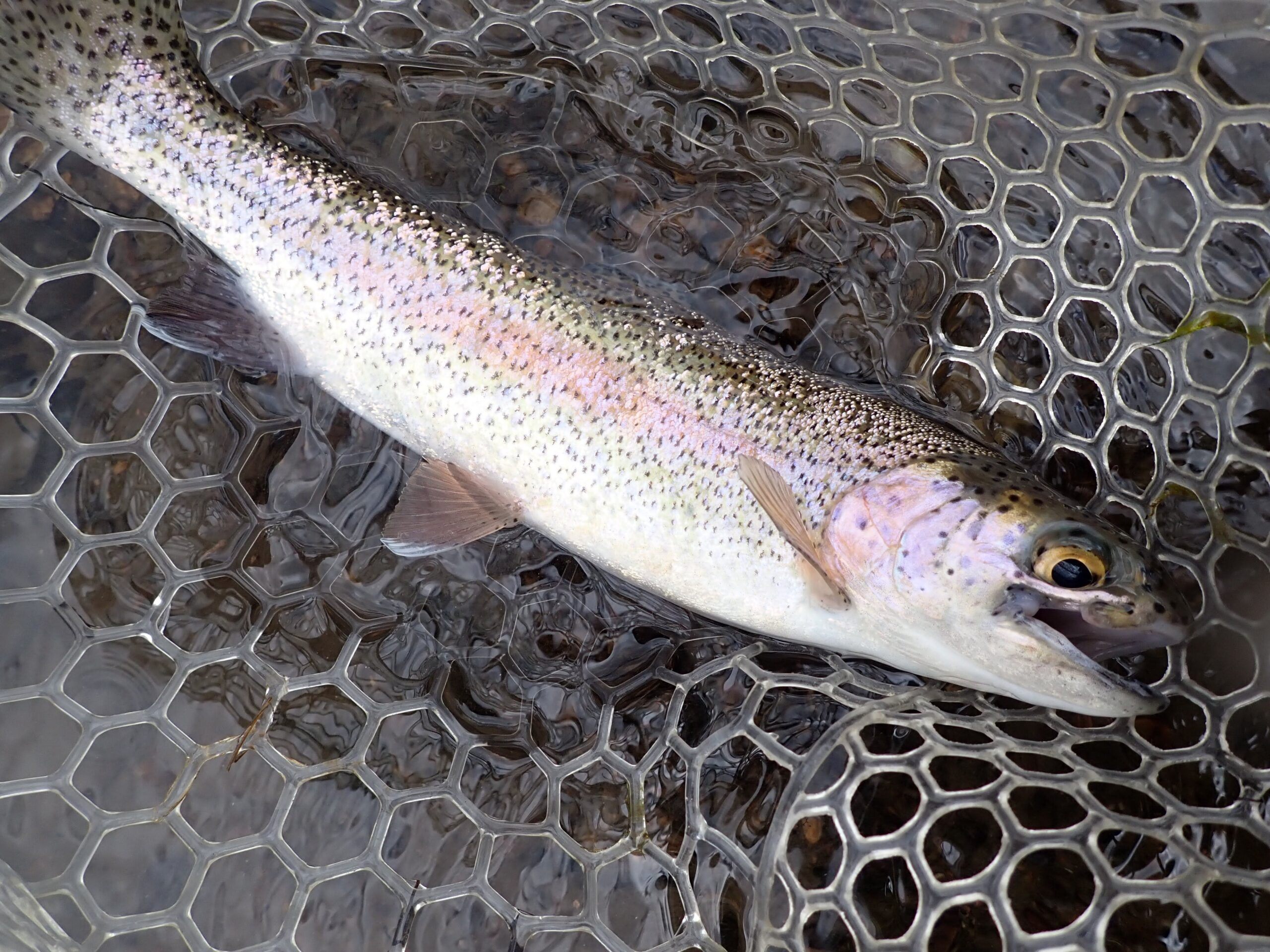 Hatch Feeder
Hatch Feeder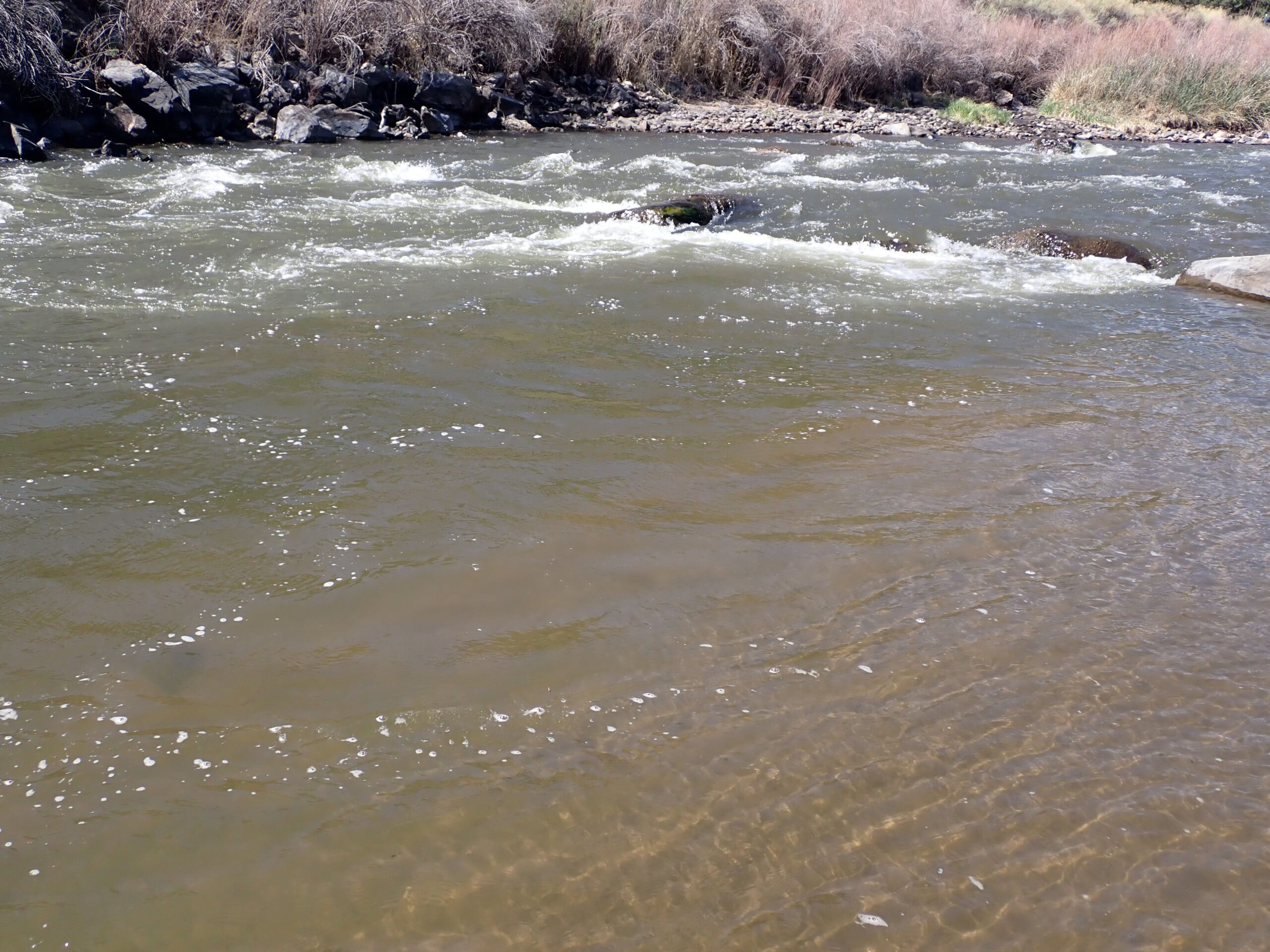
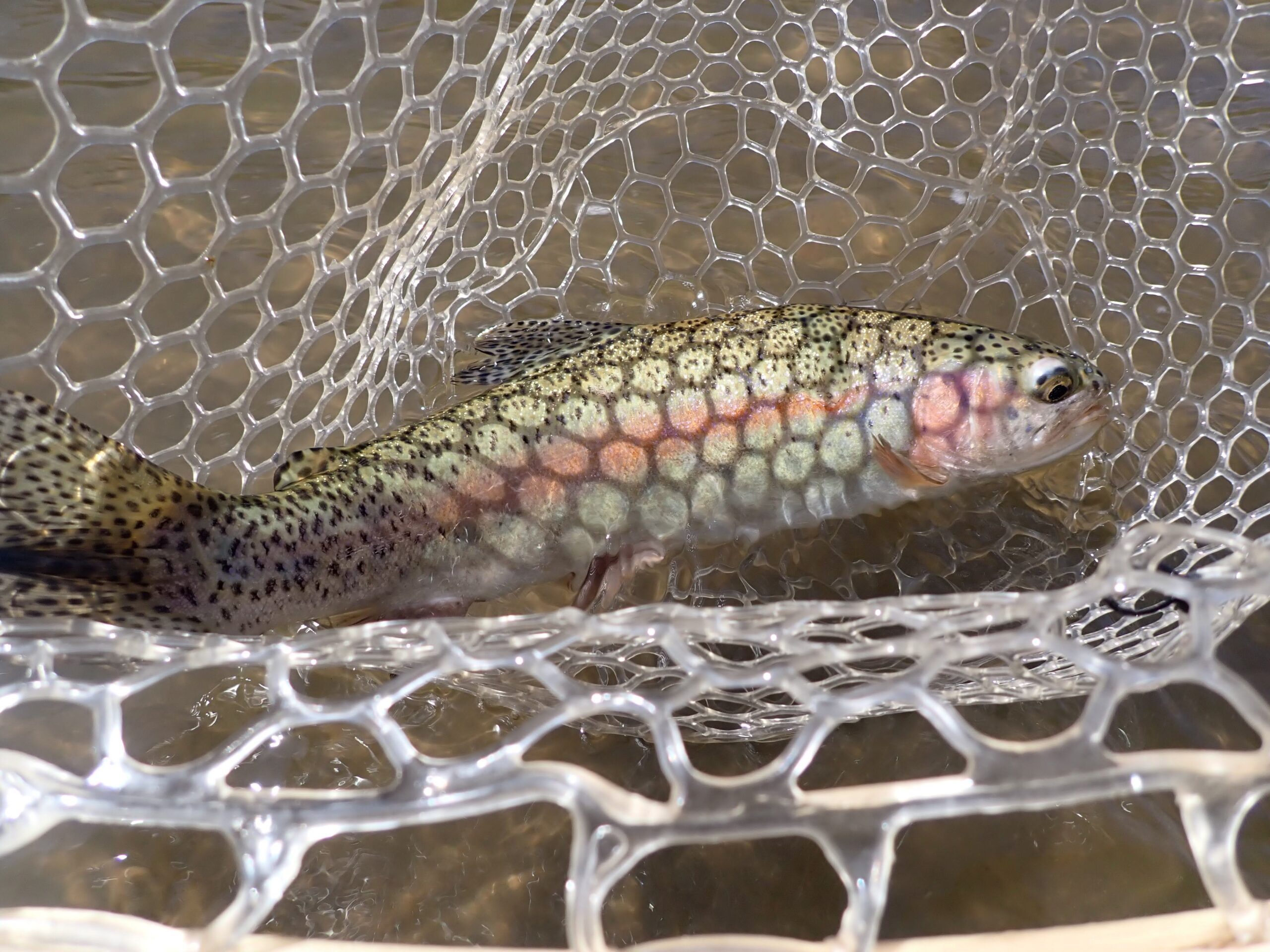
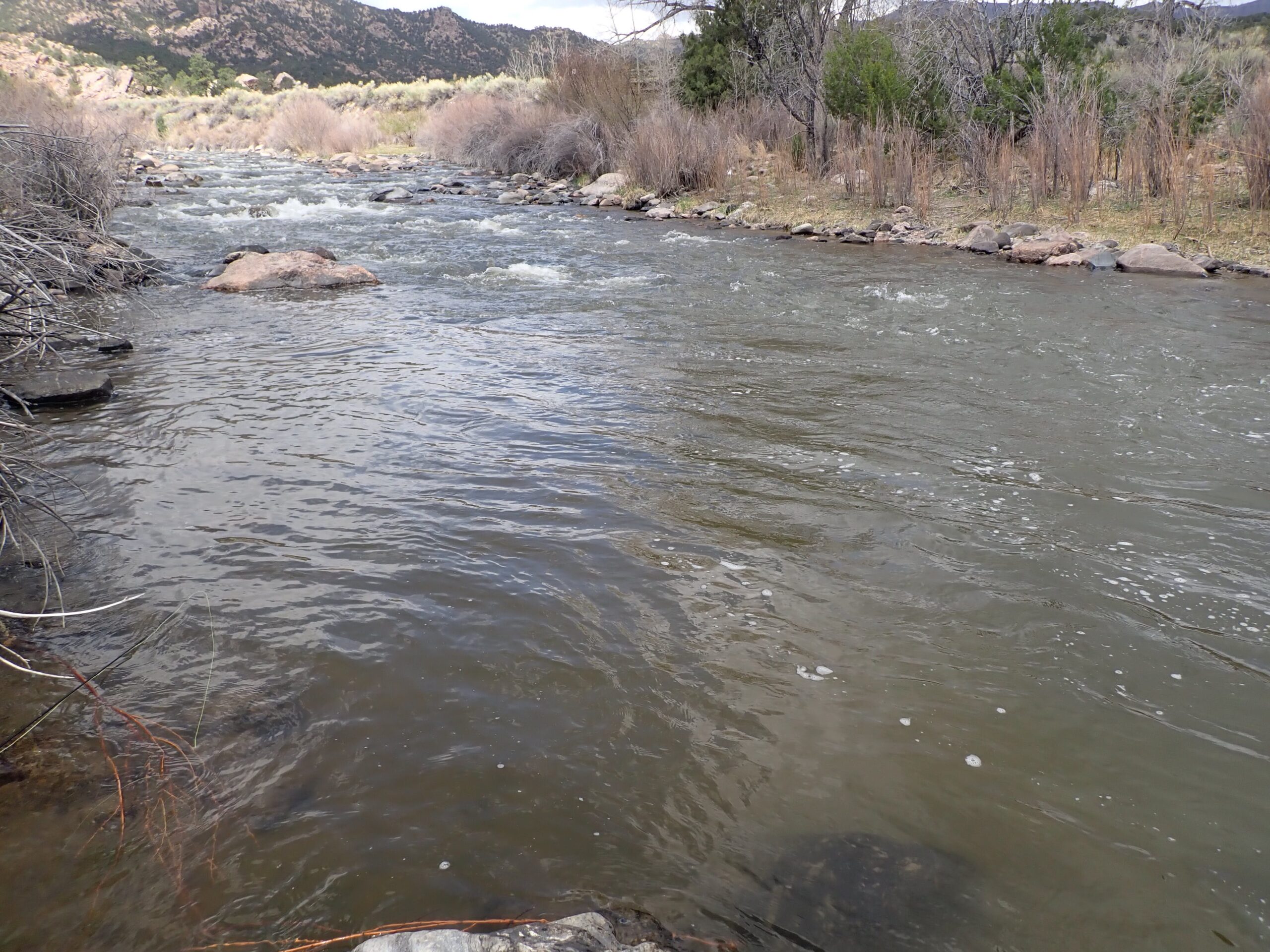
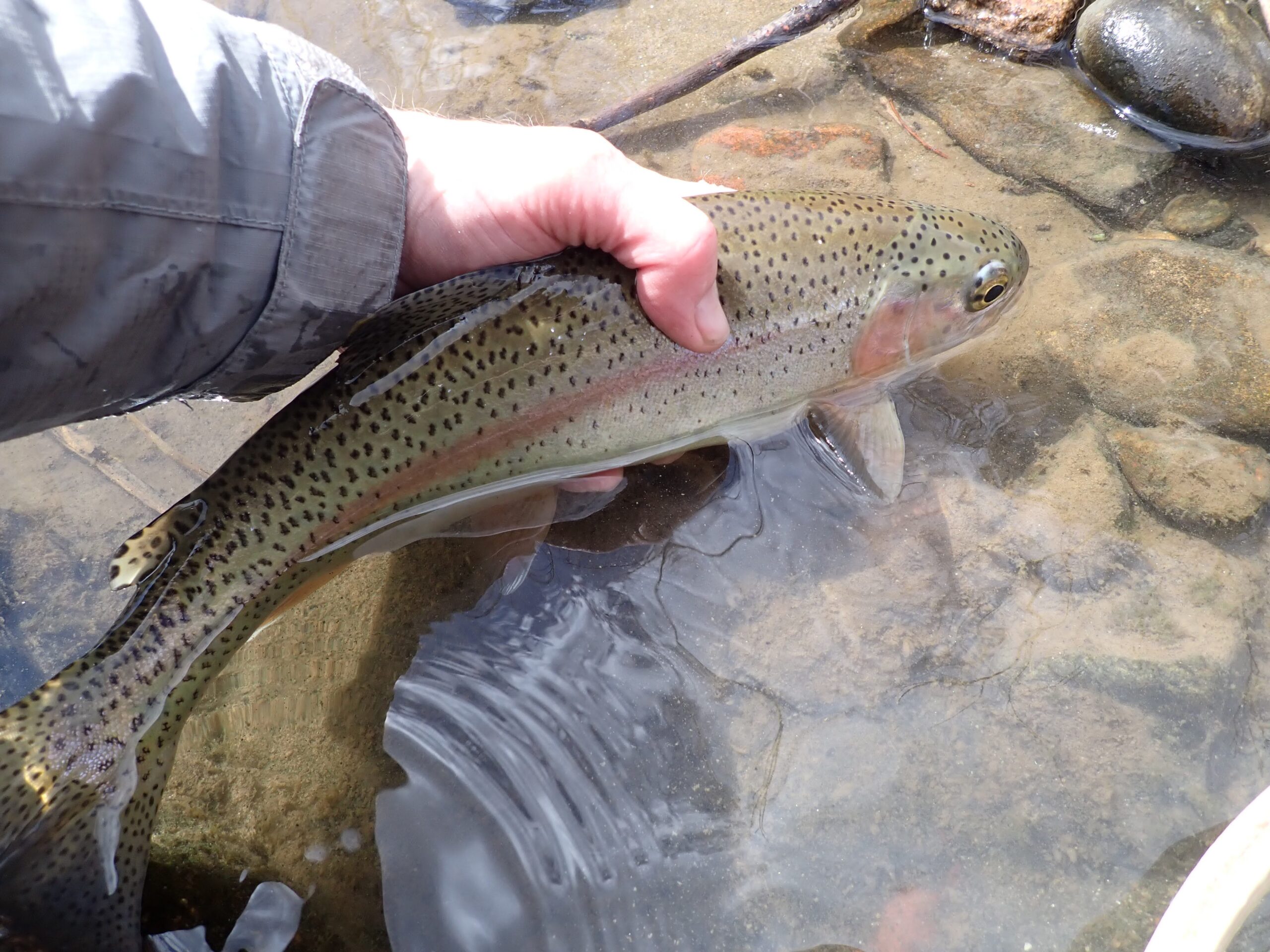
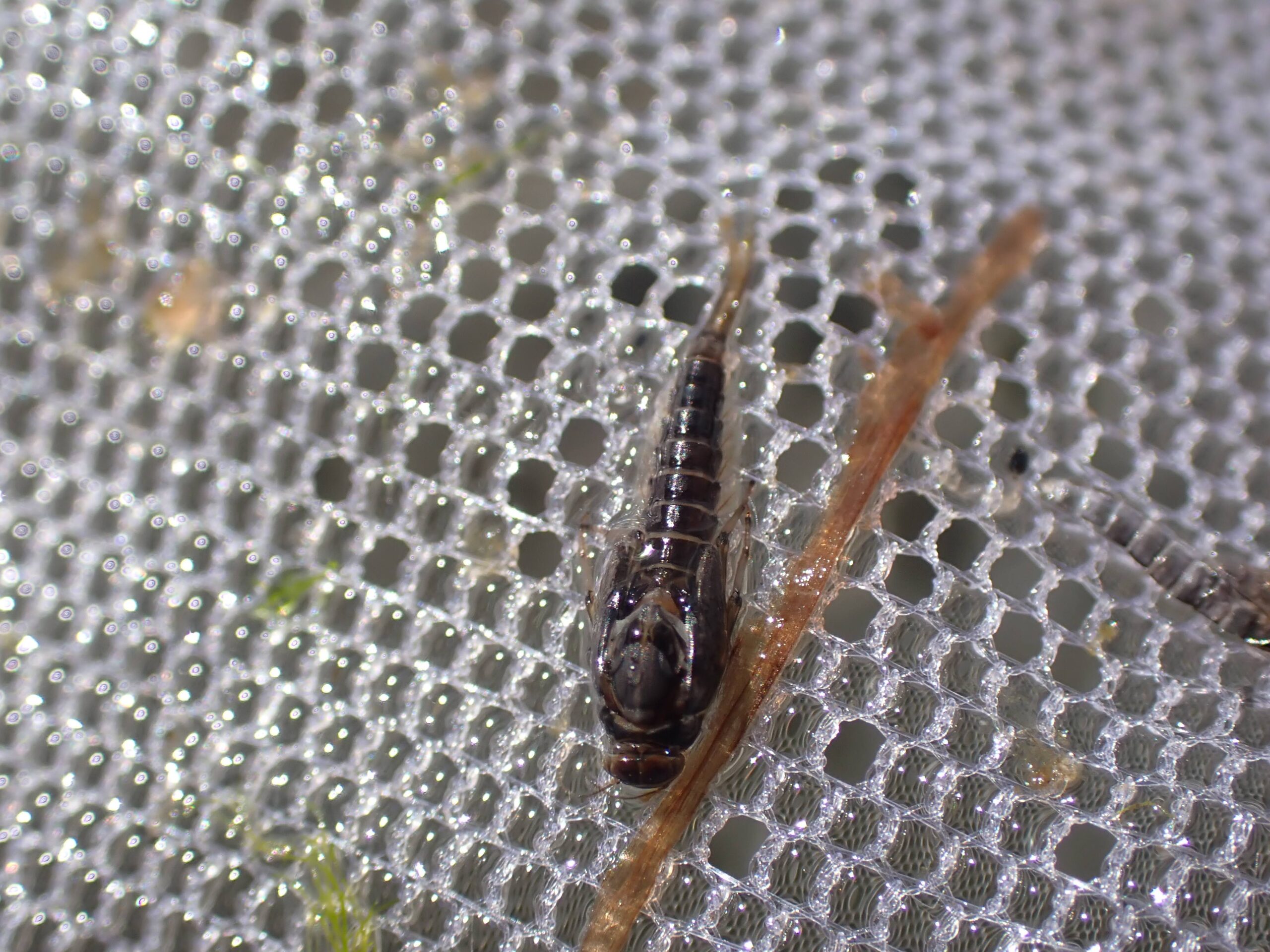
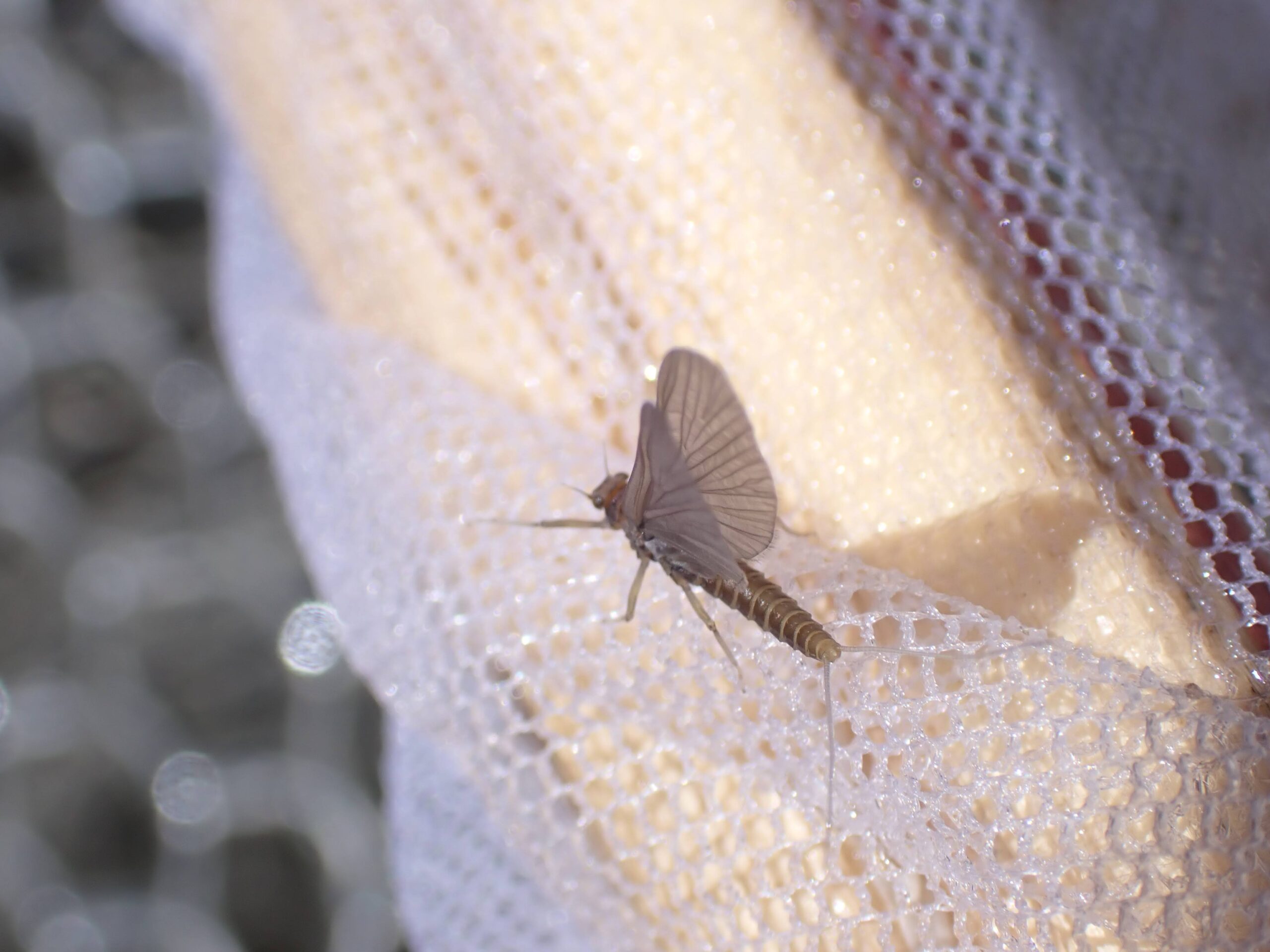
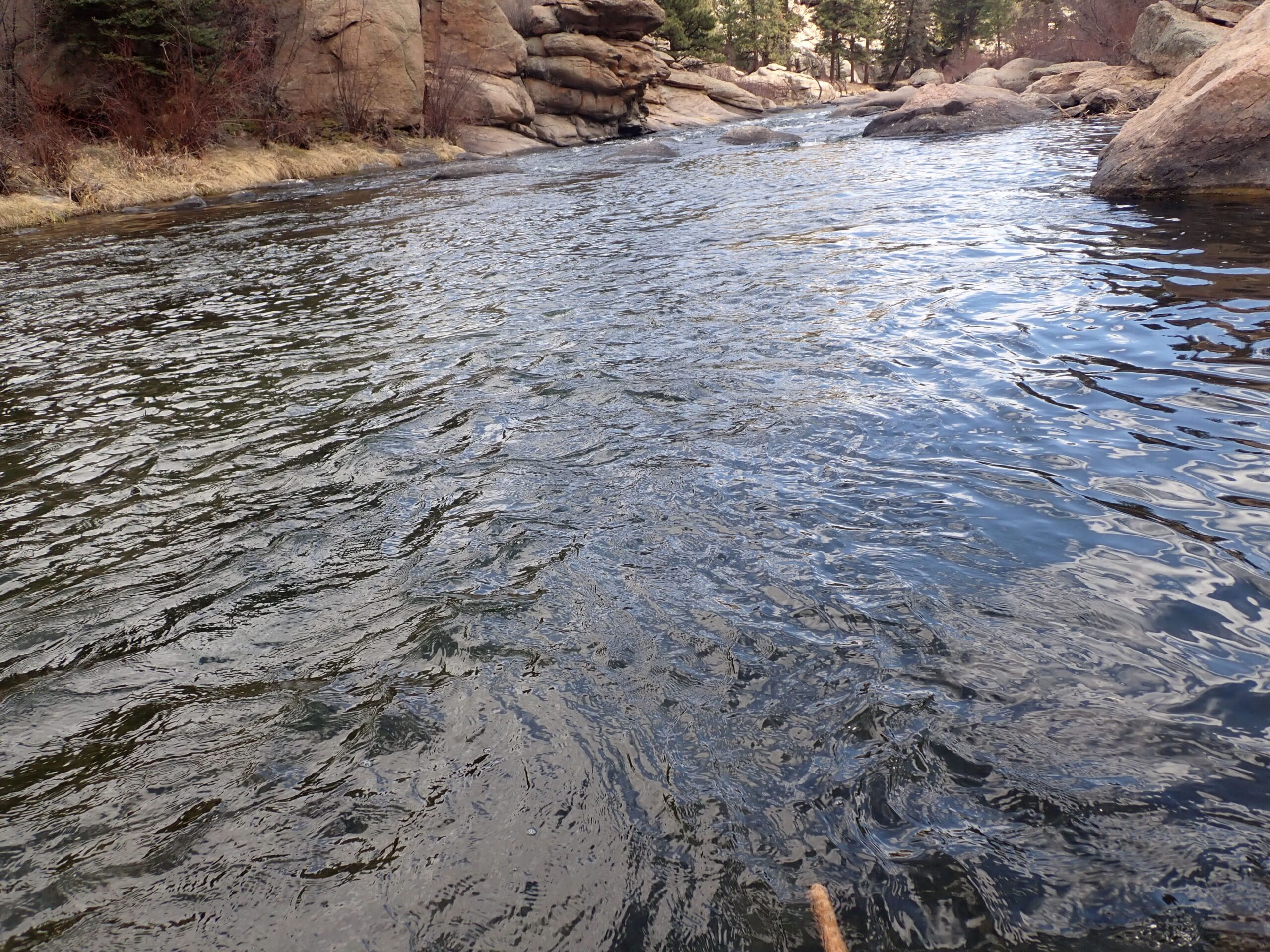
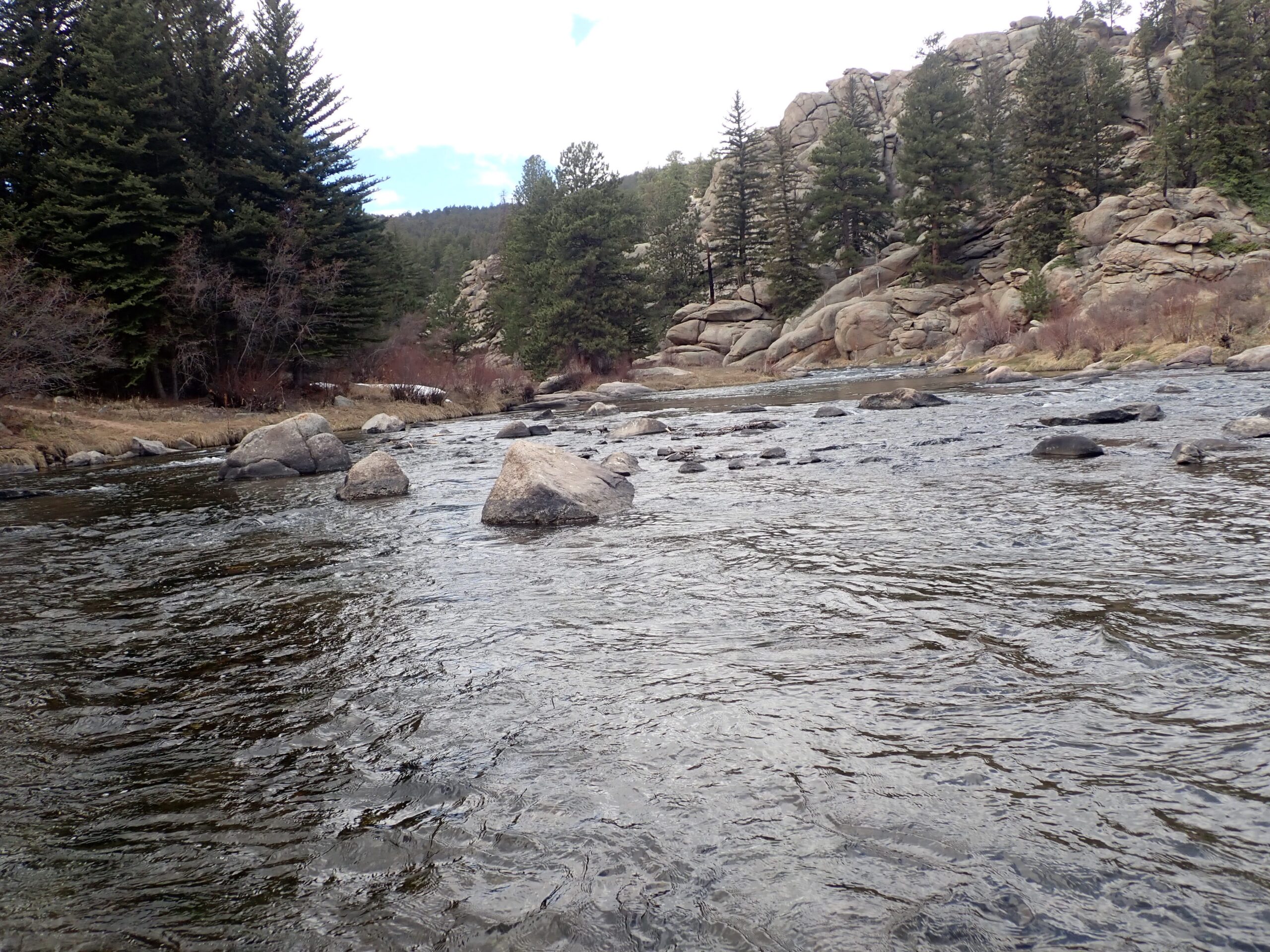
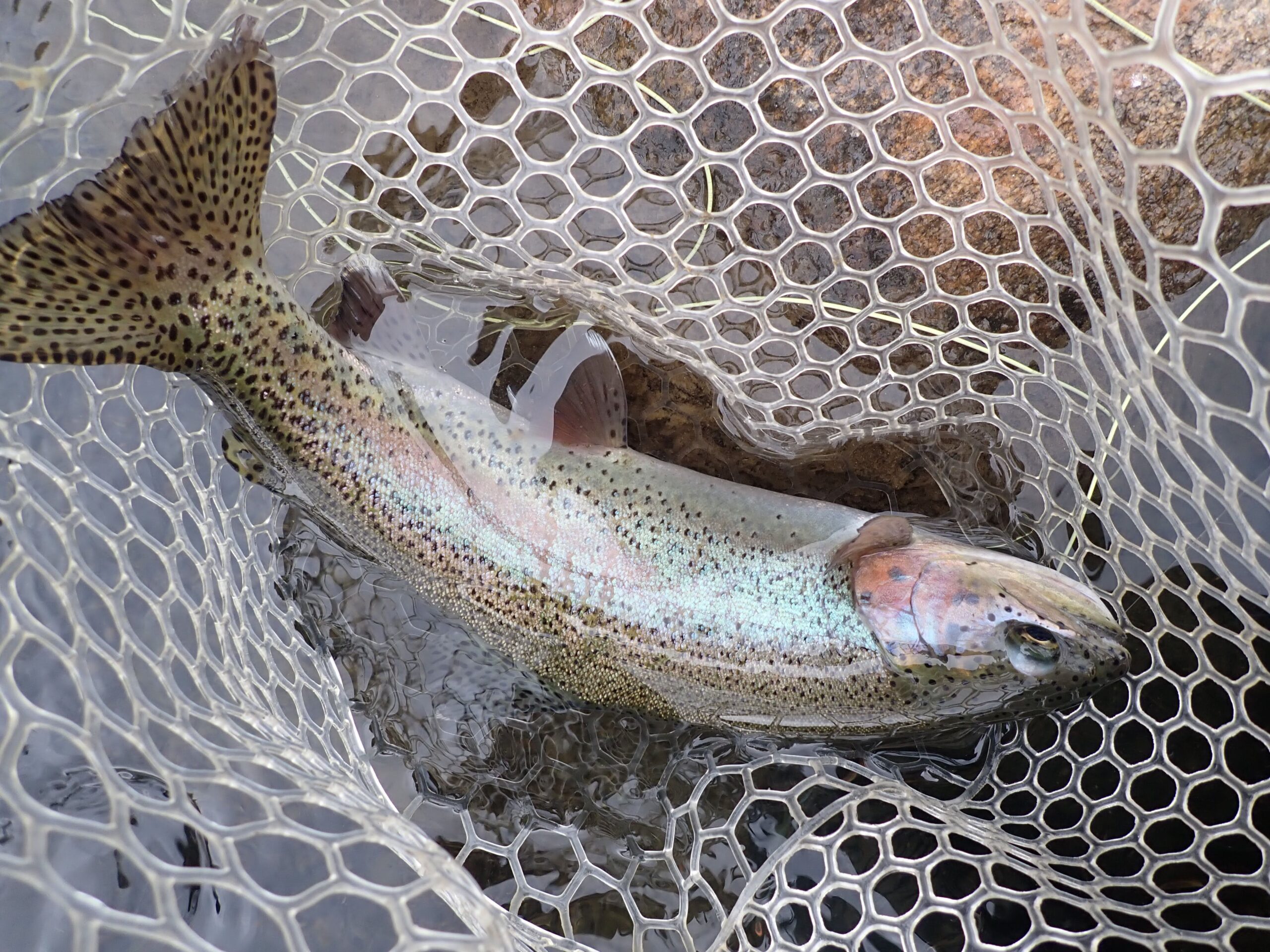
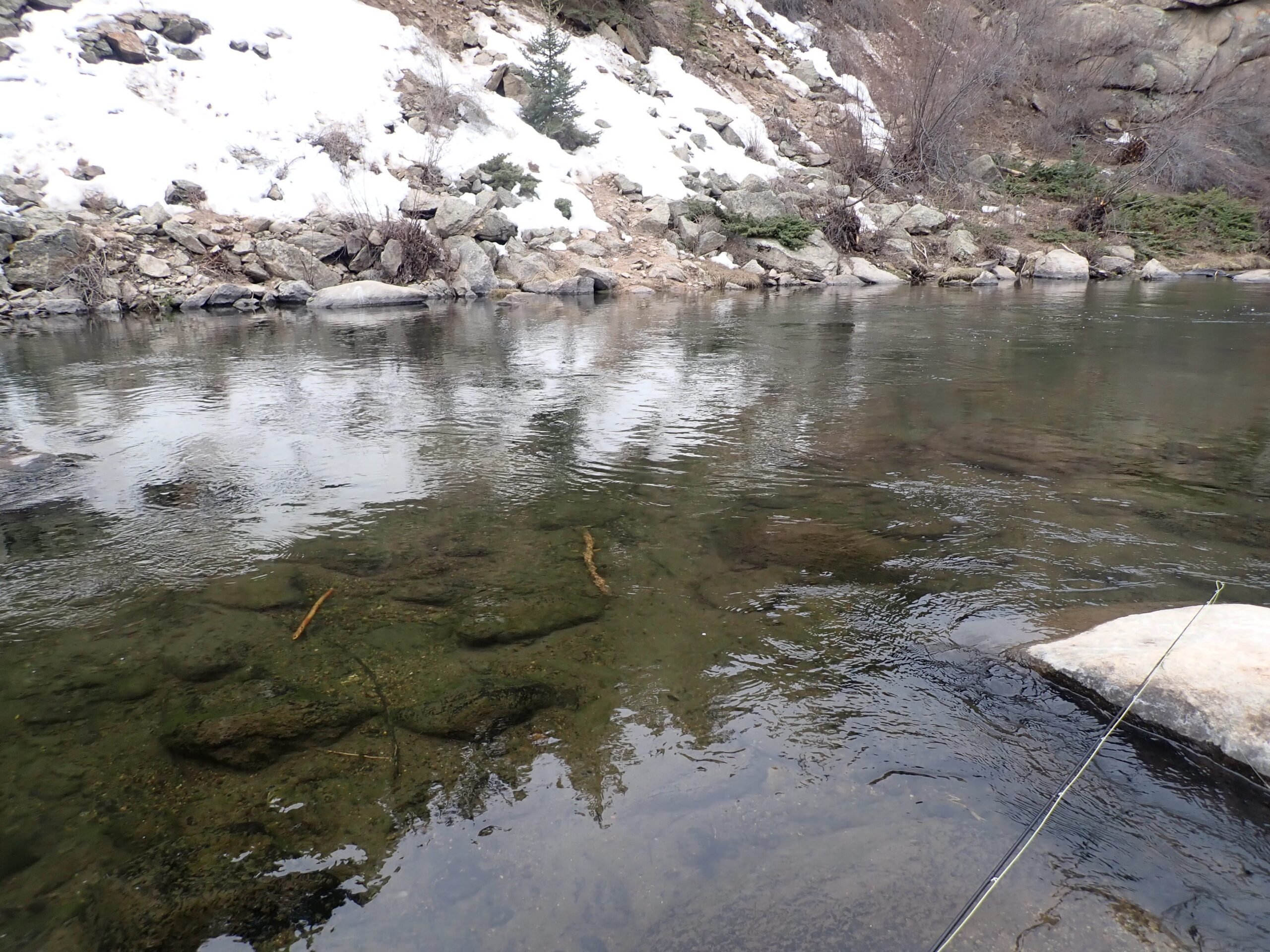
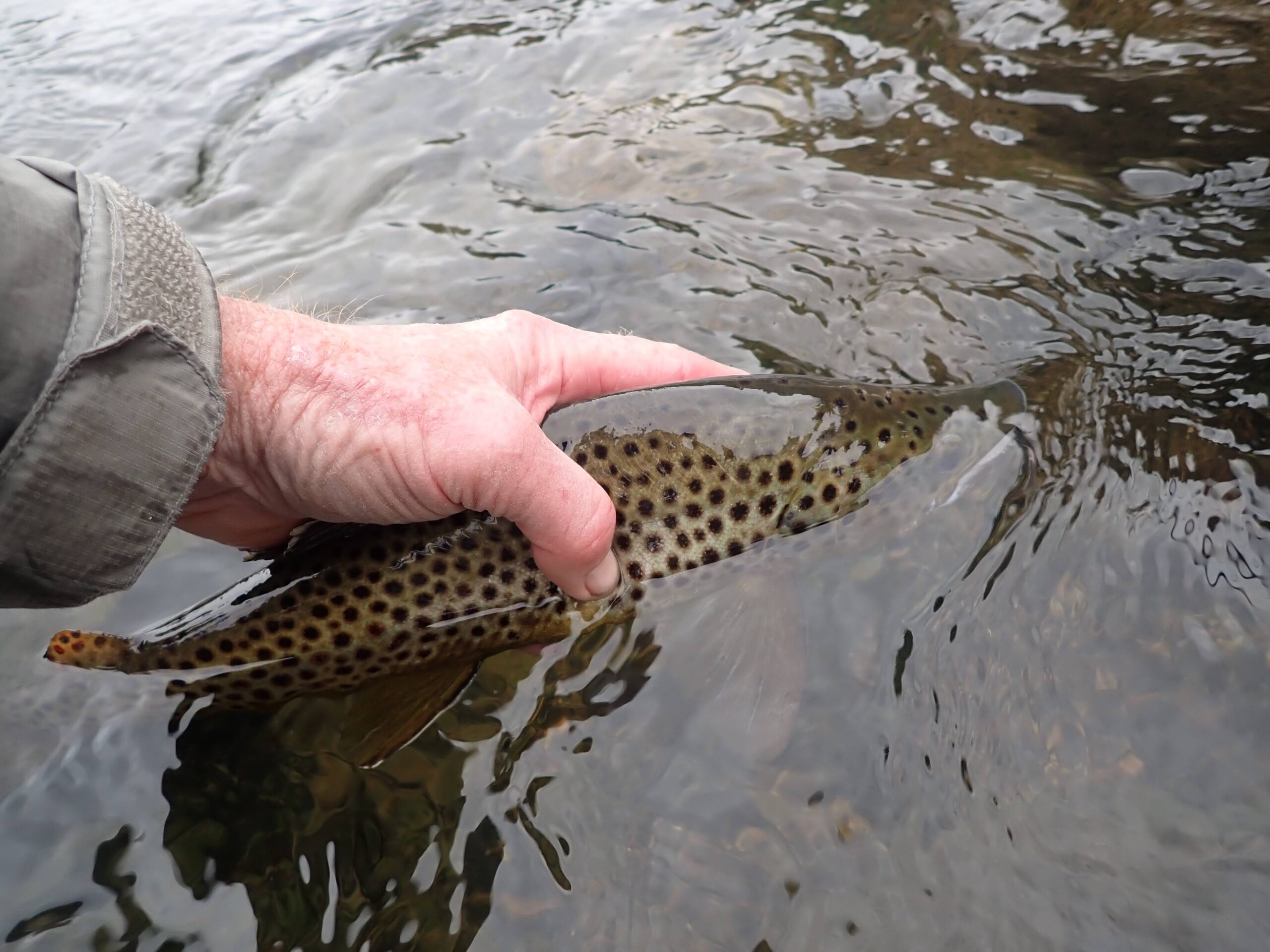
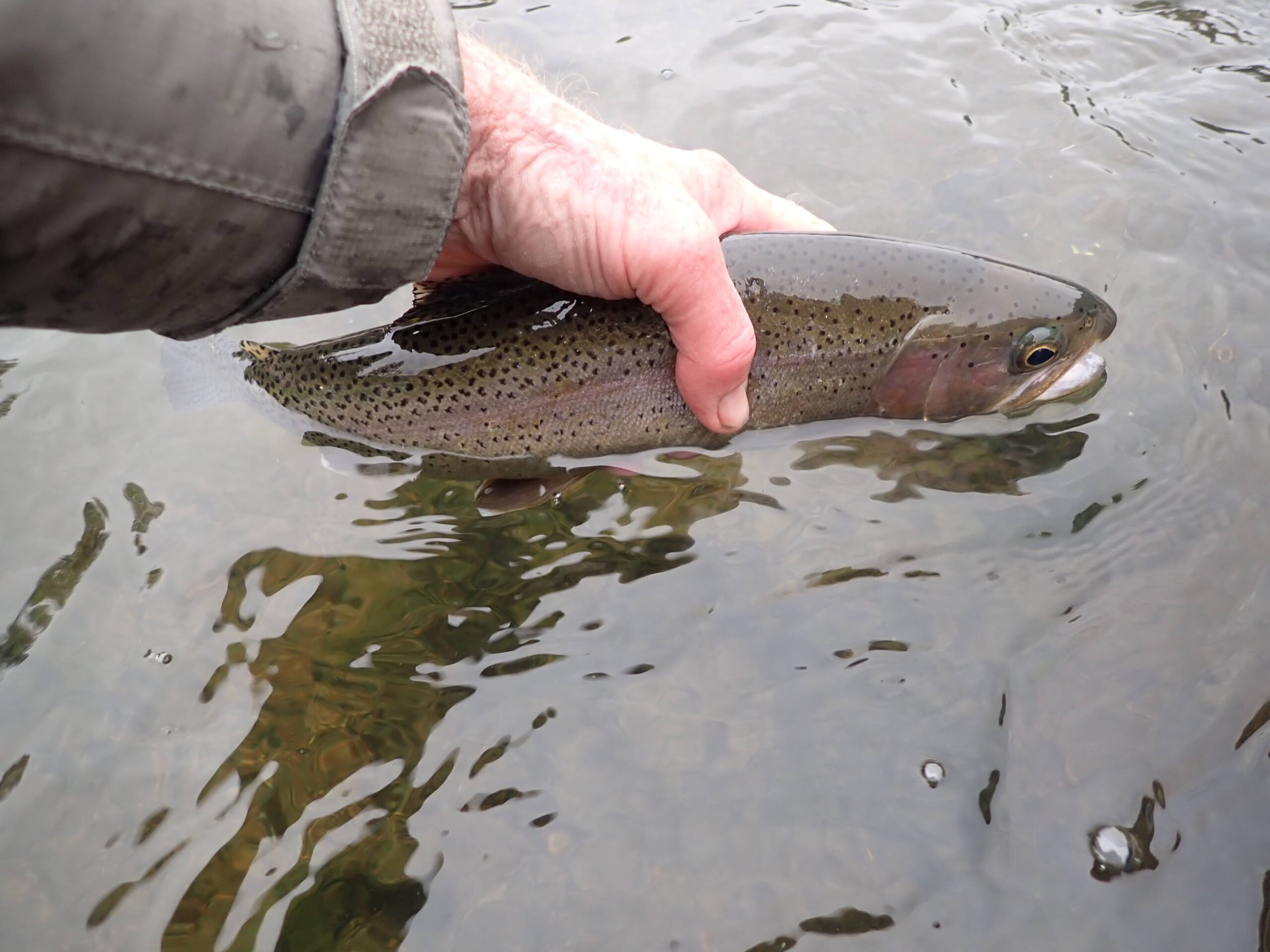
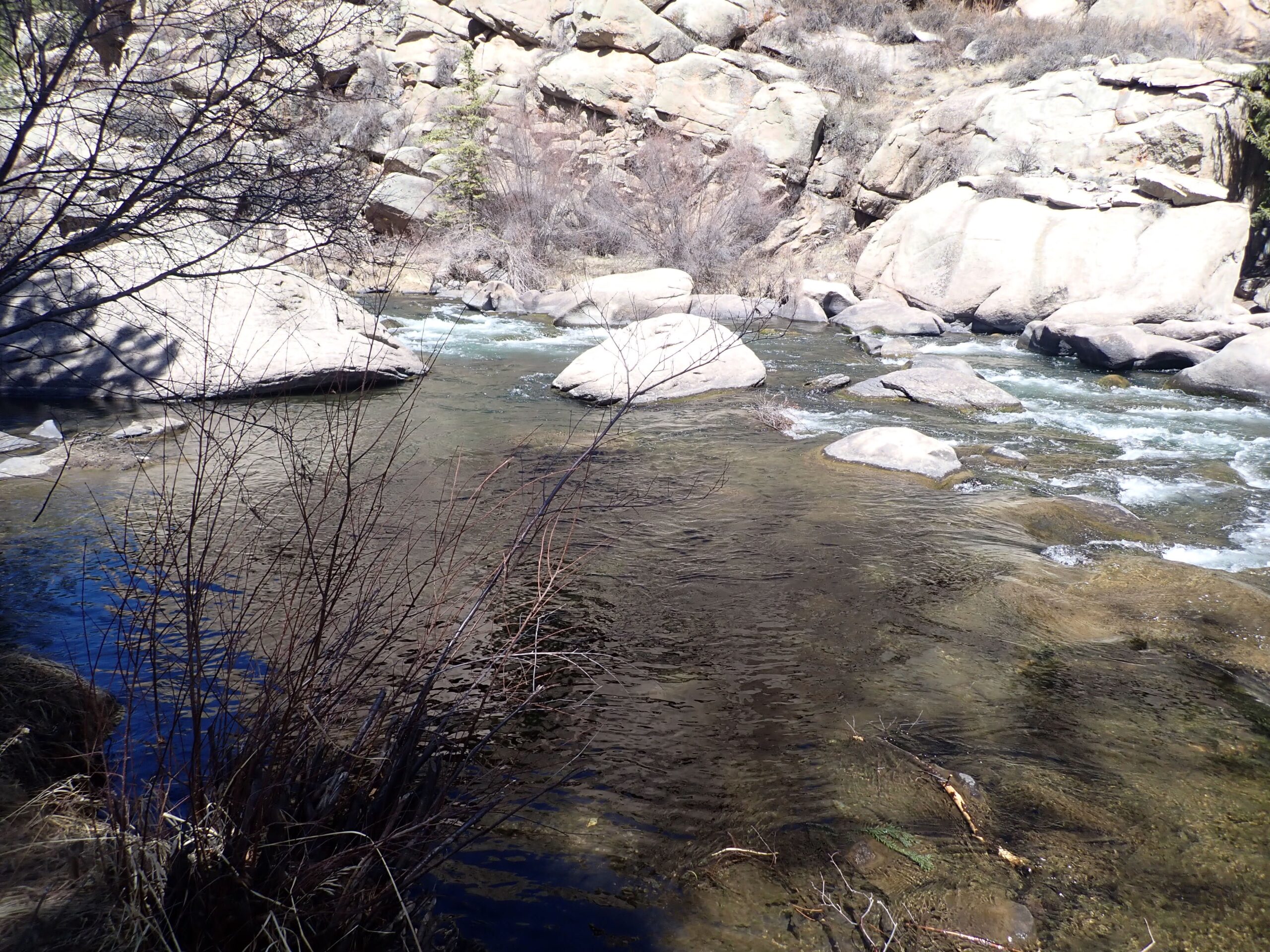
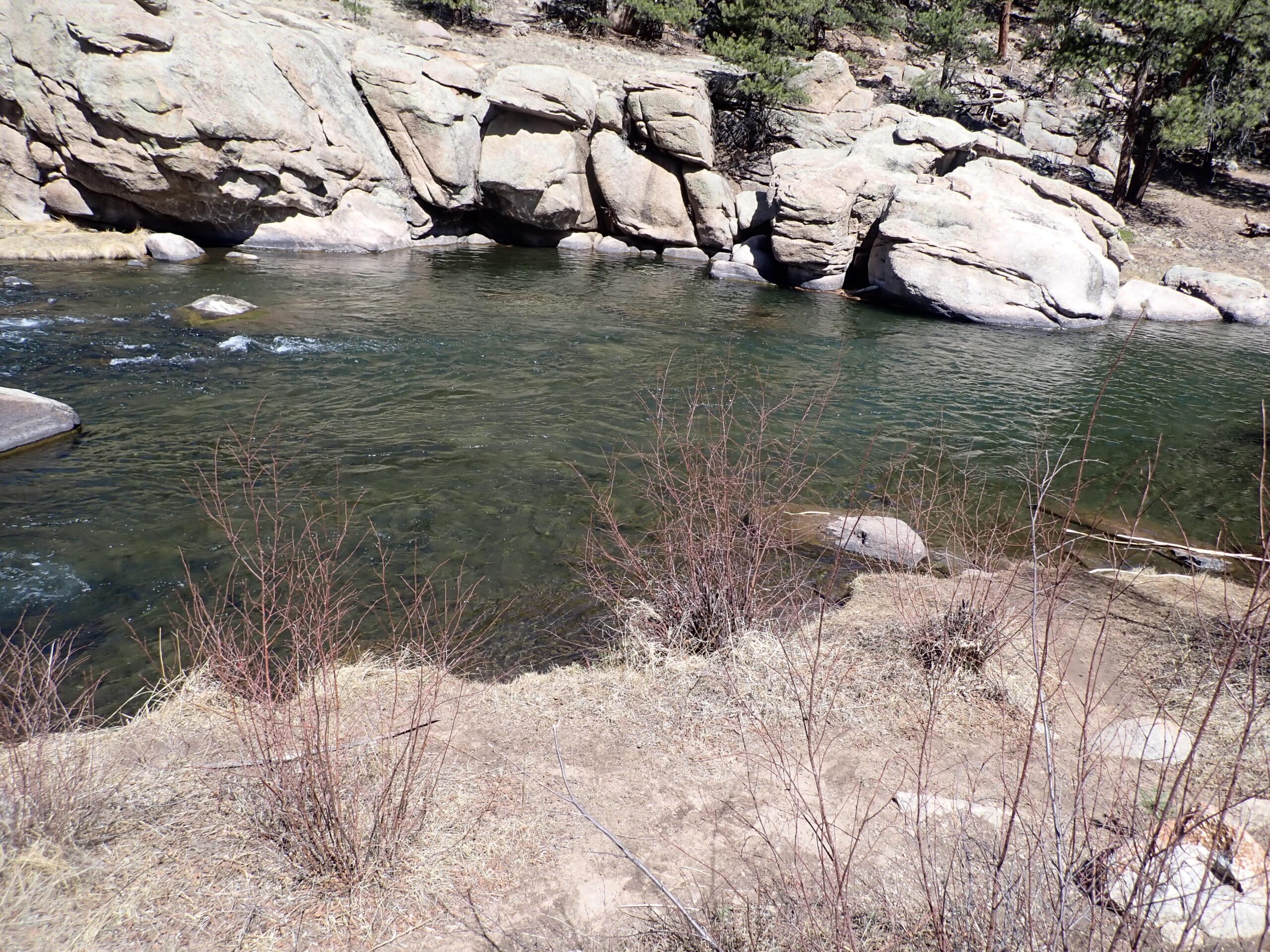
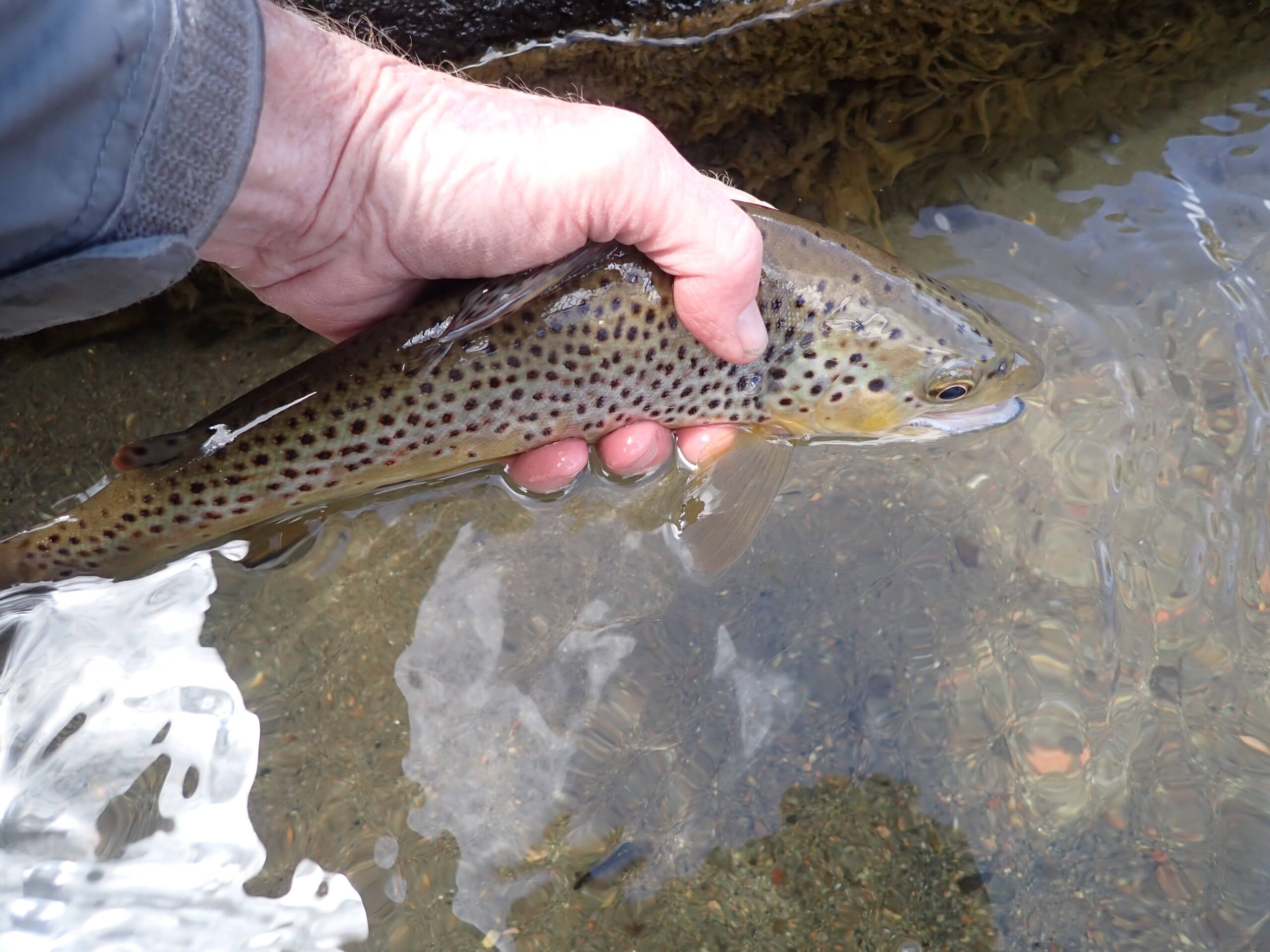
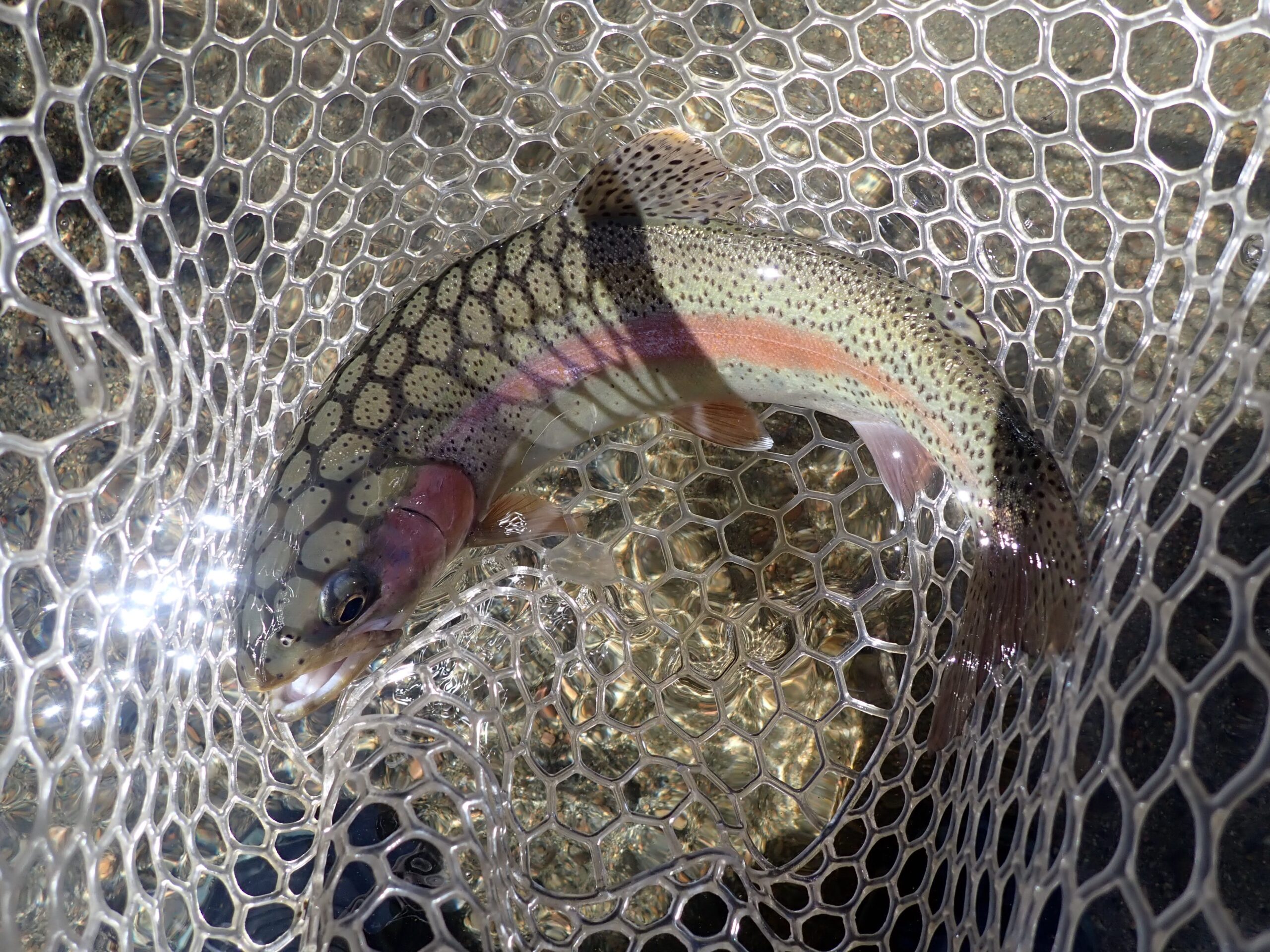
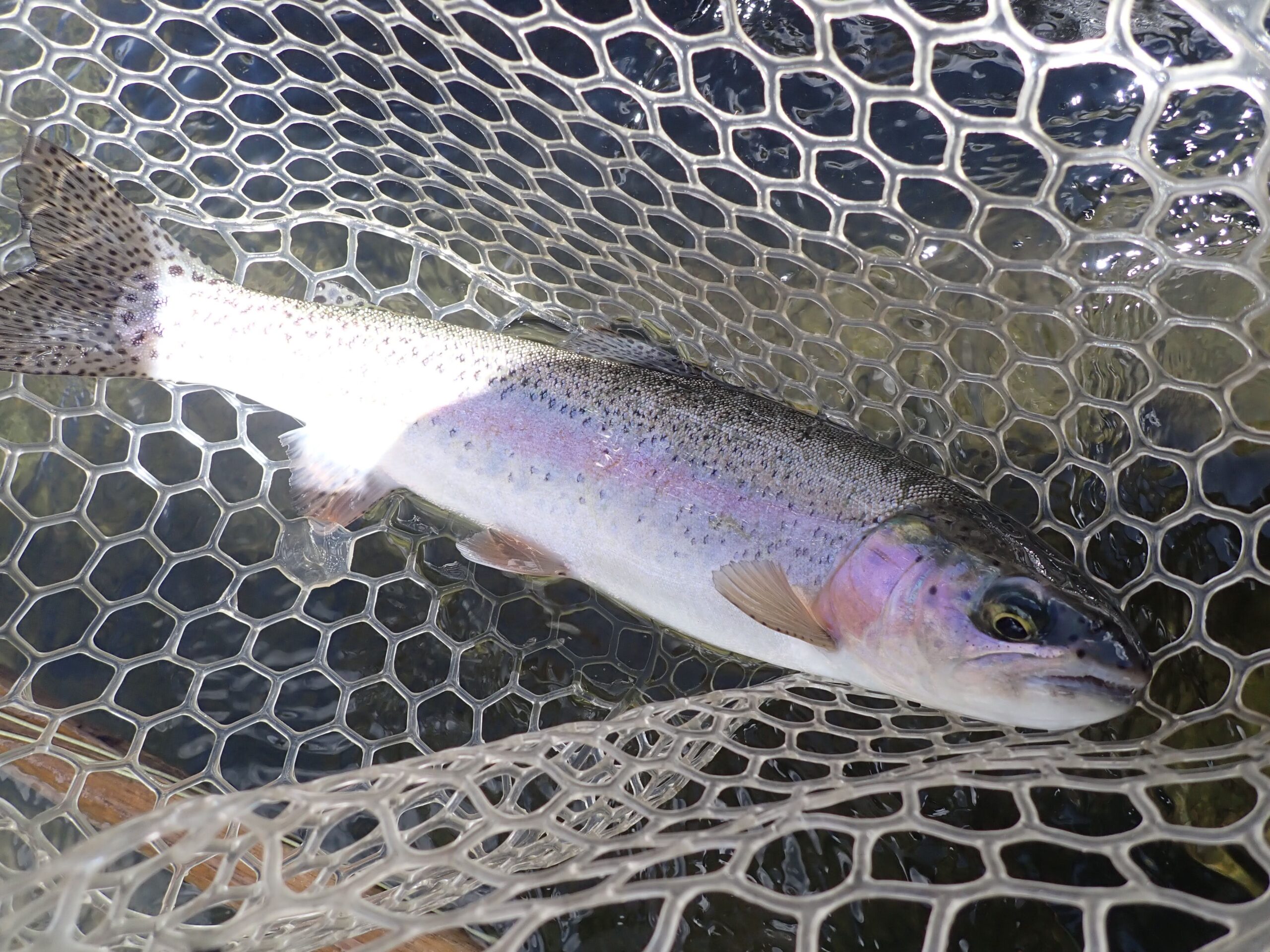
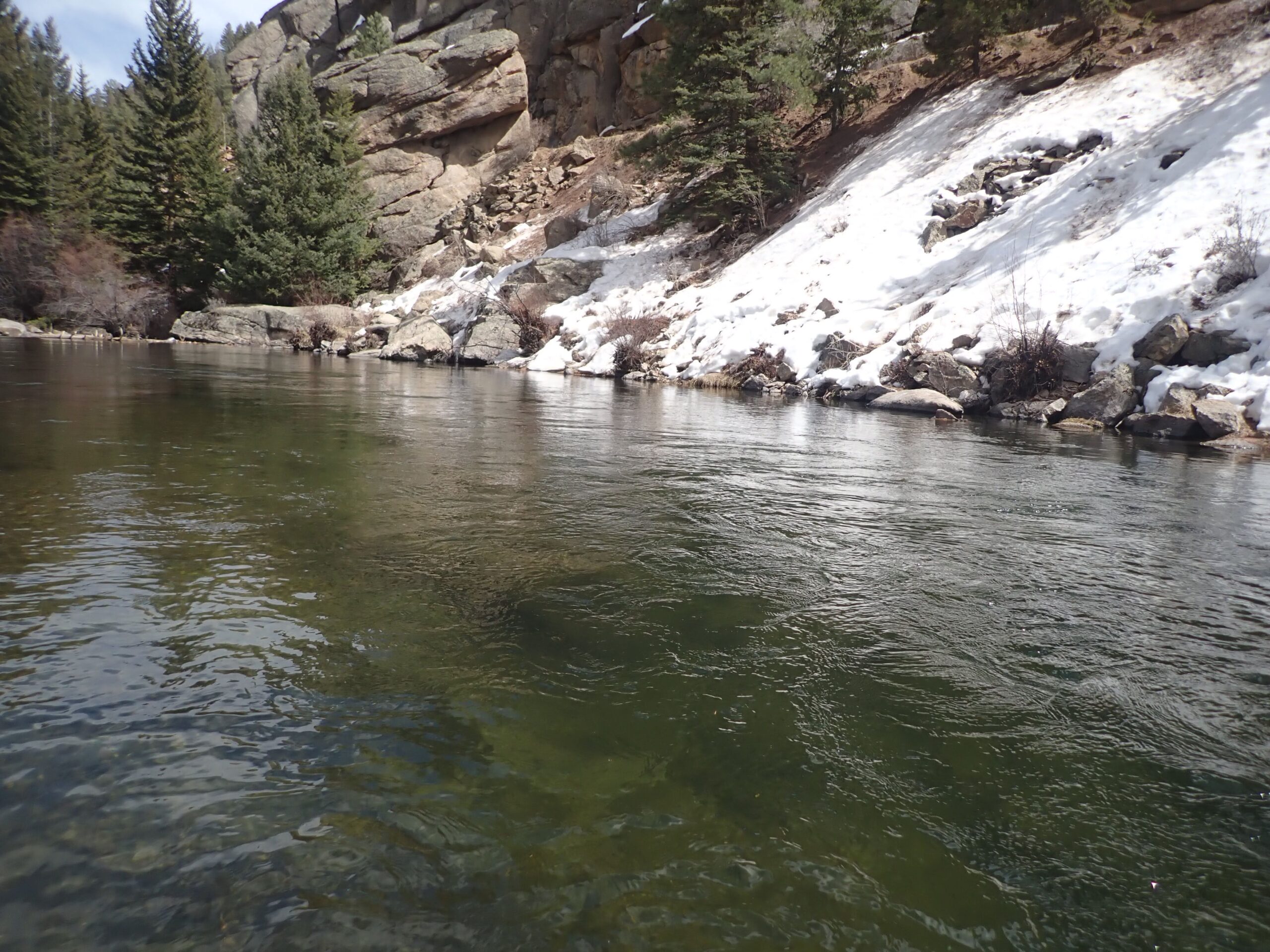
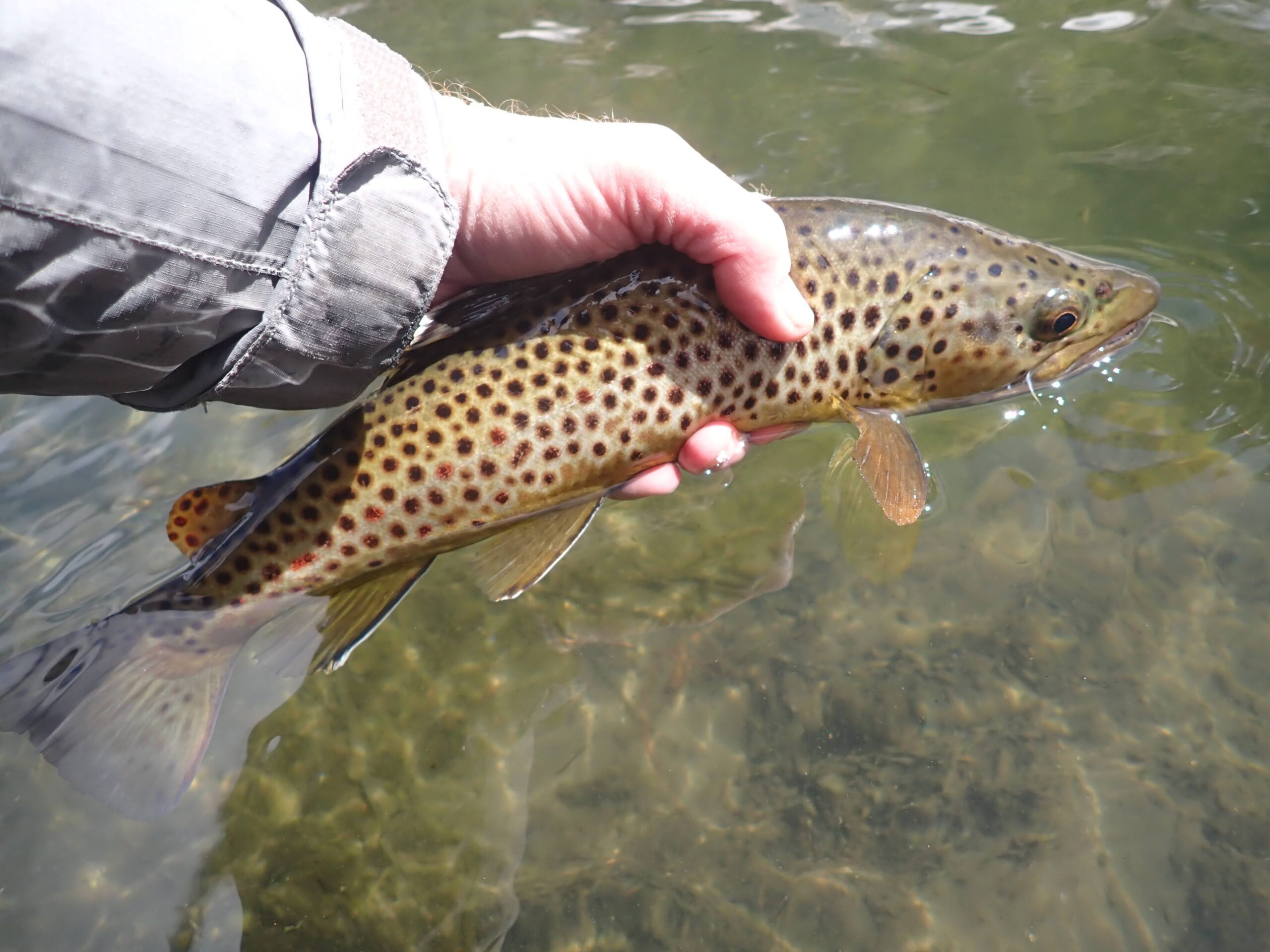
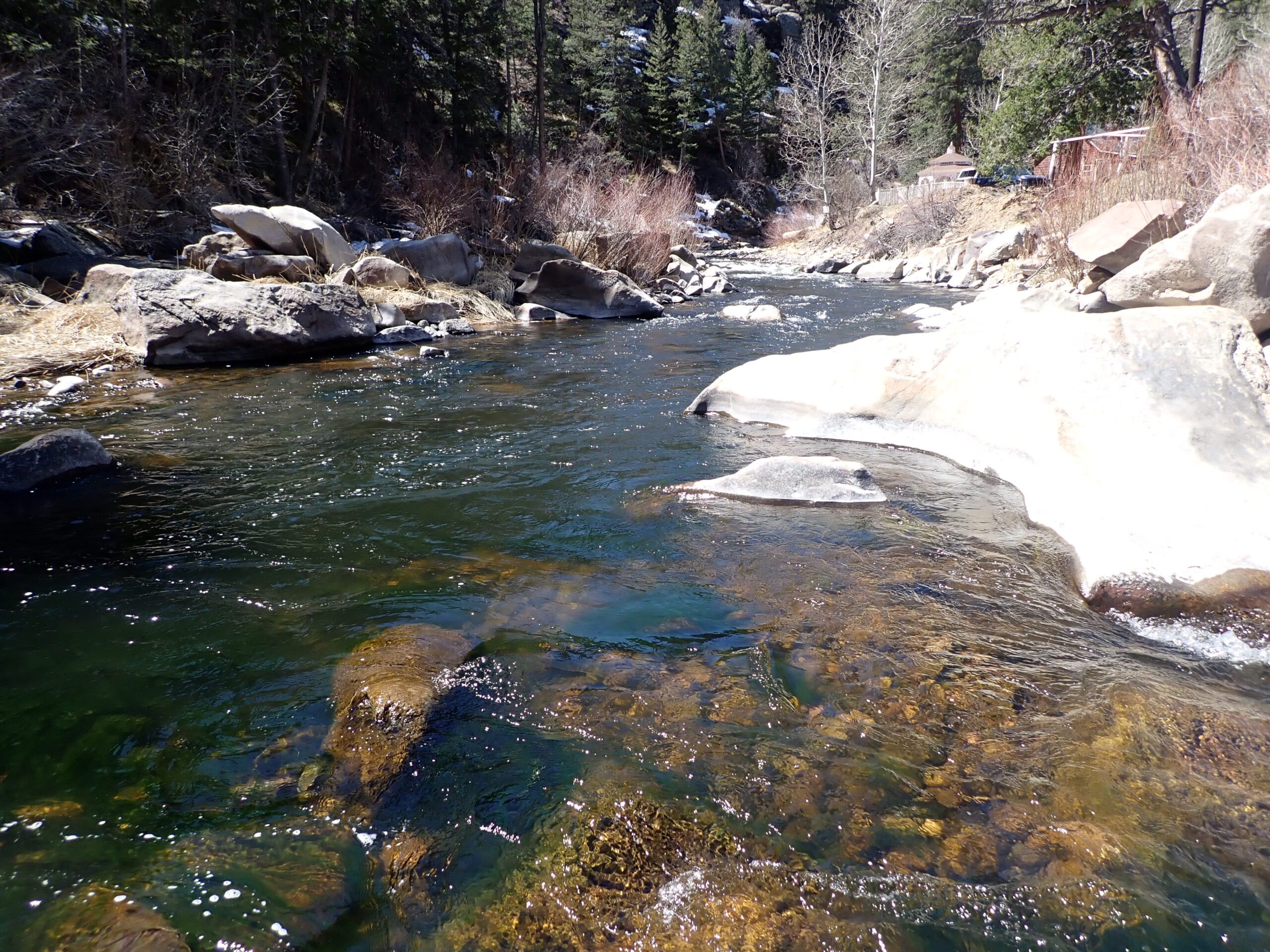
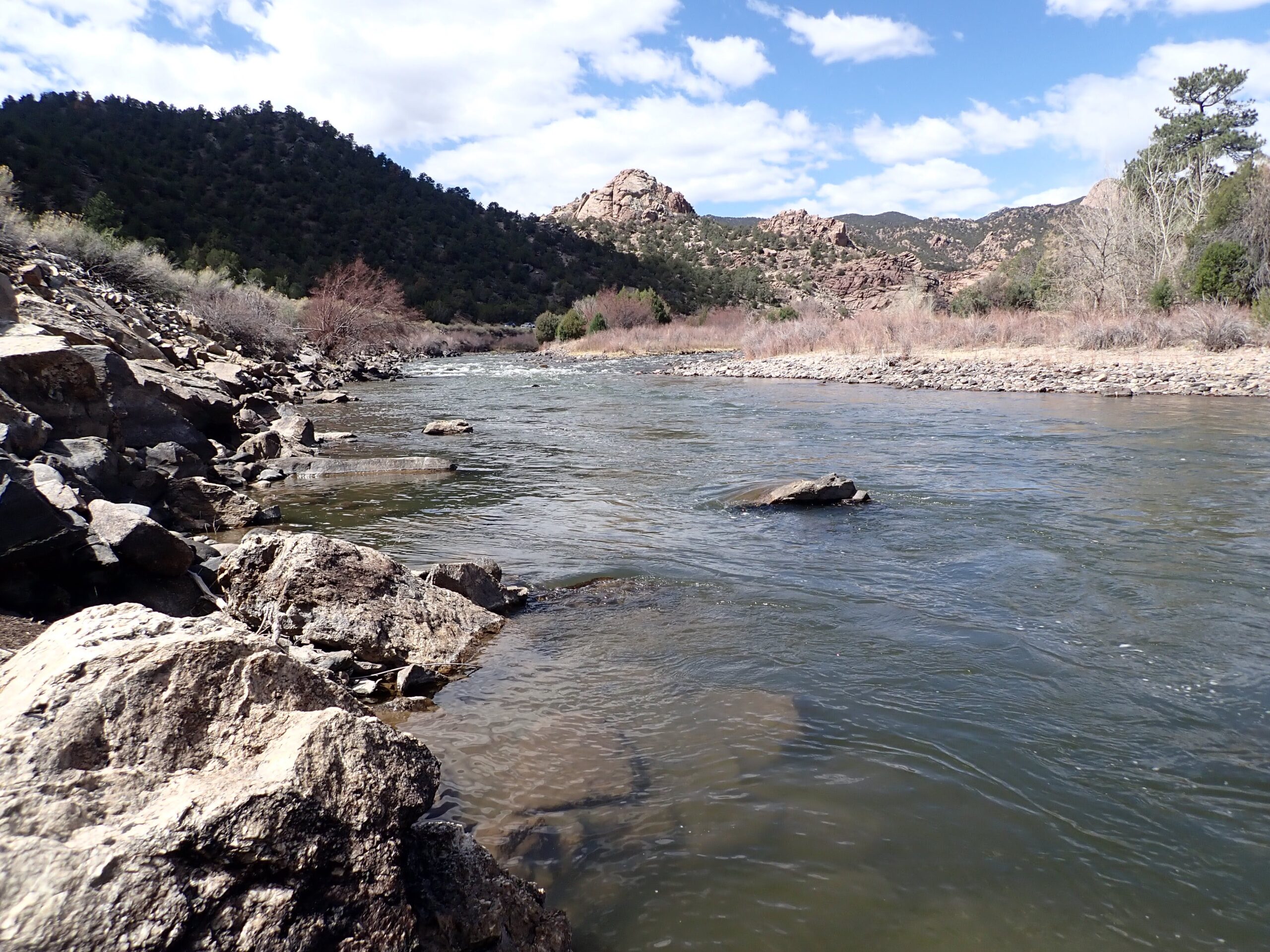
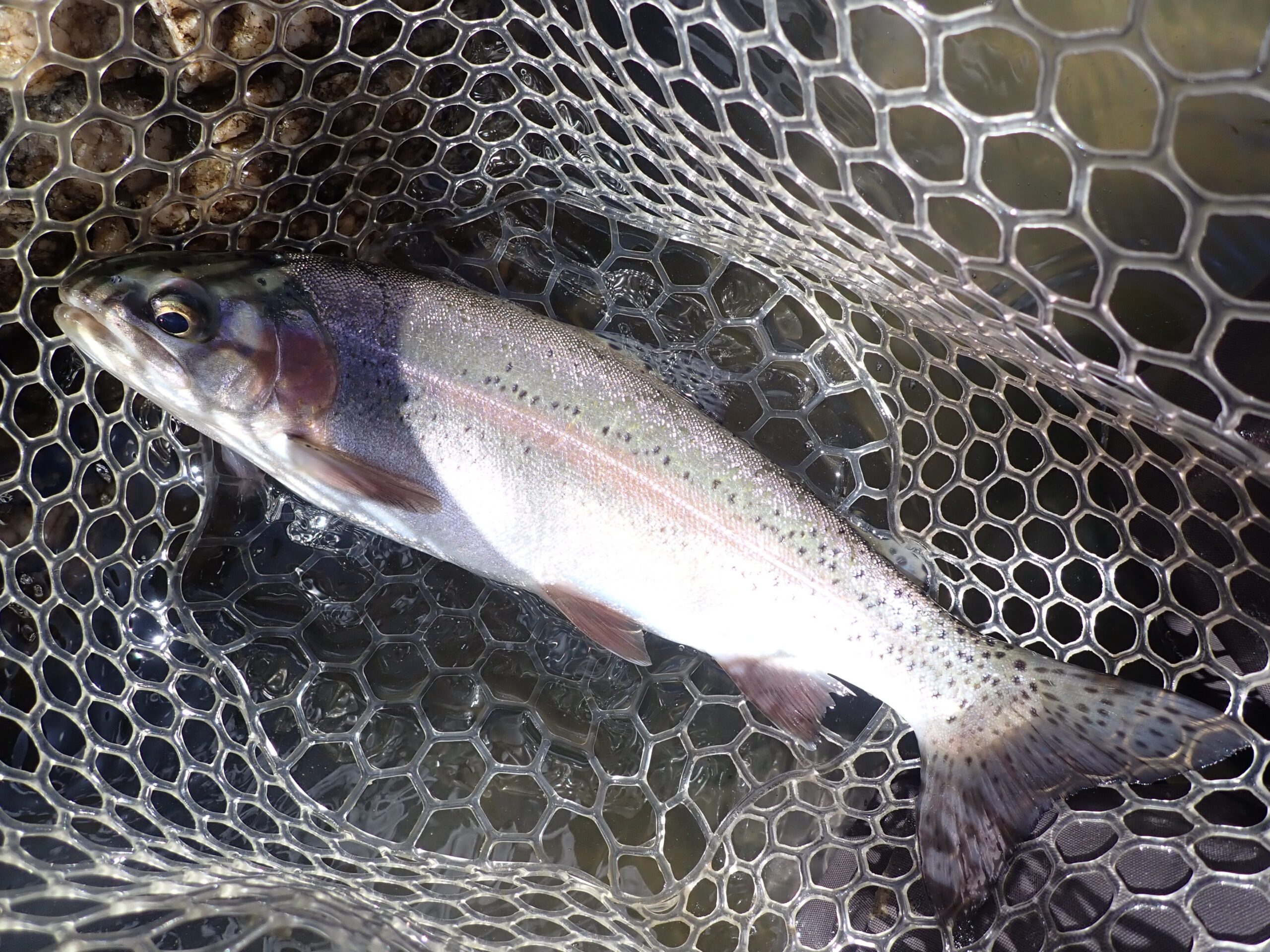
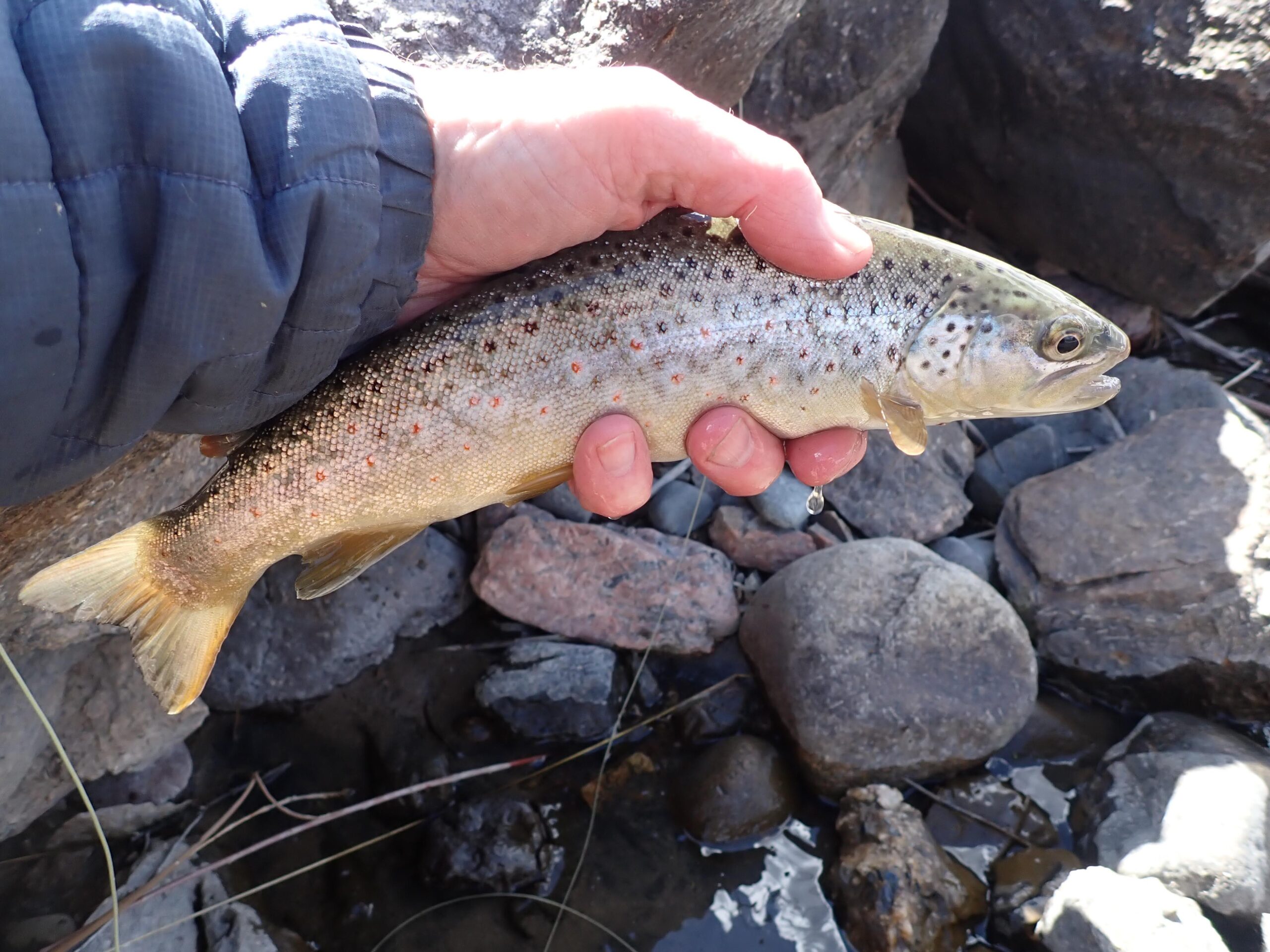
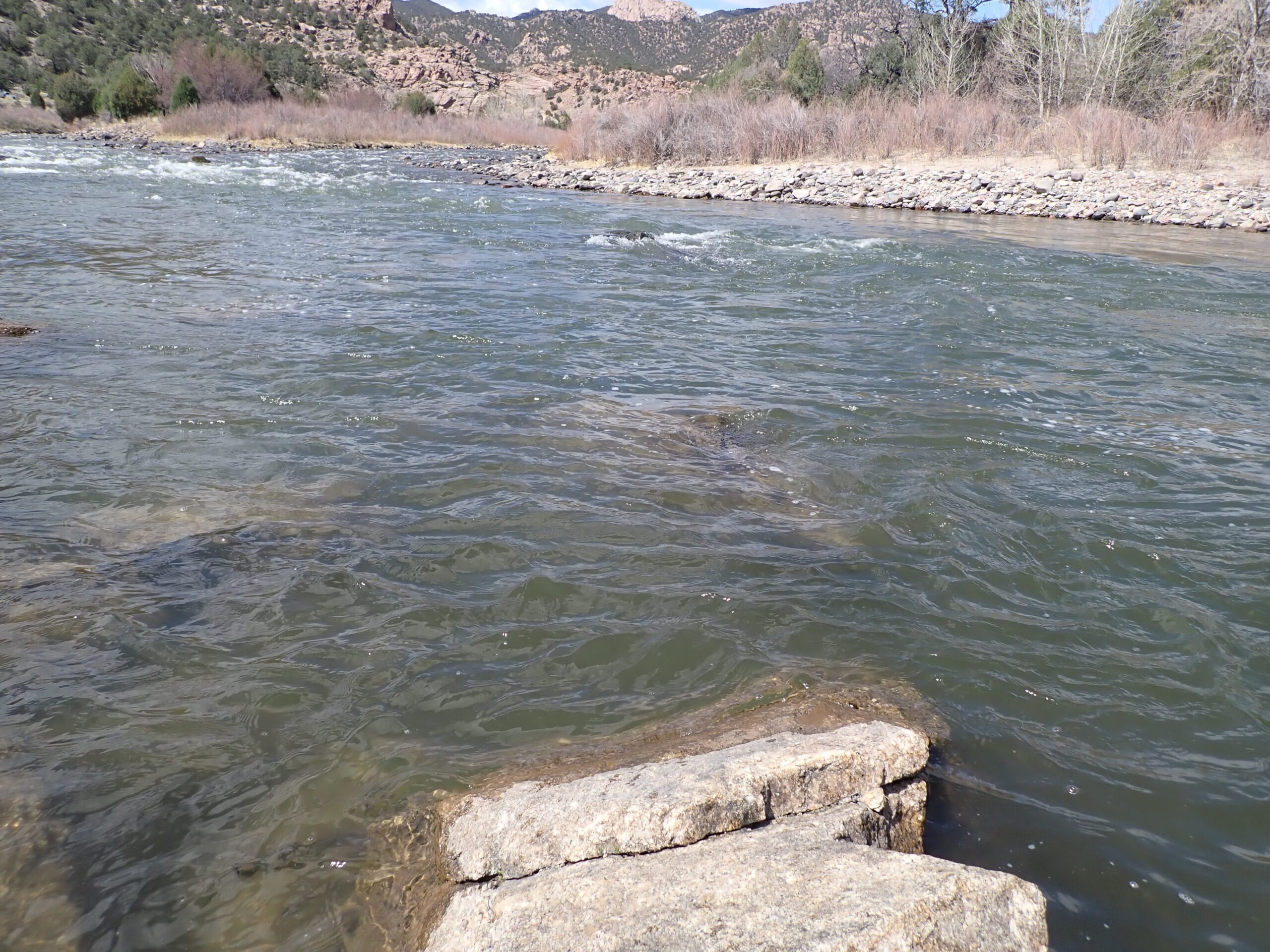
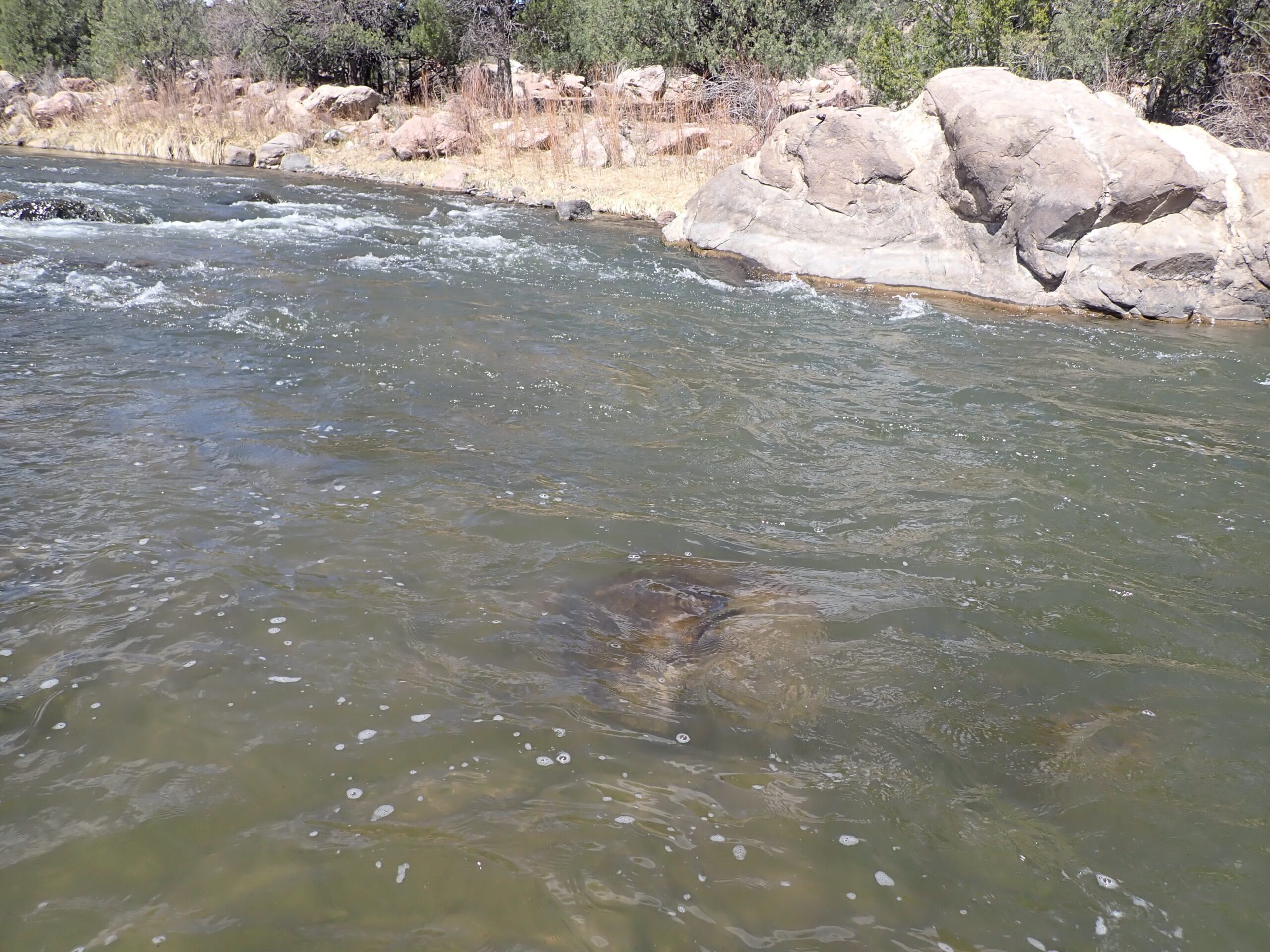
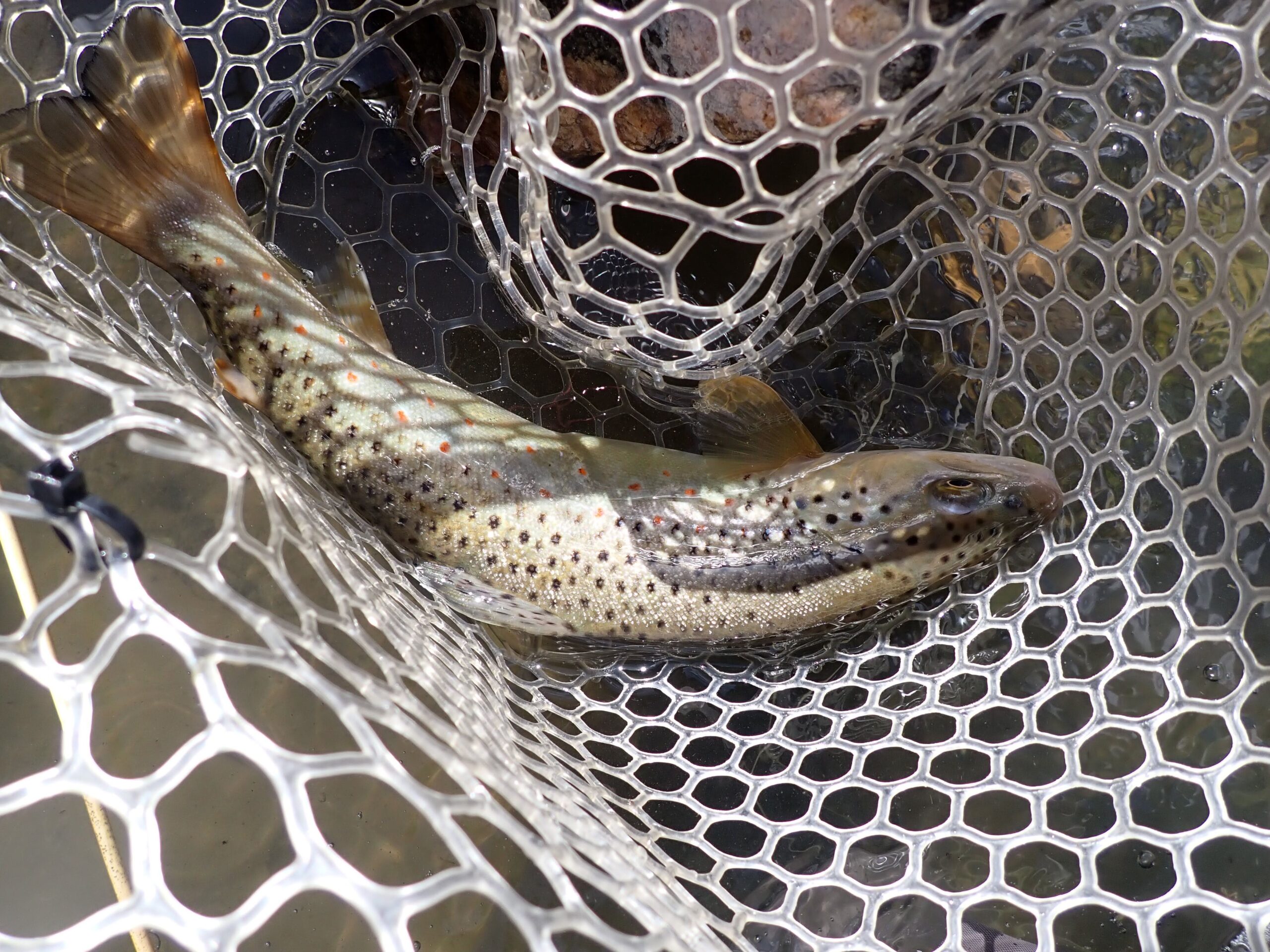
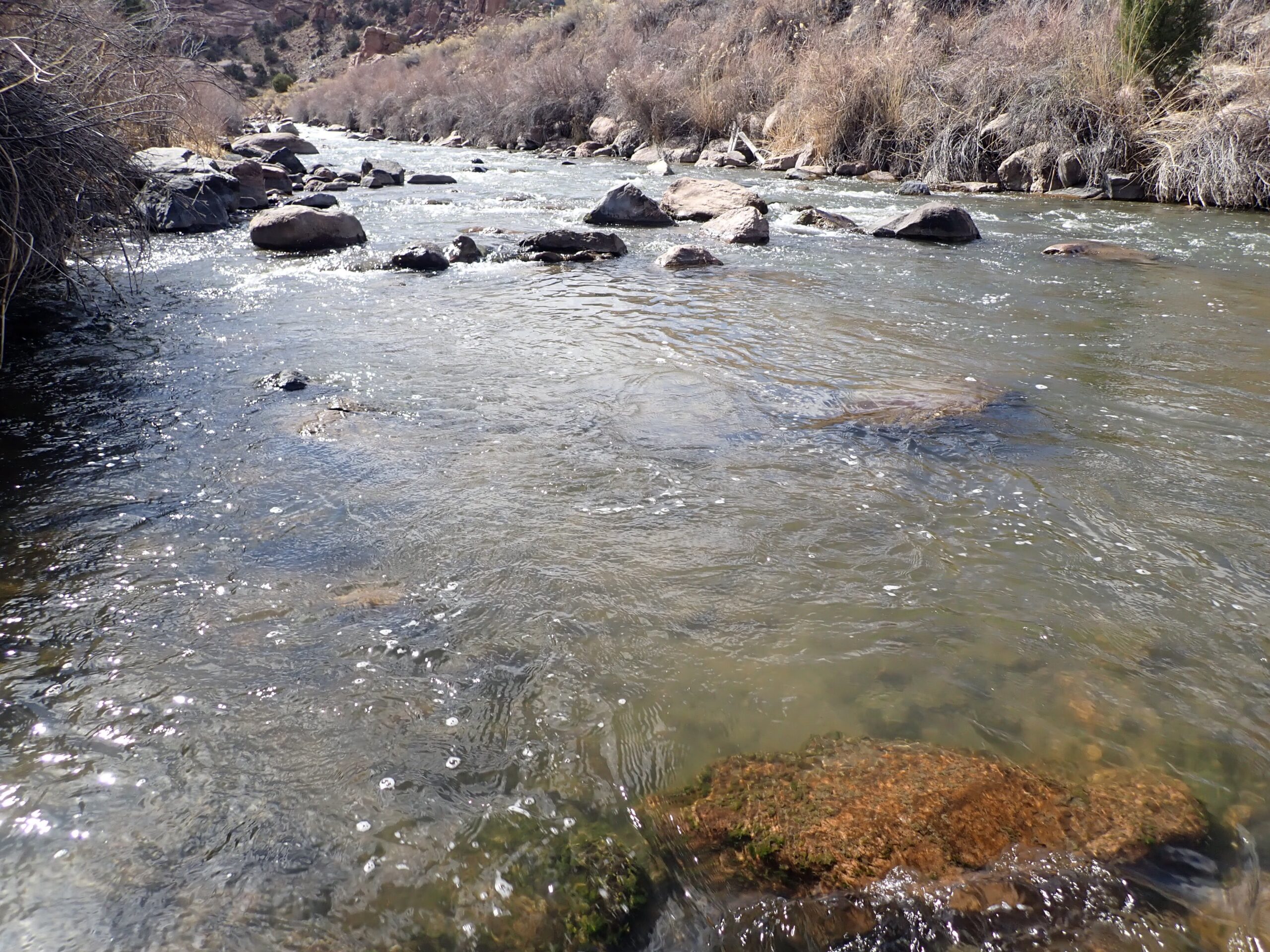
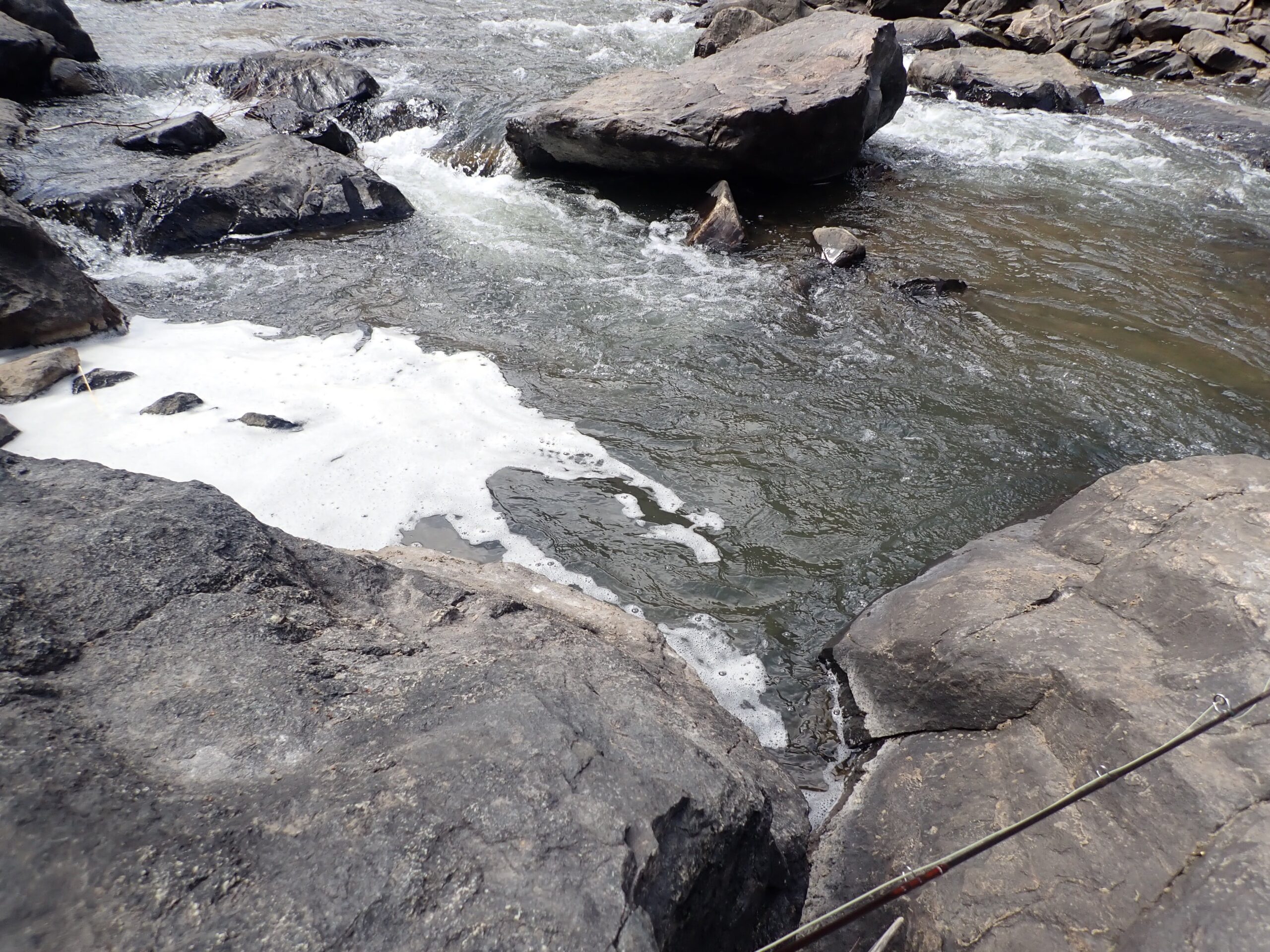
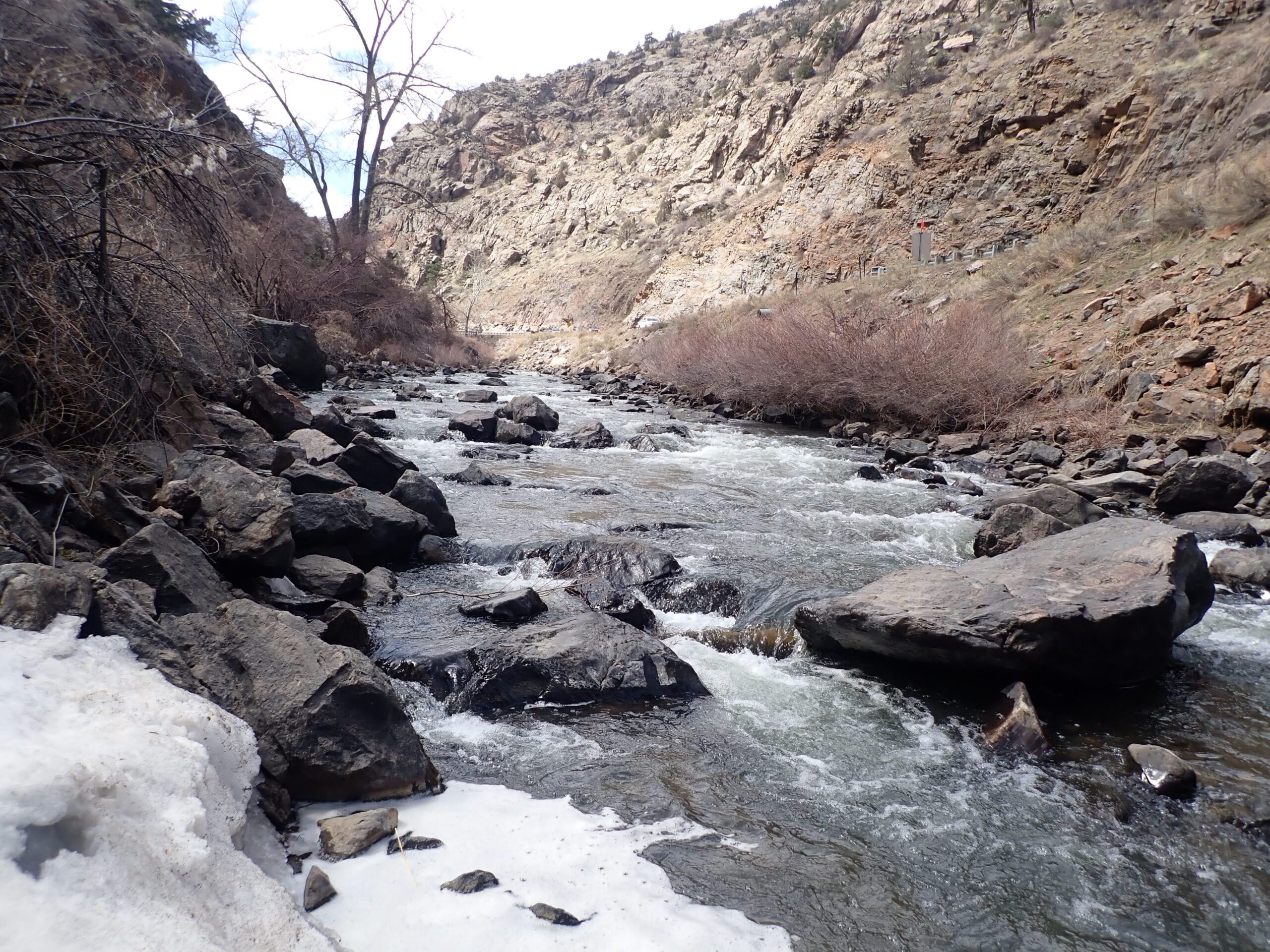
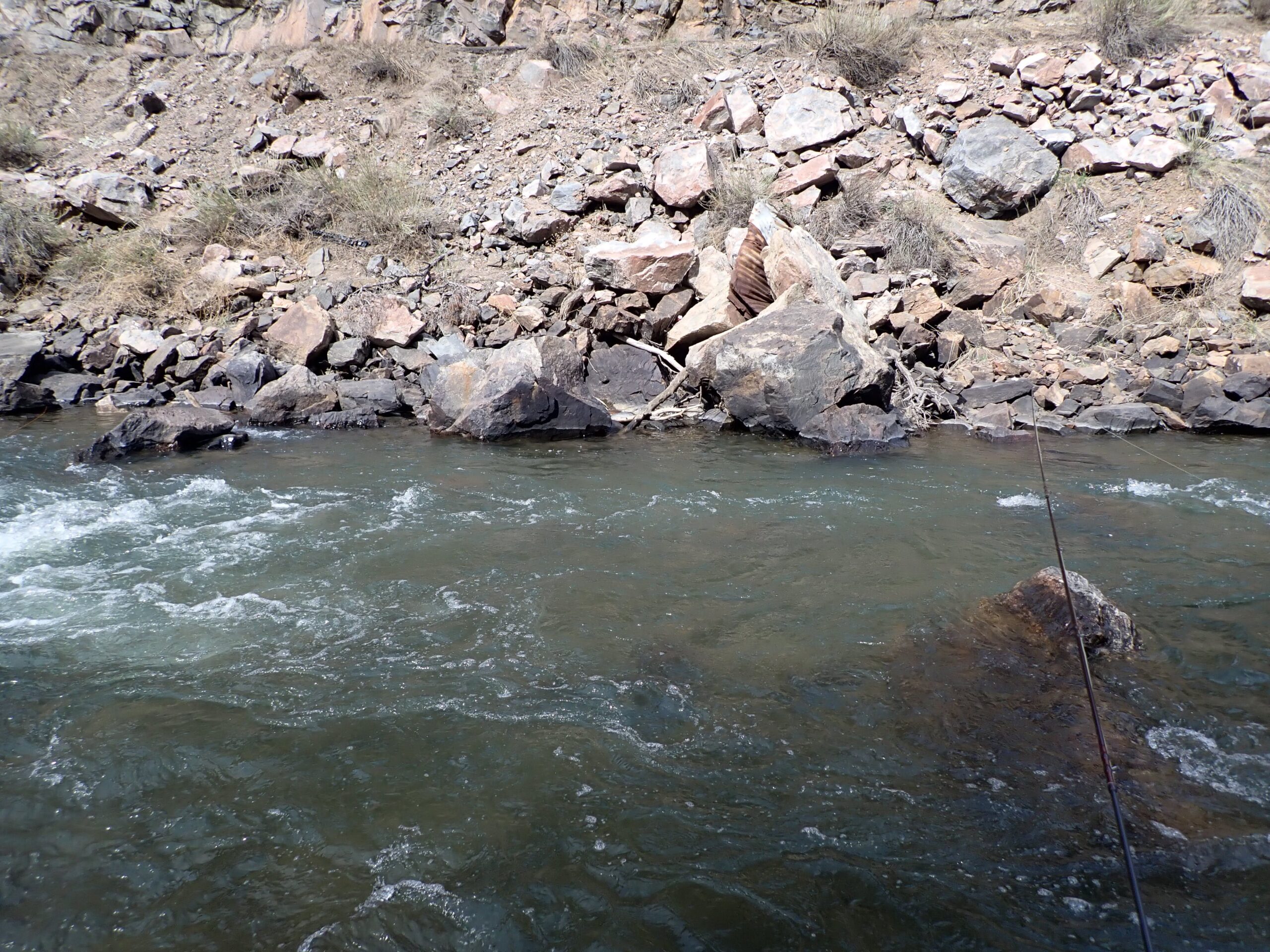
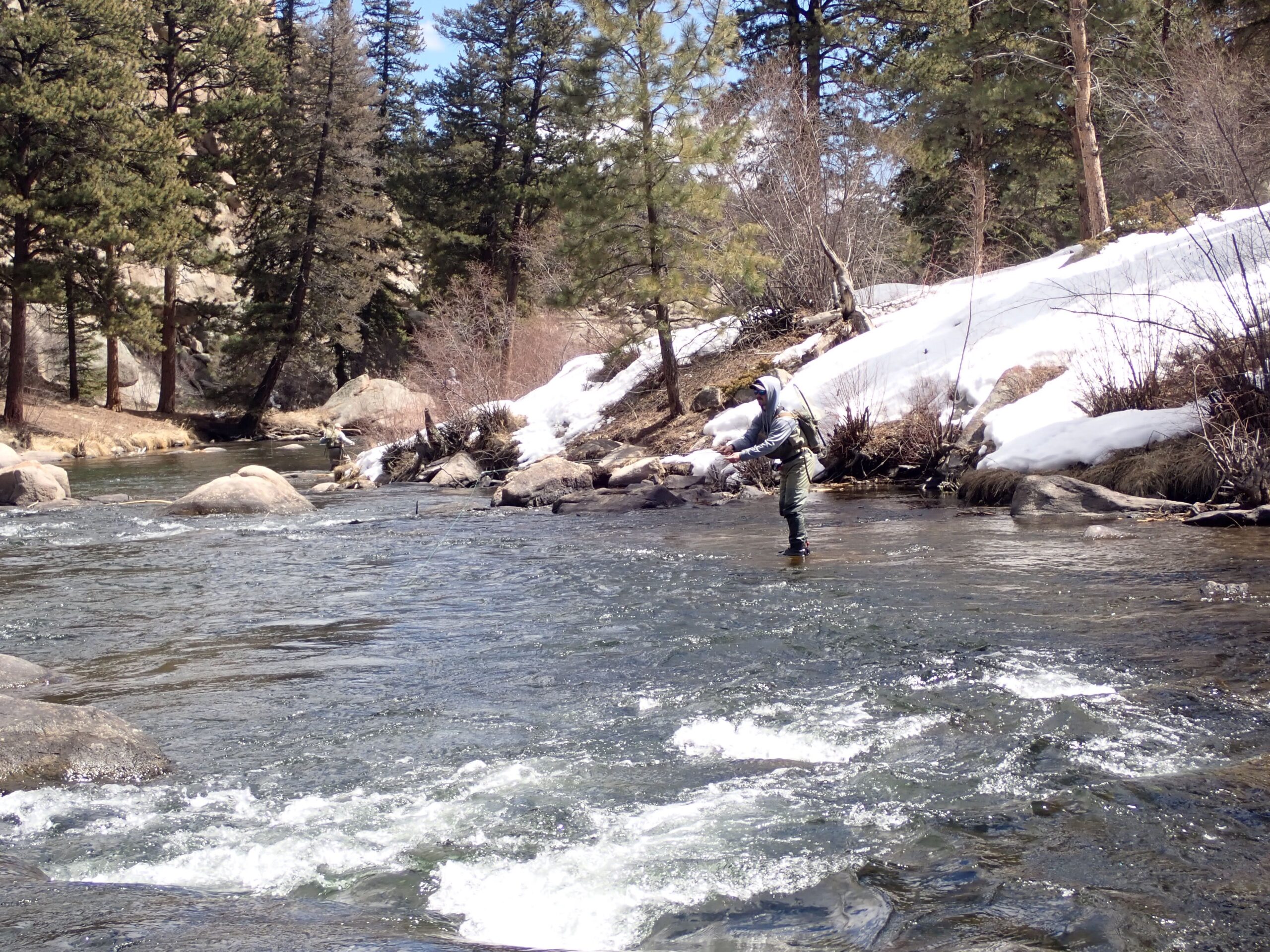
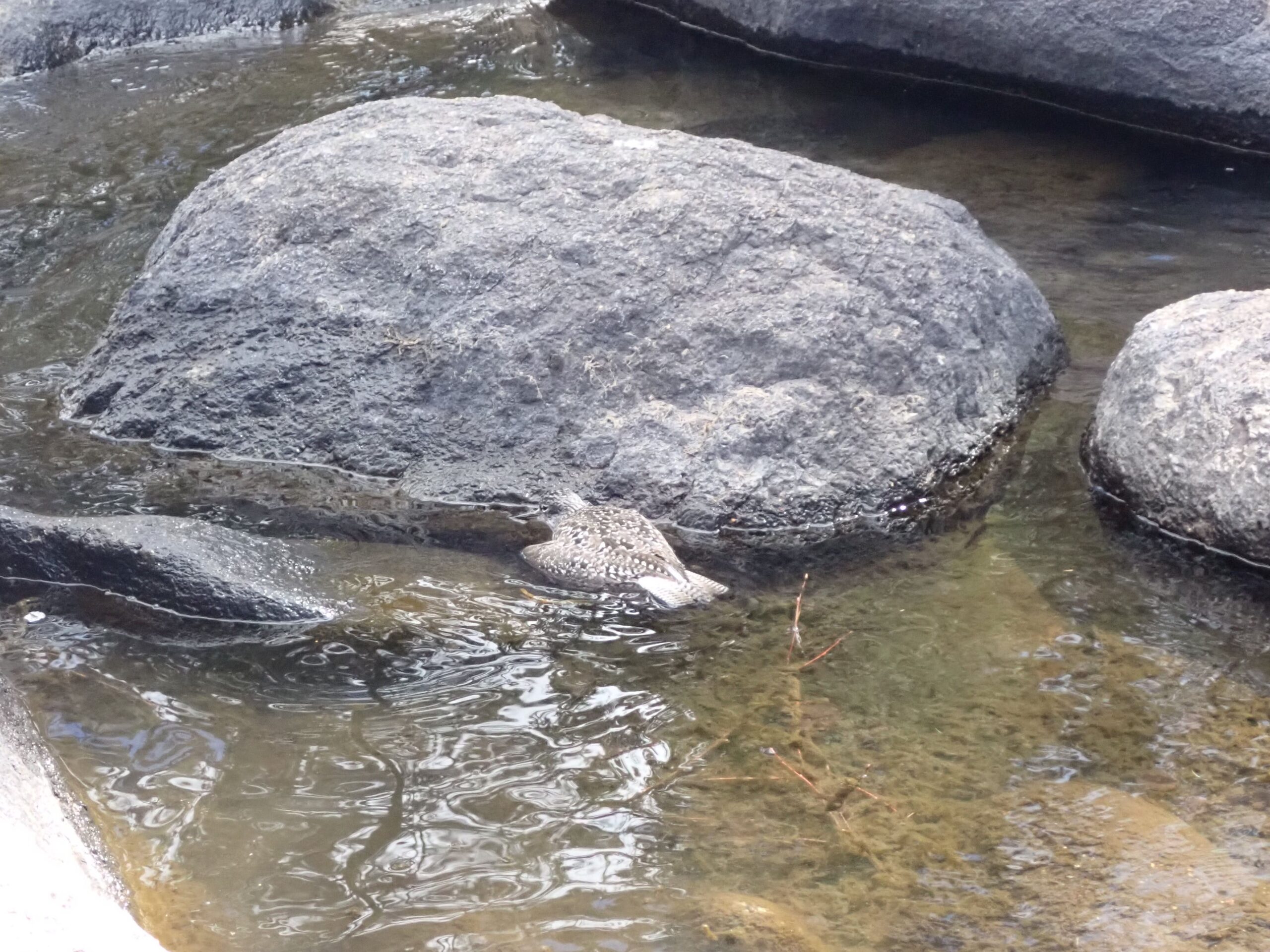 Injured Bird
Injured Bird